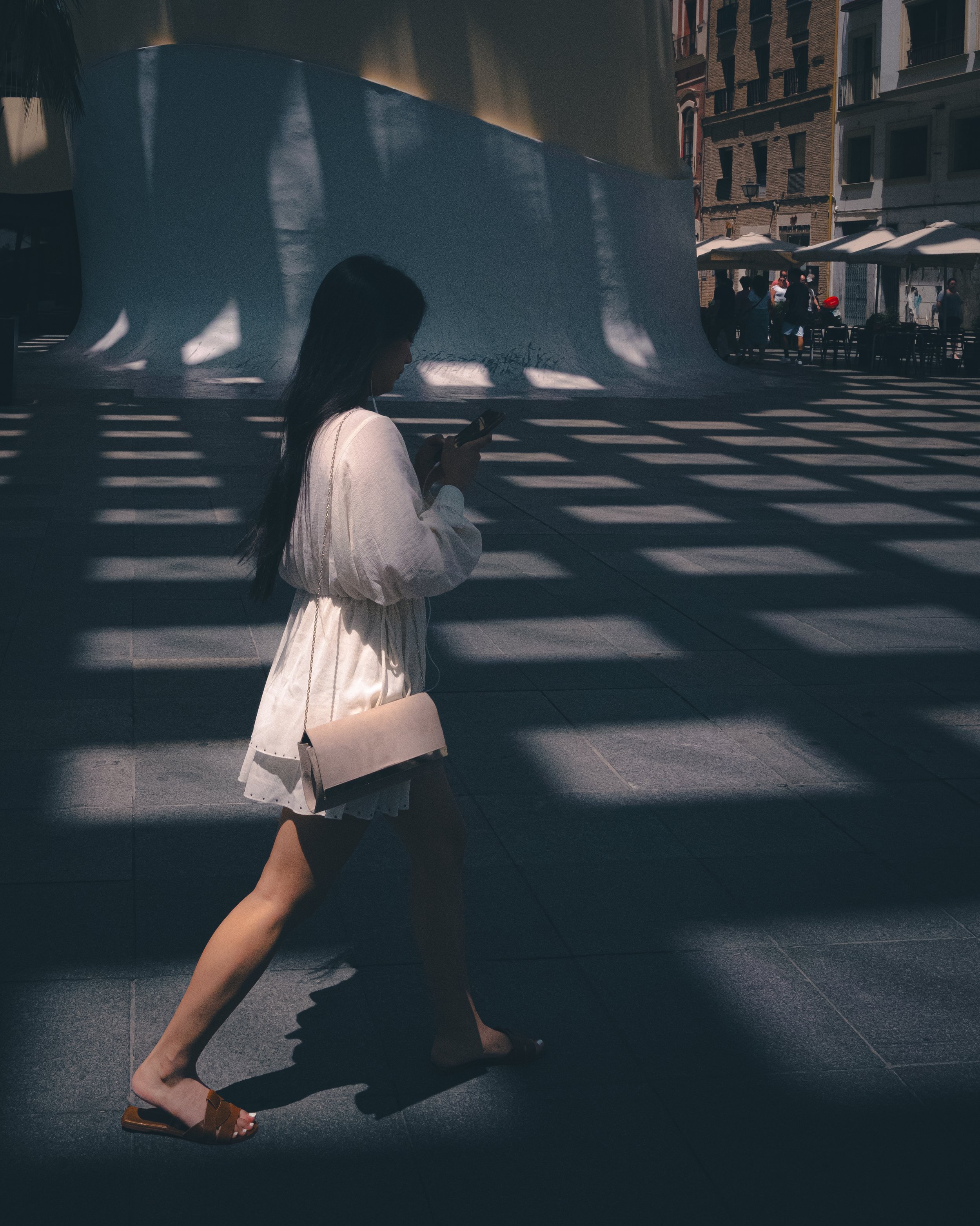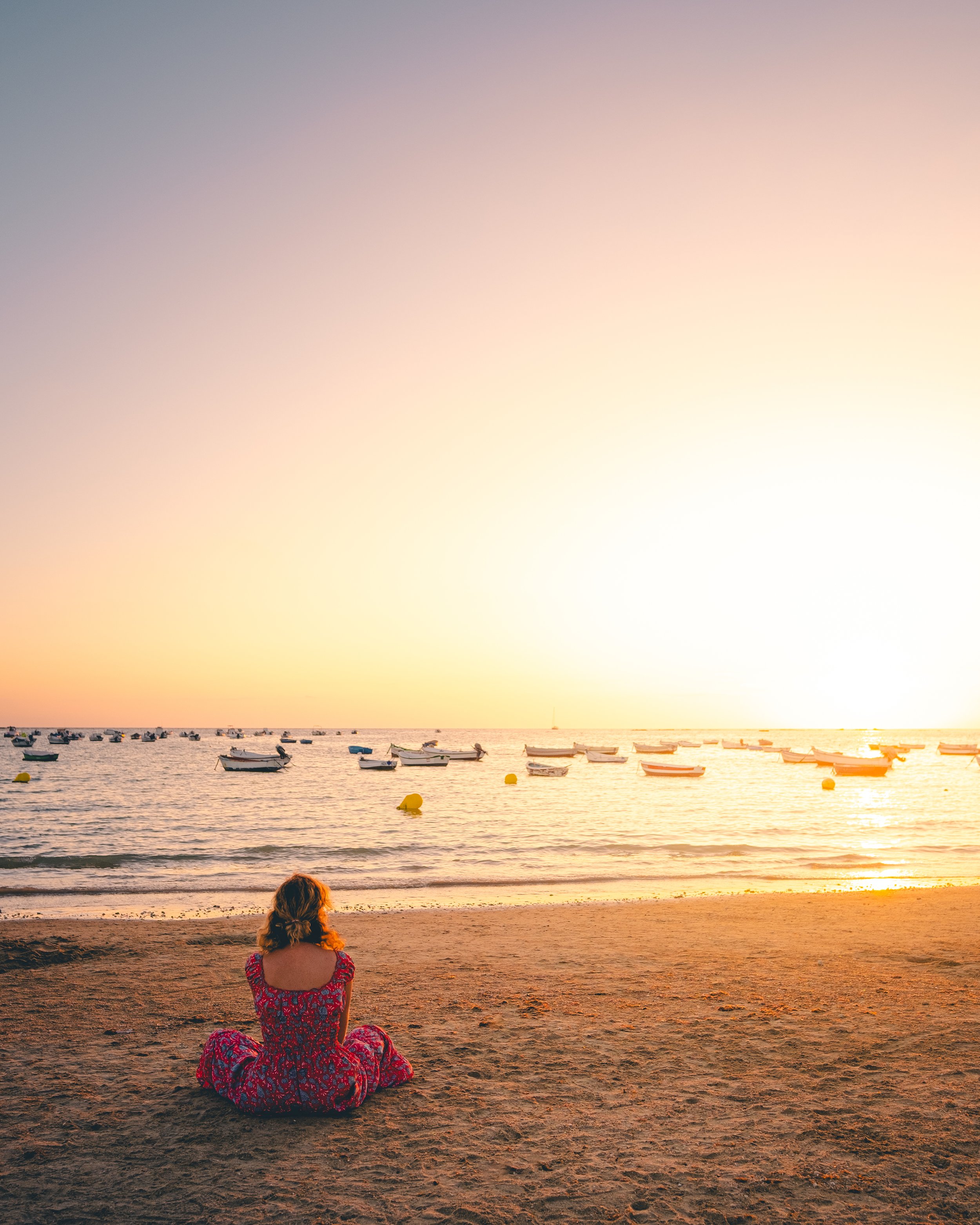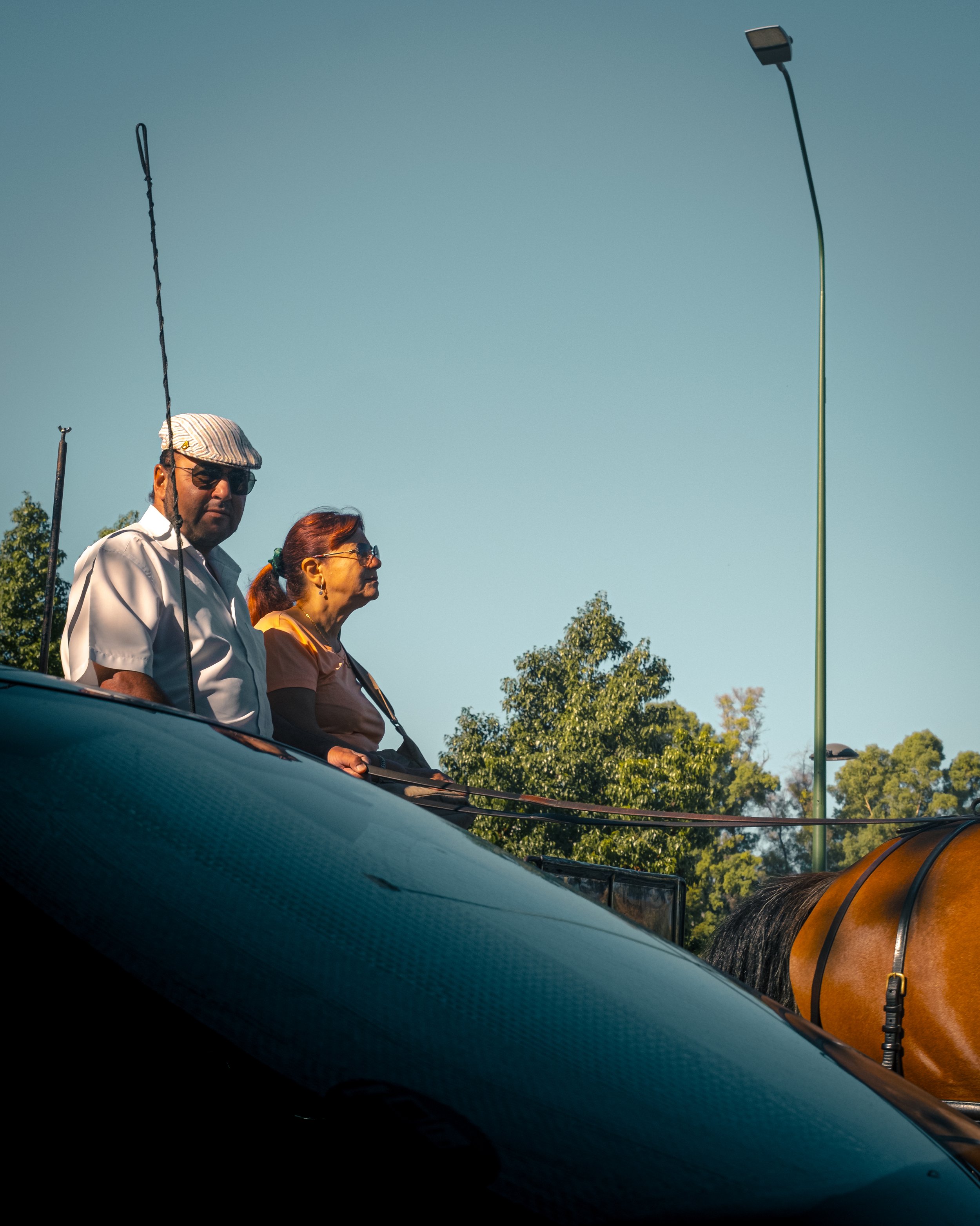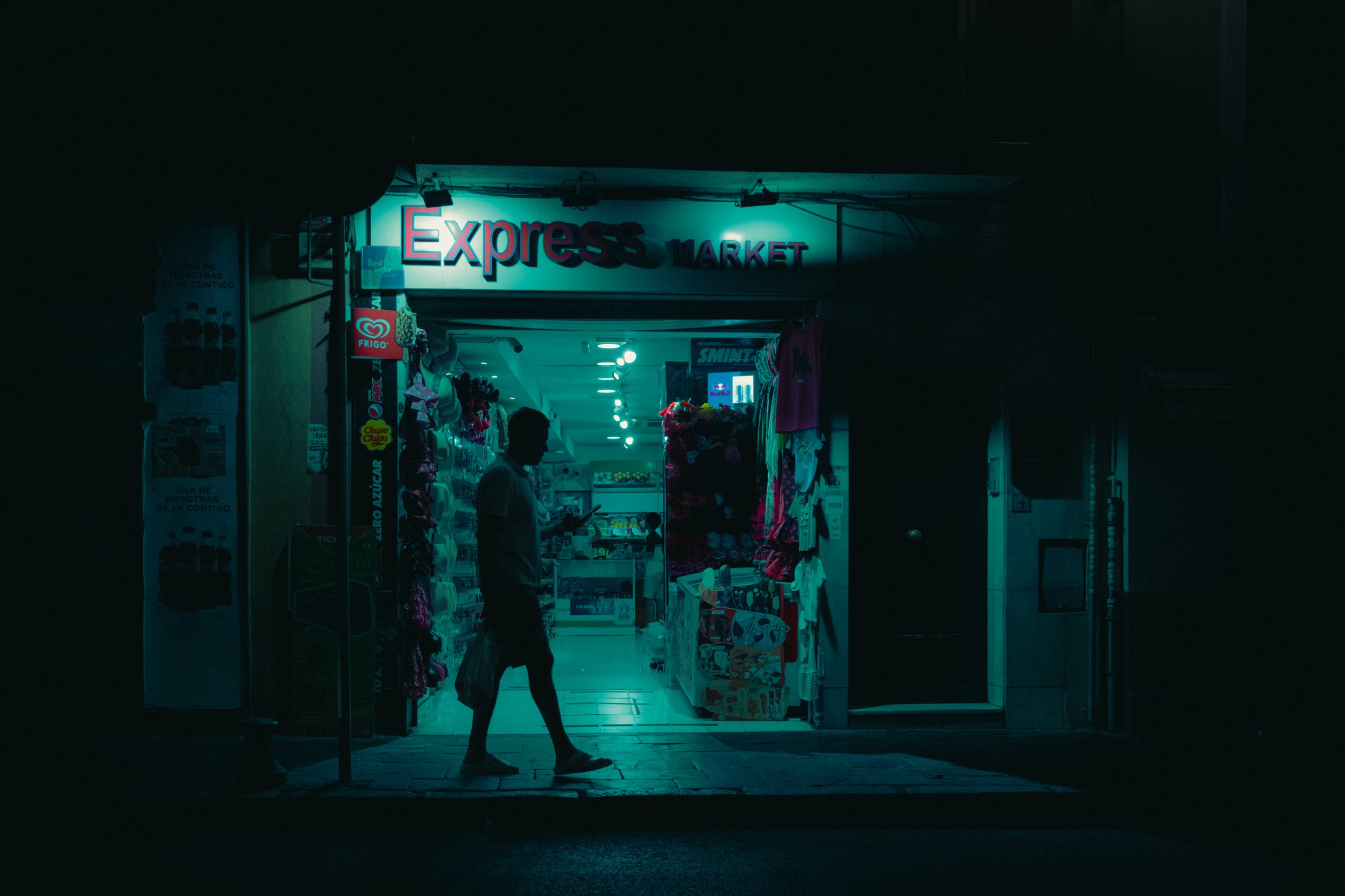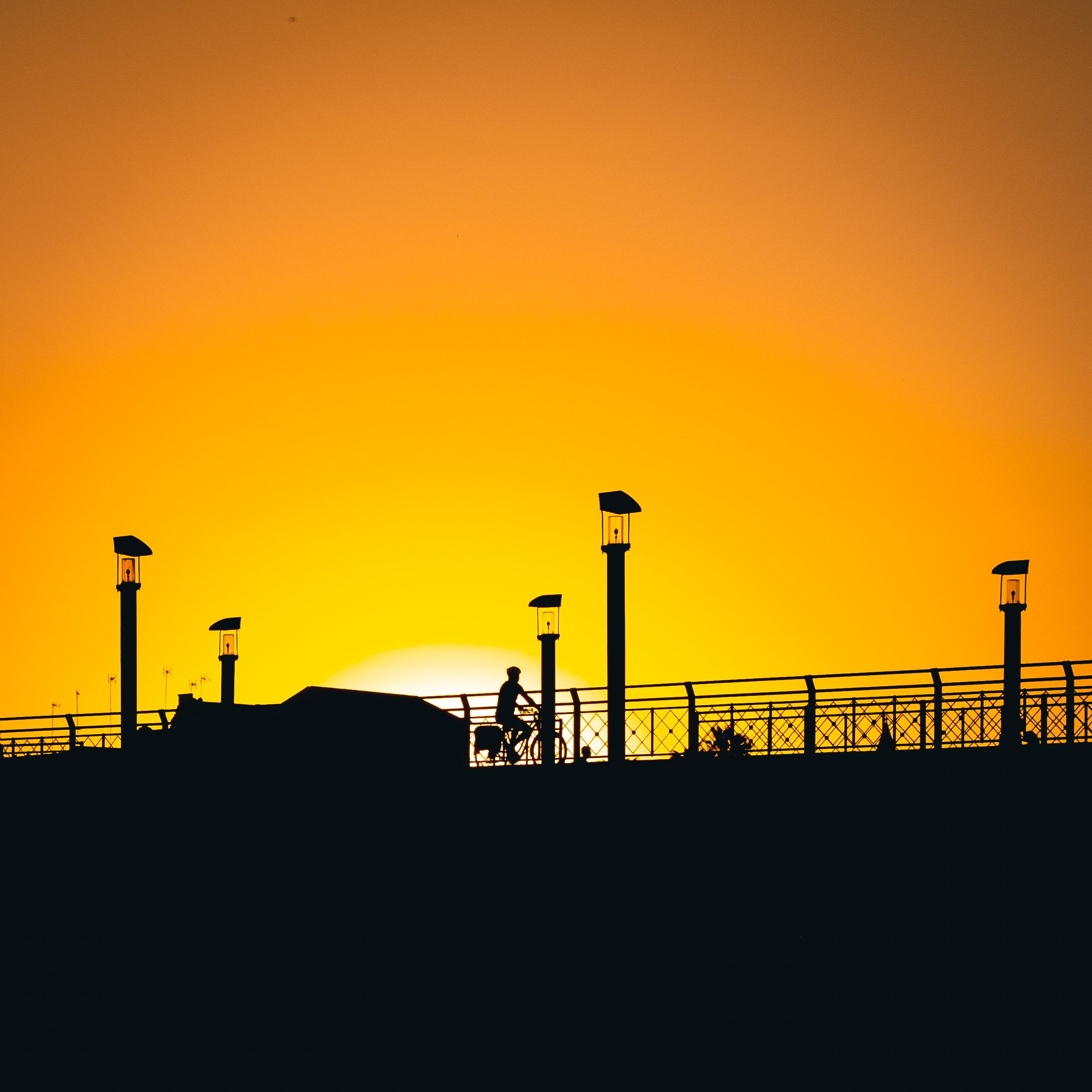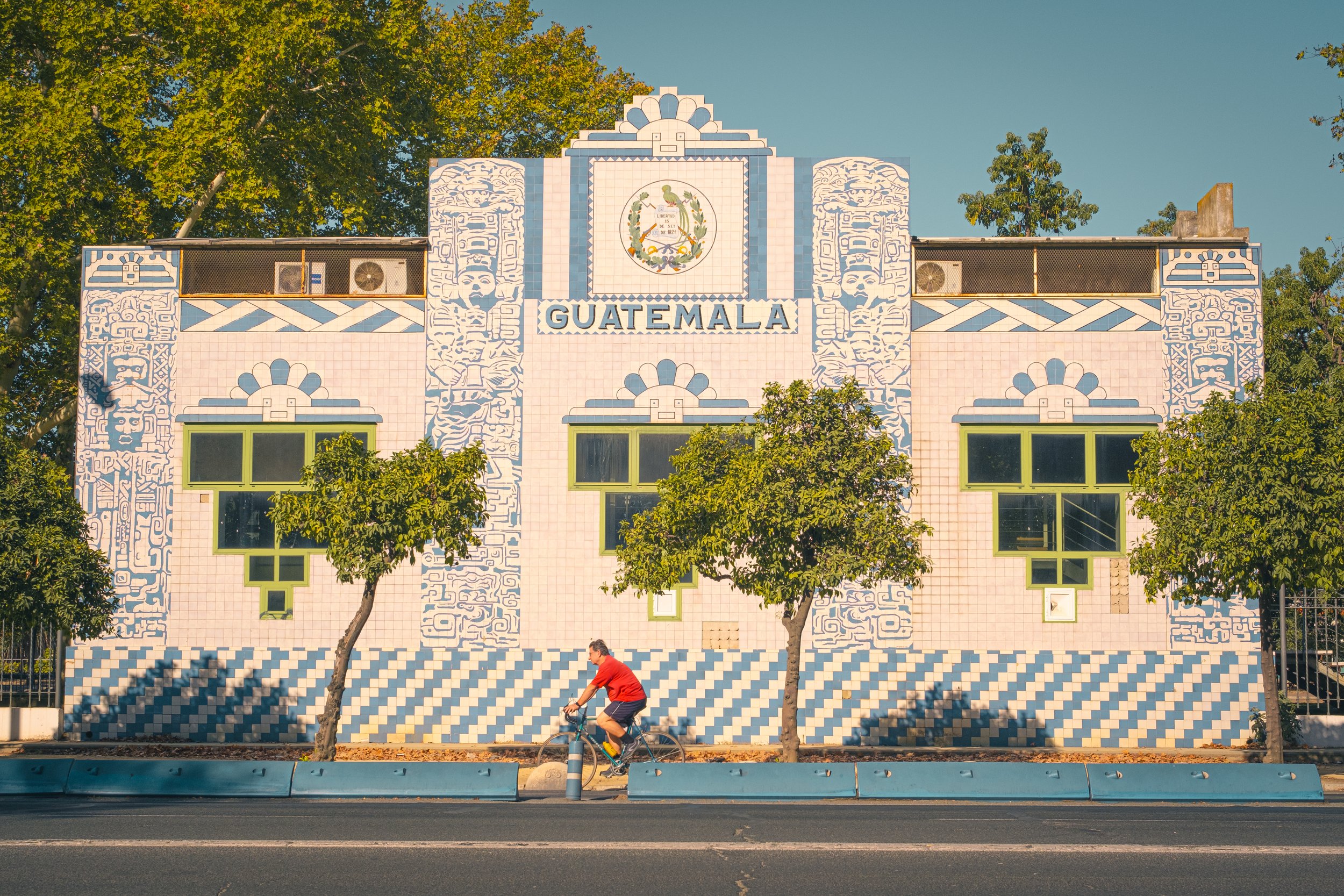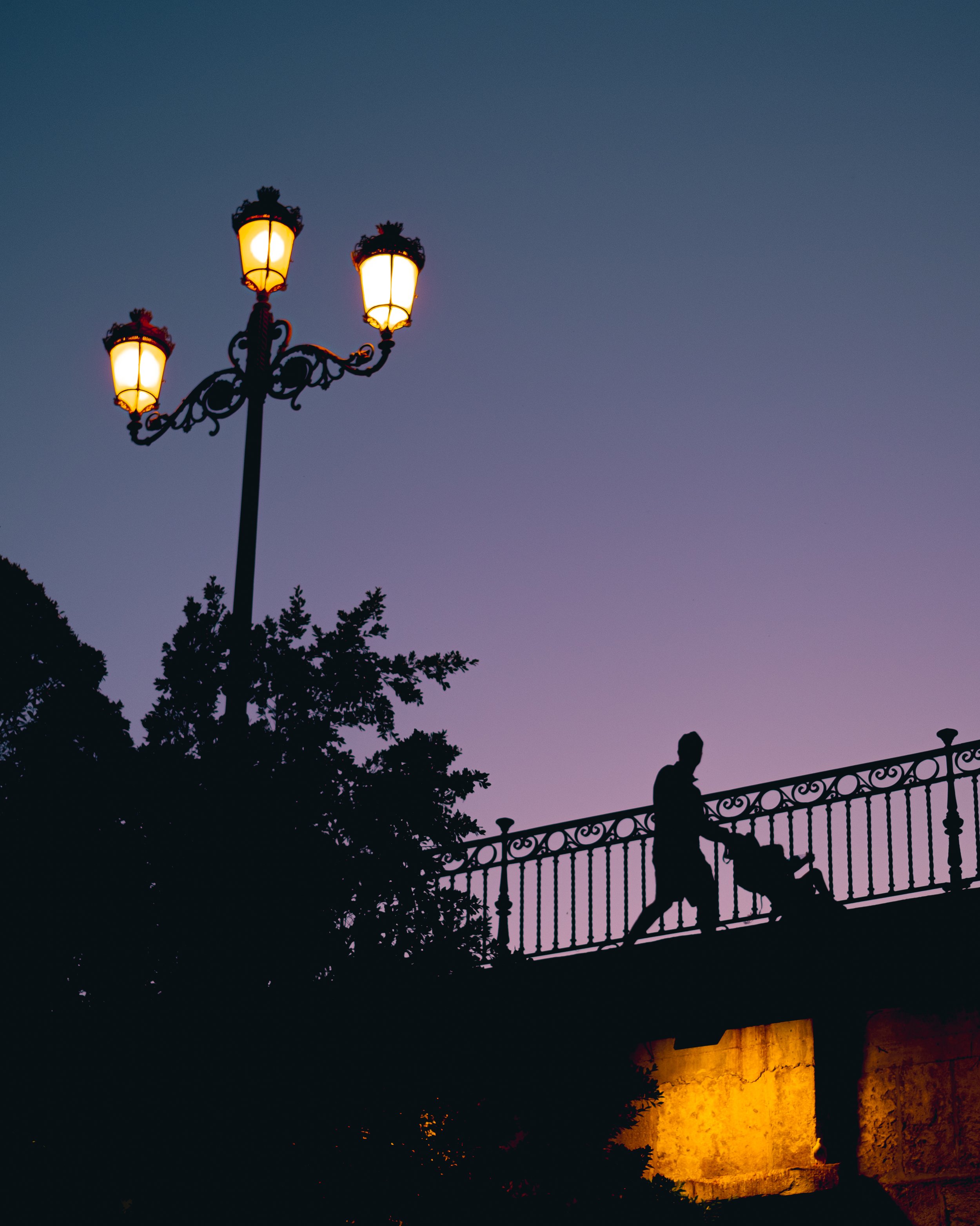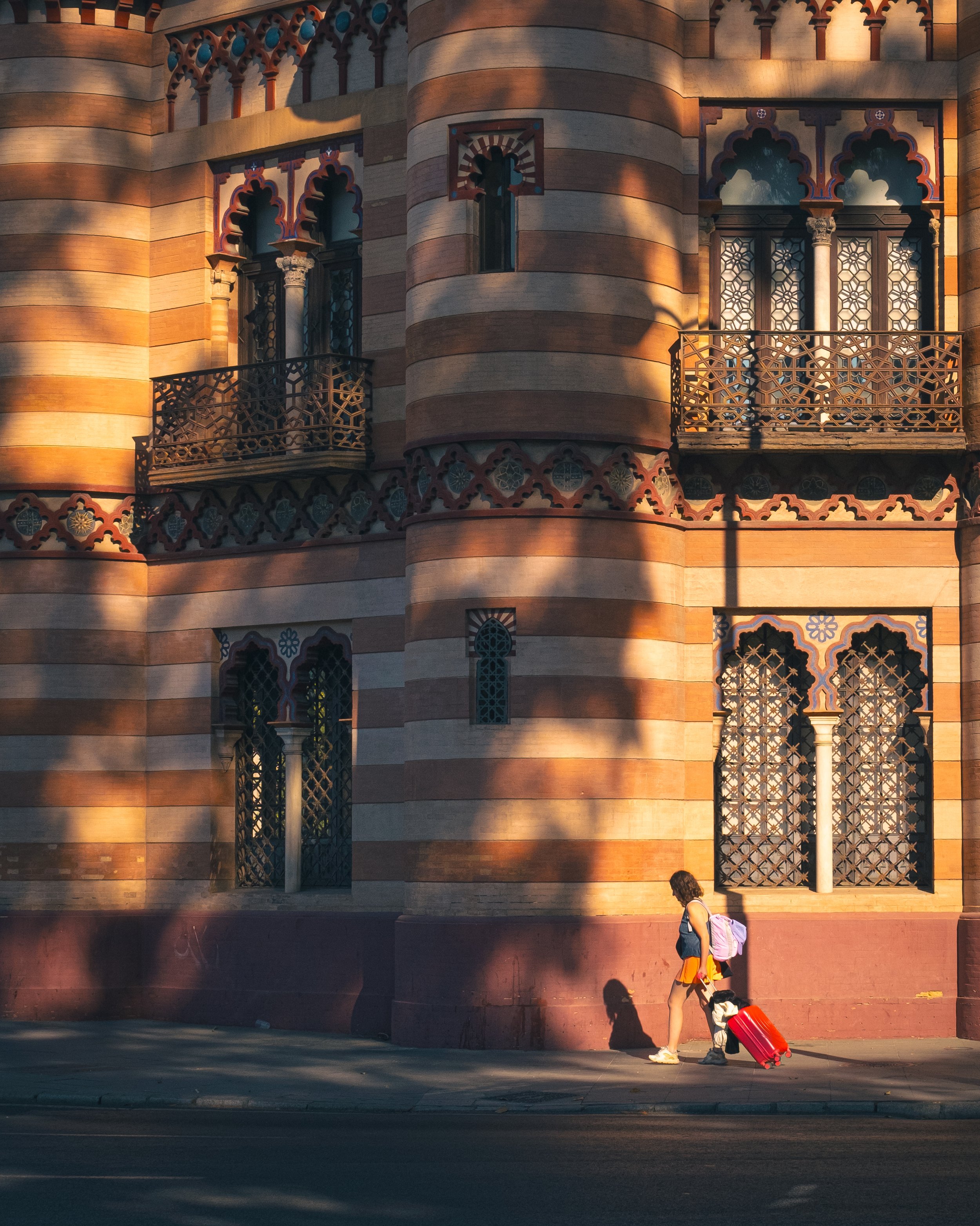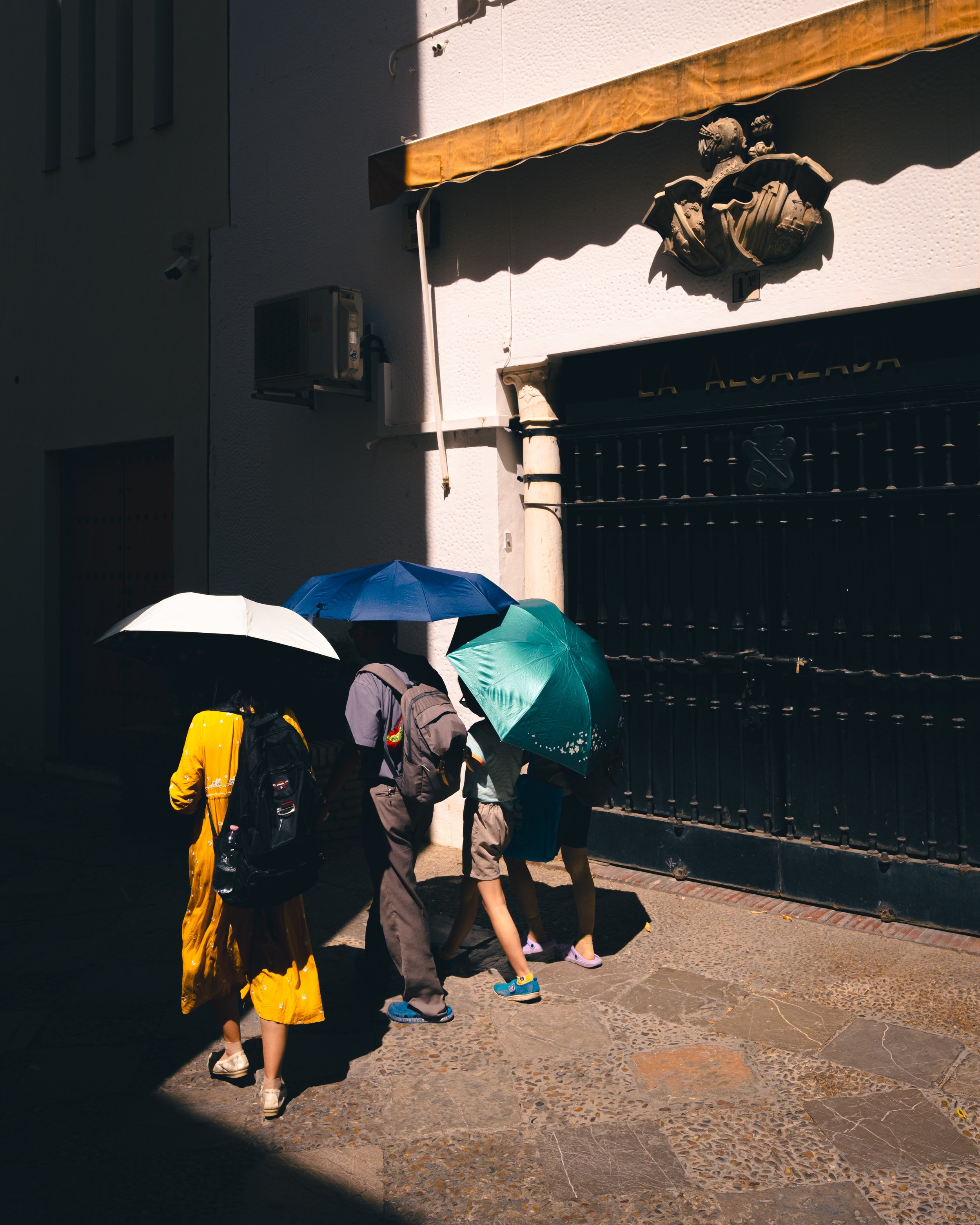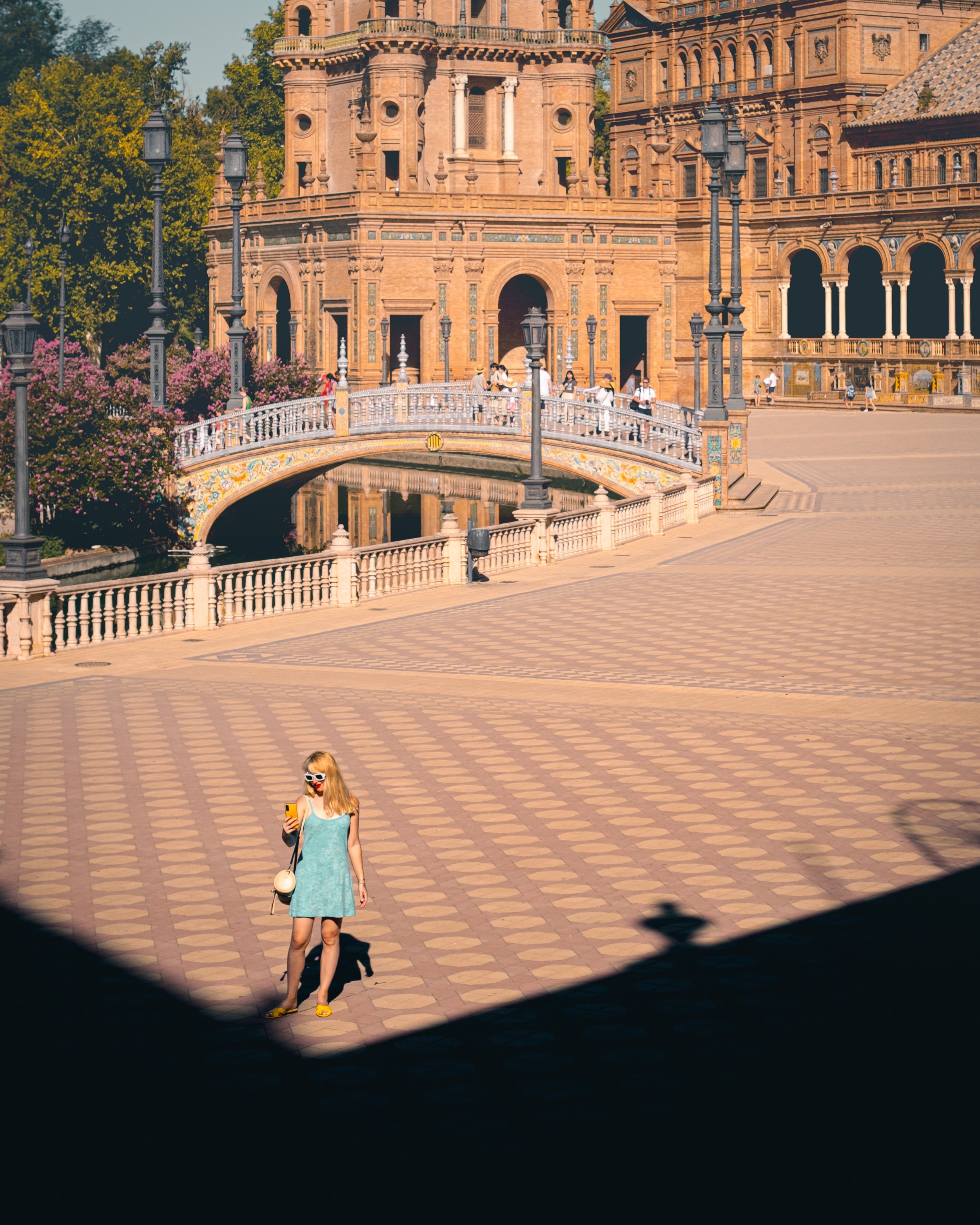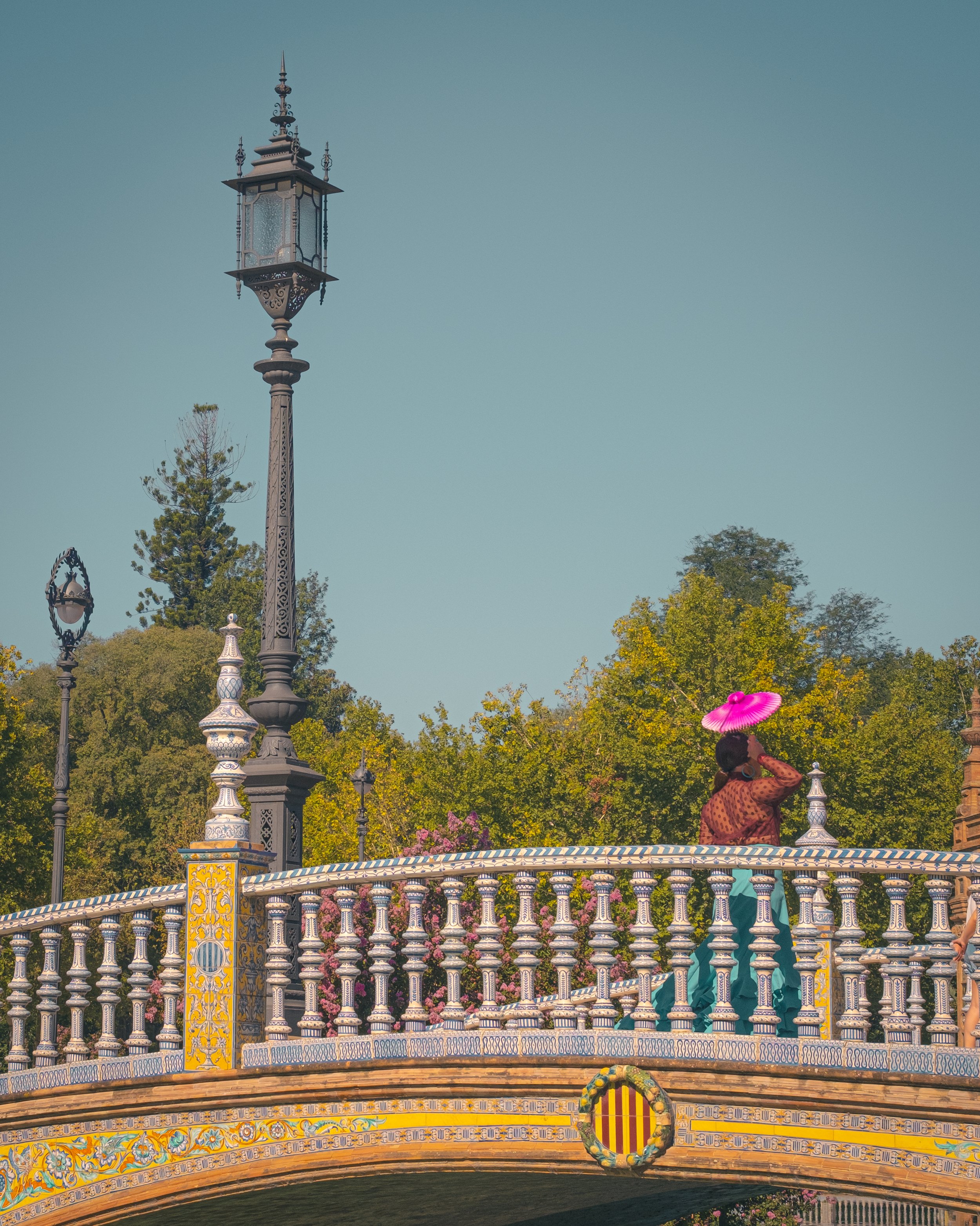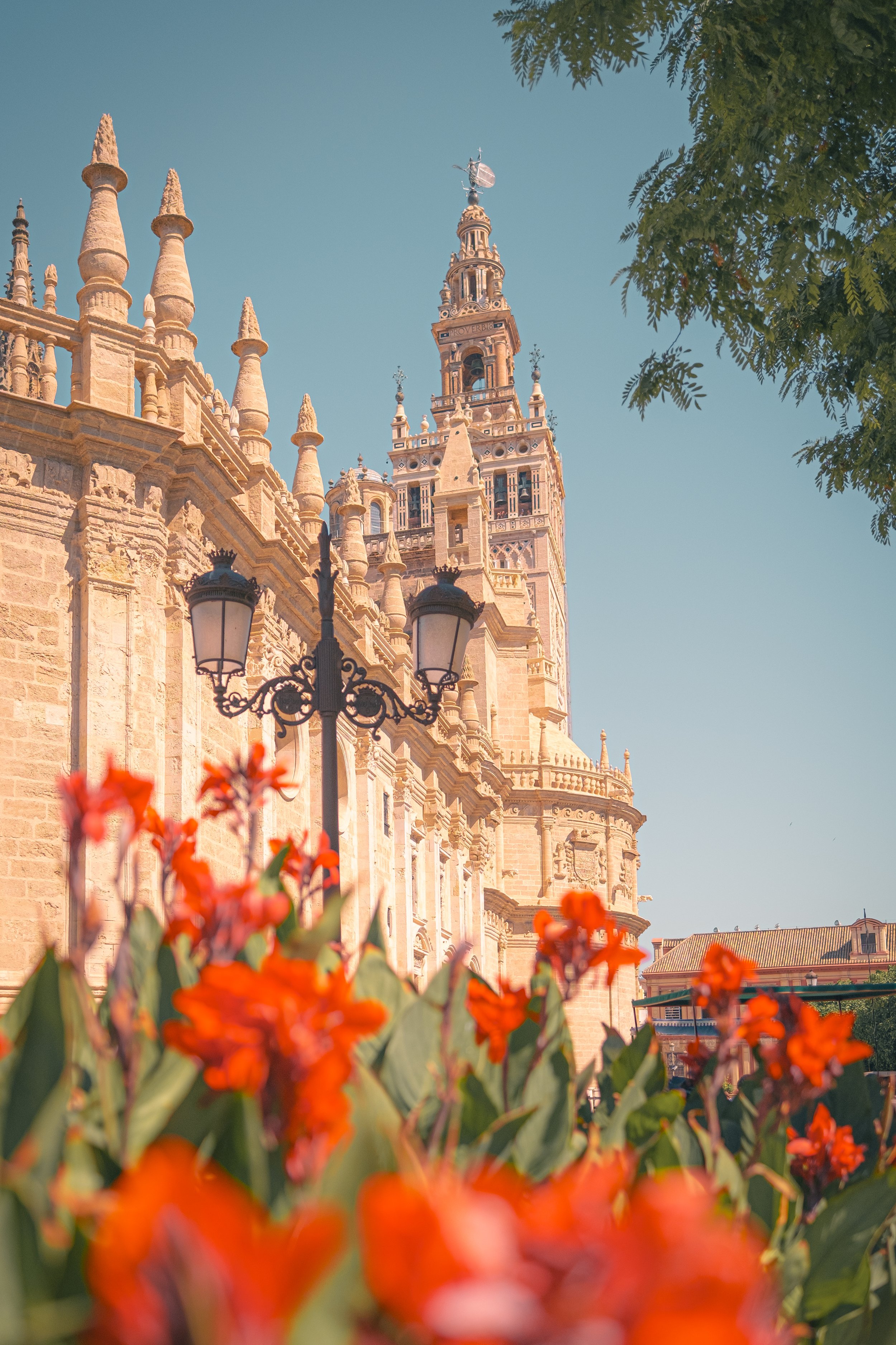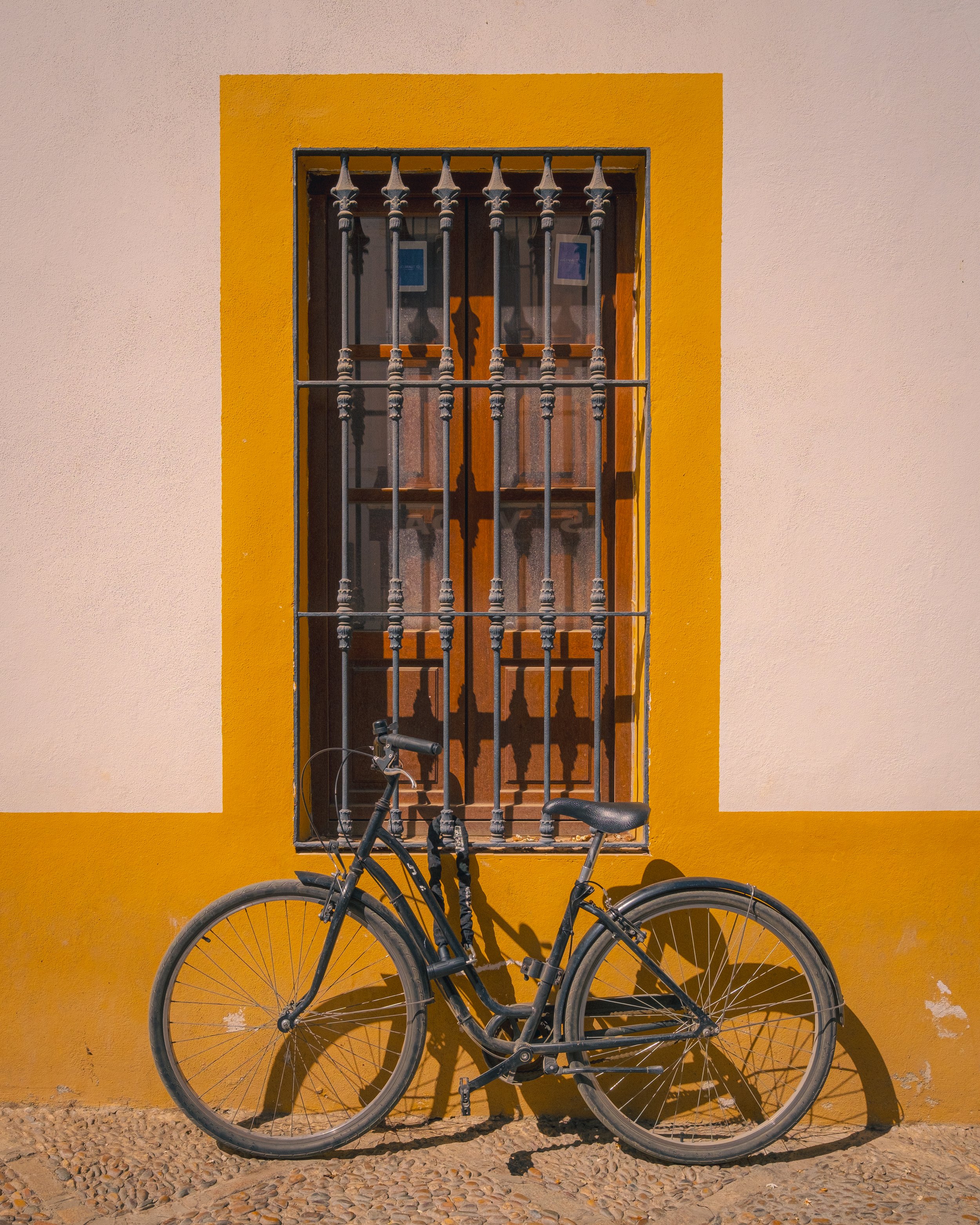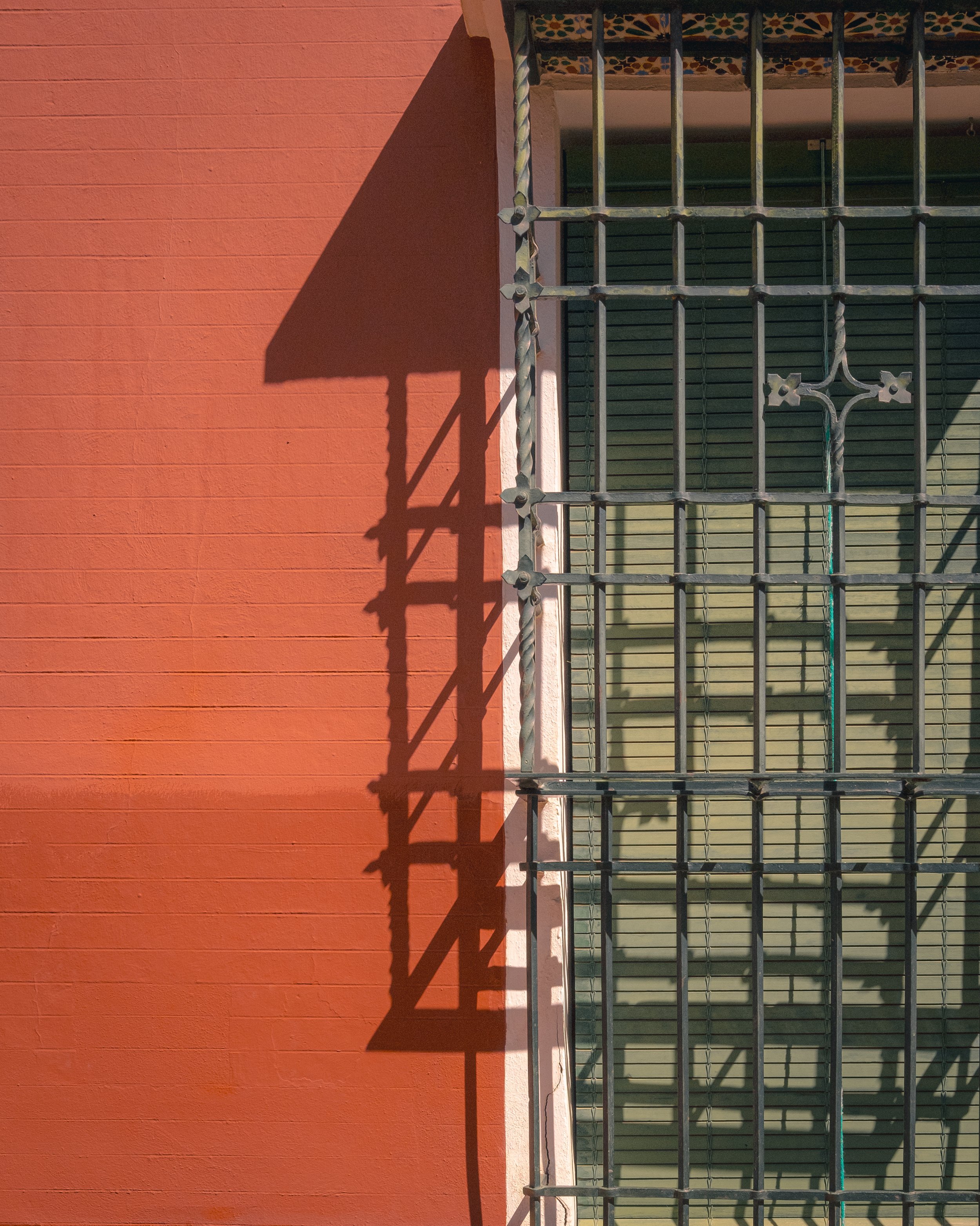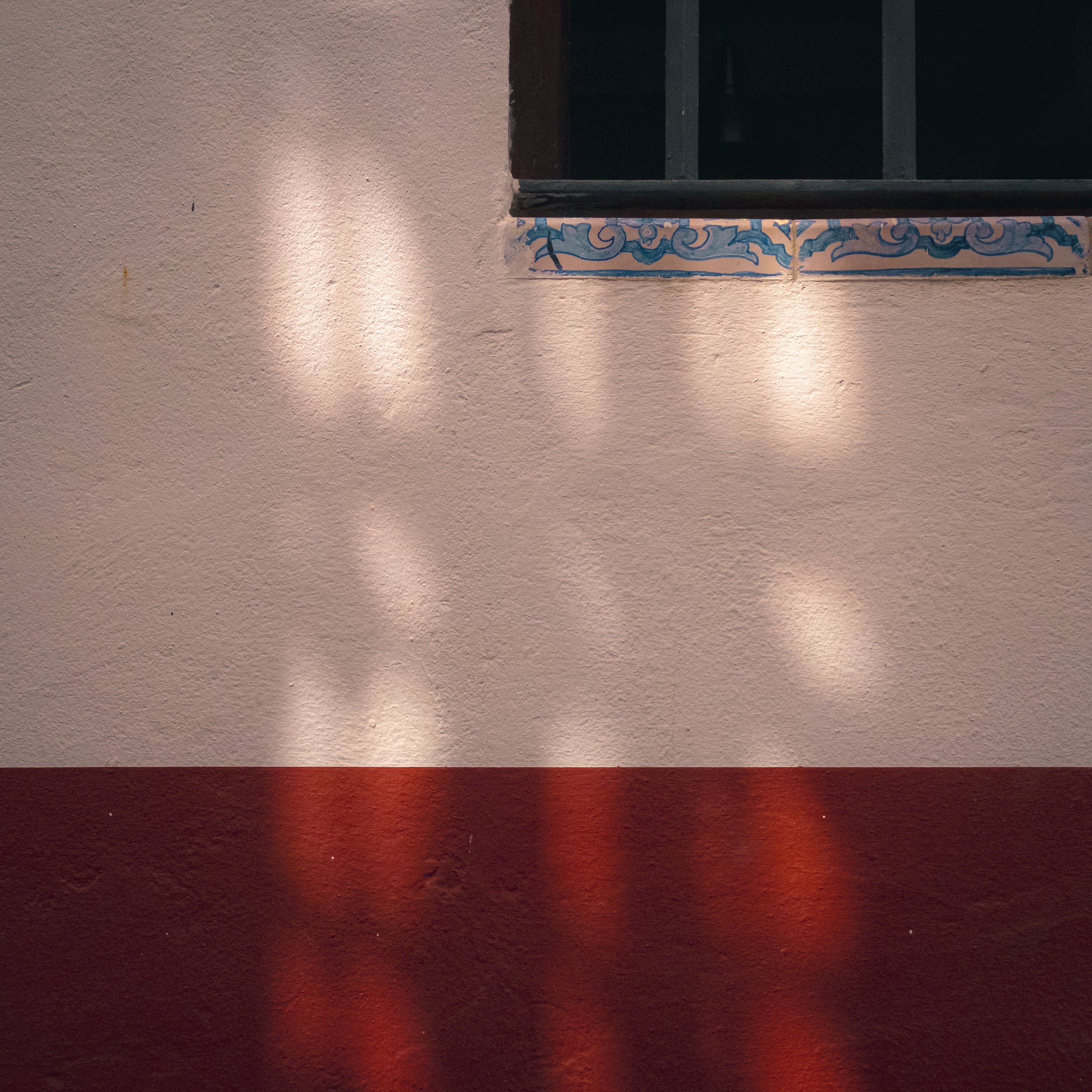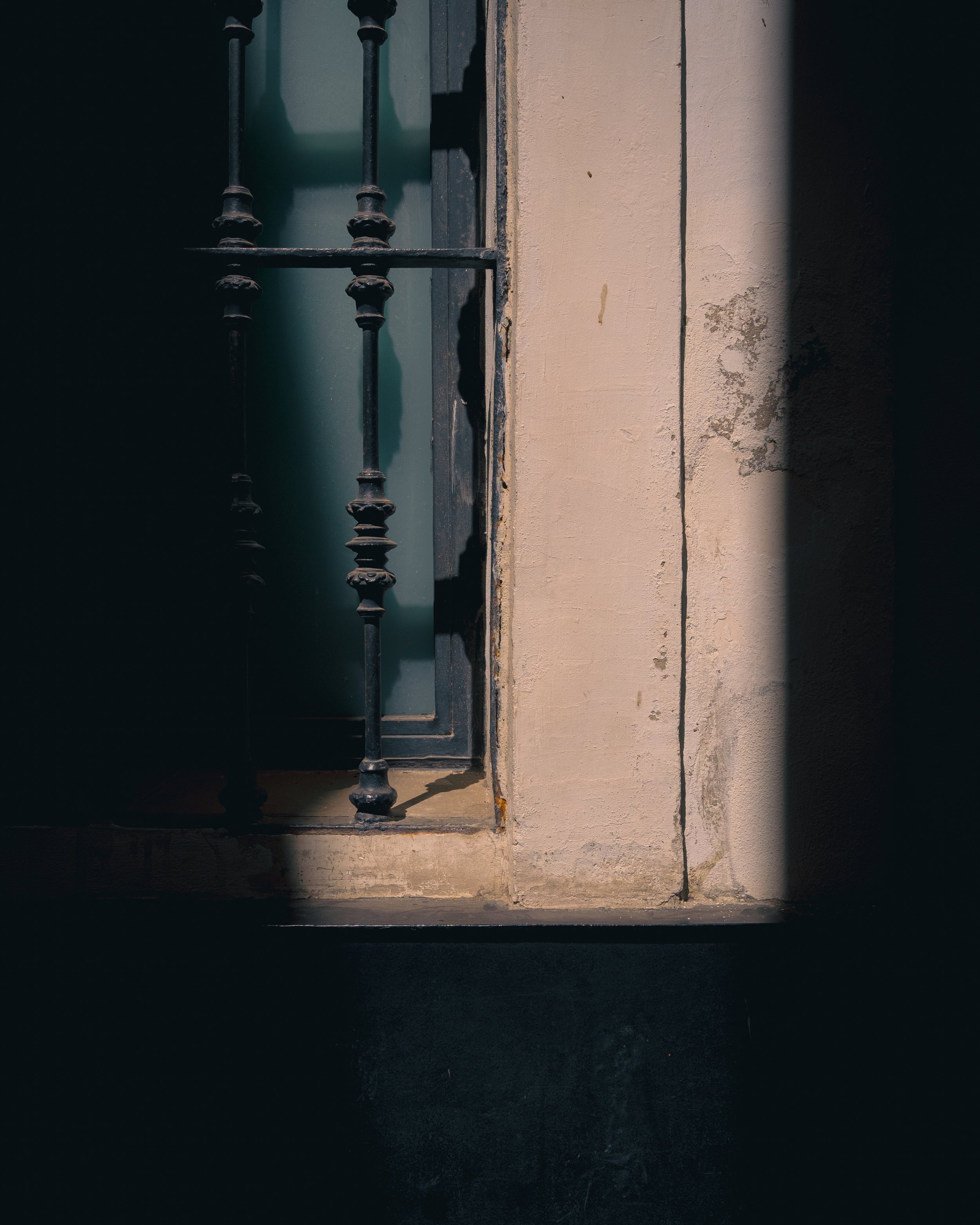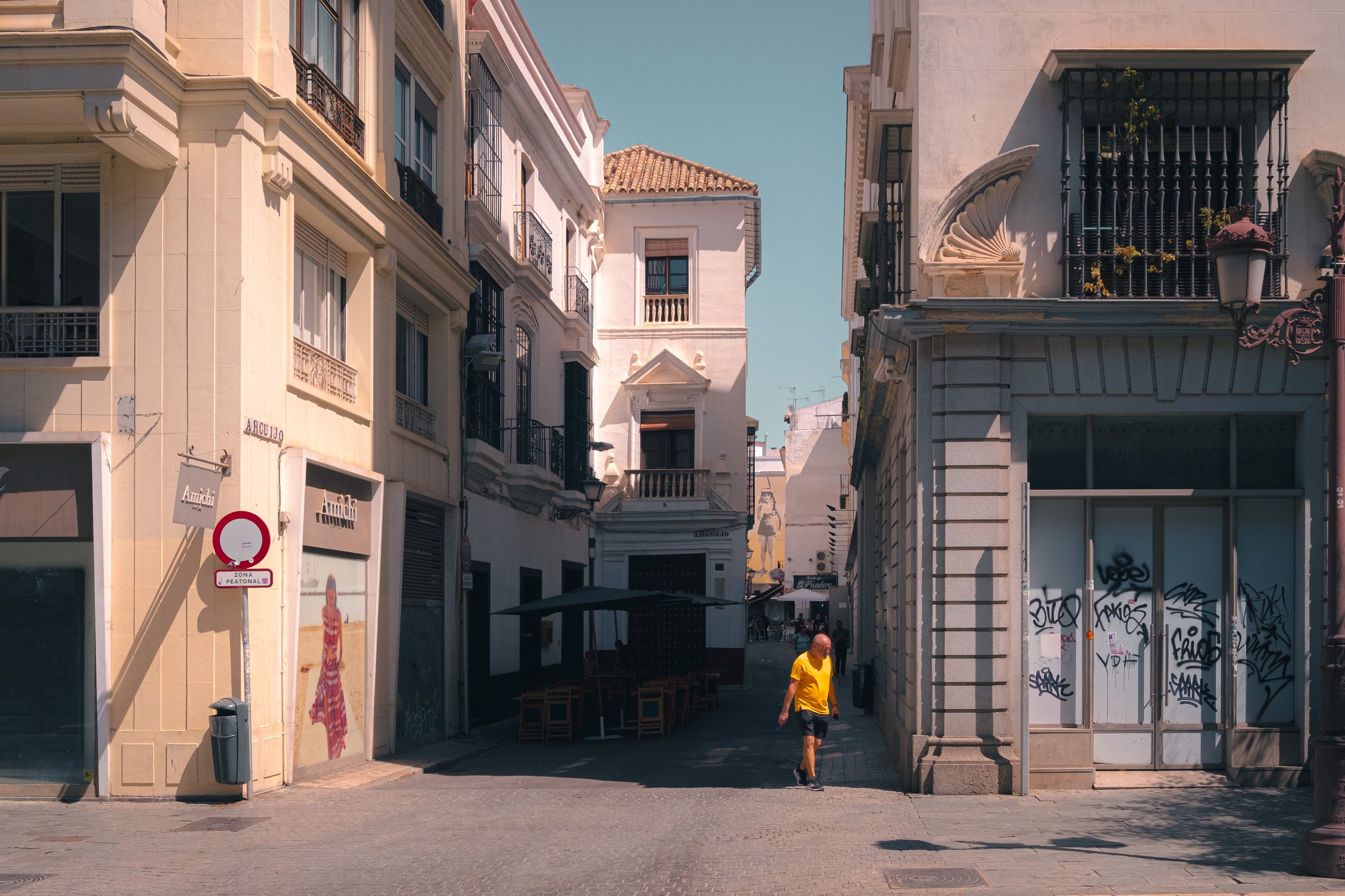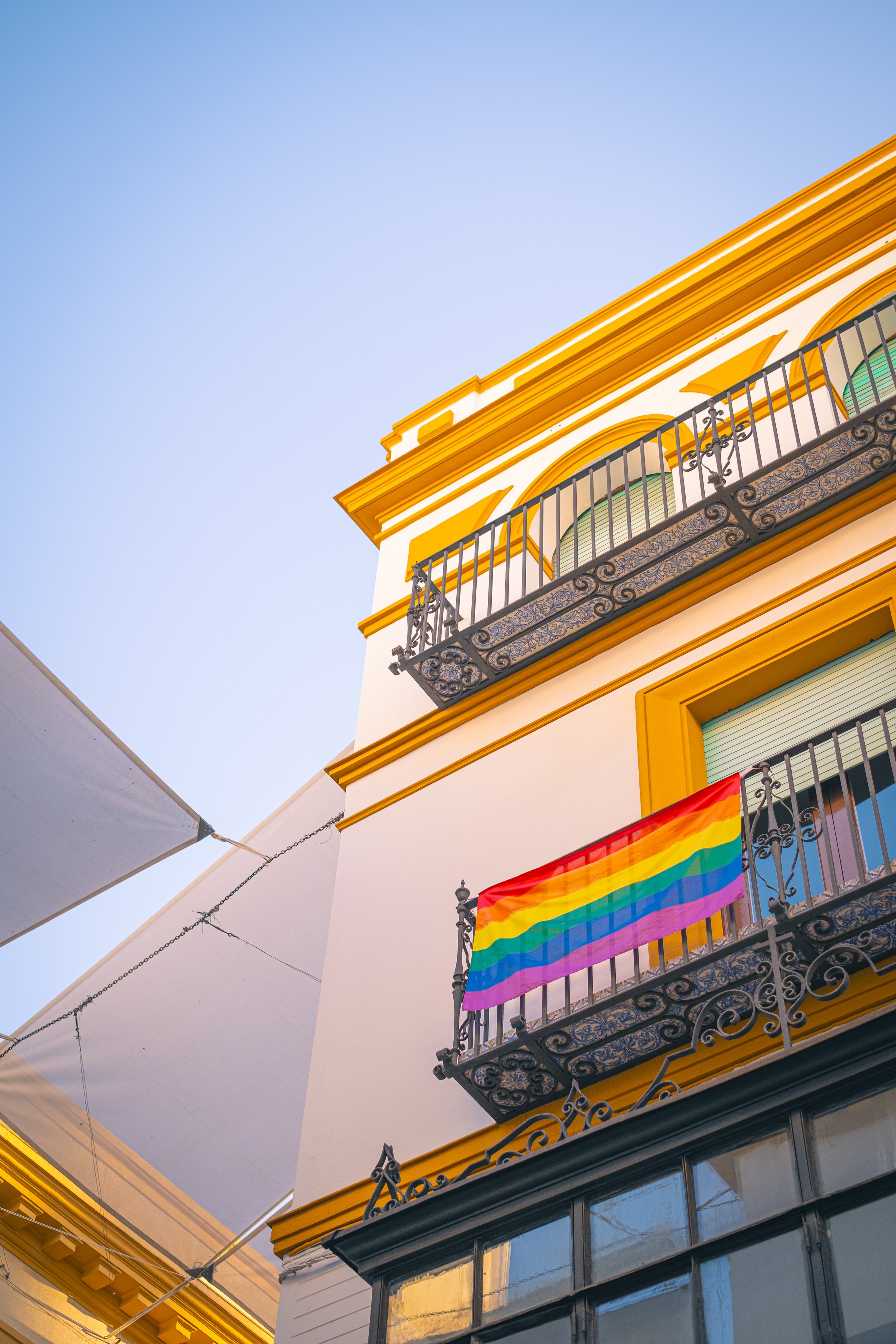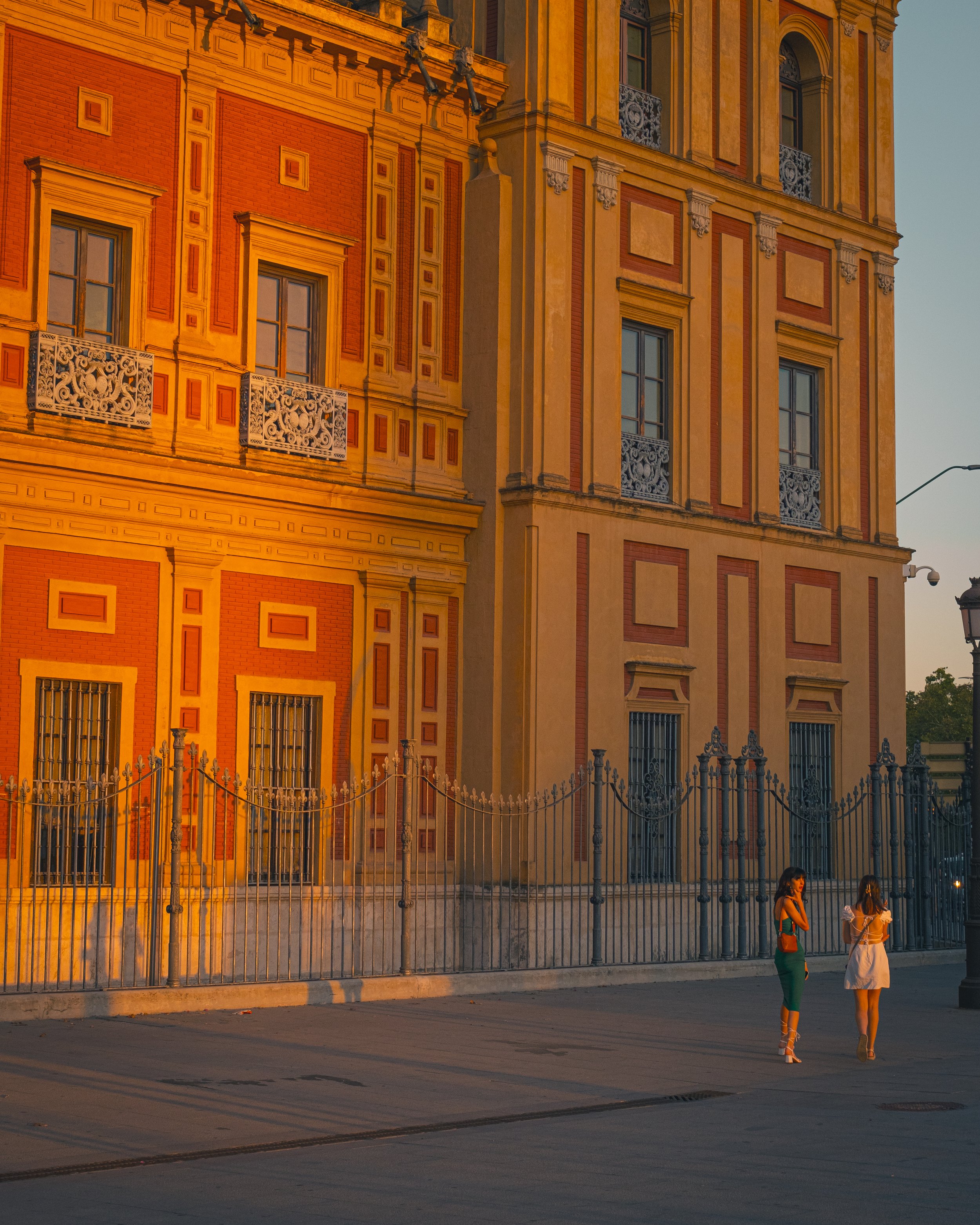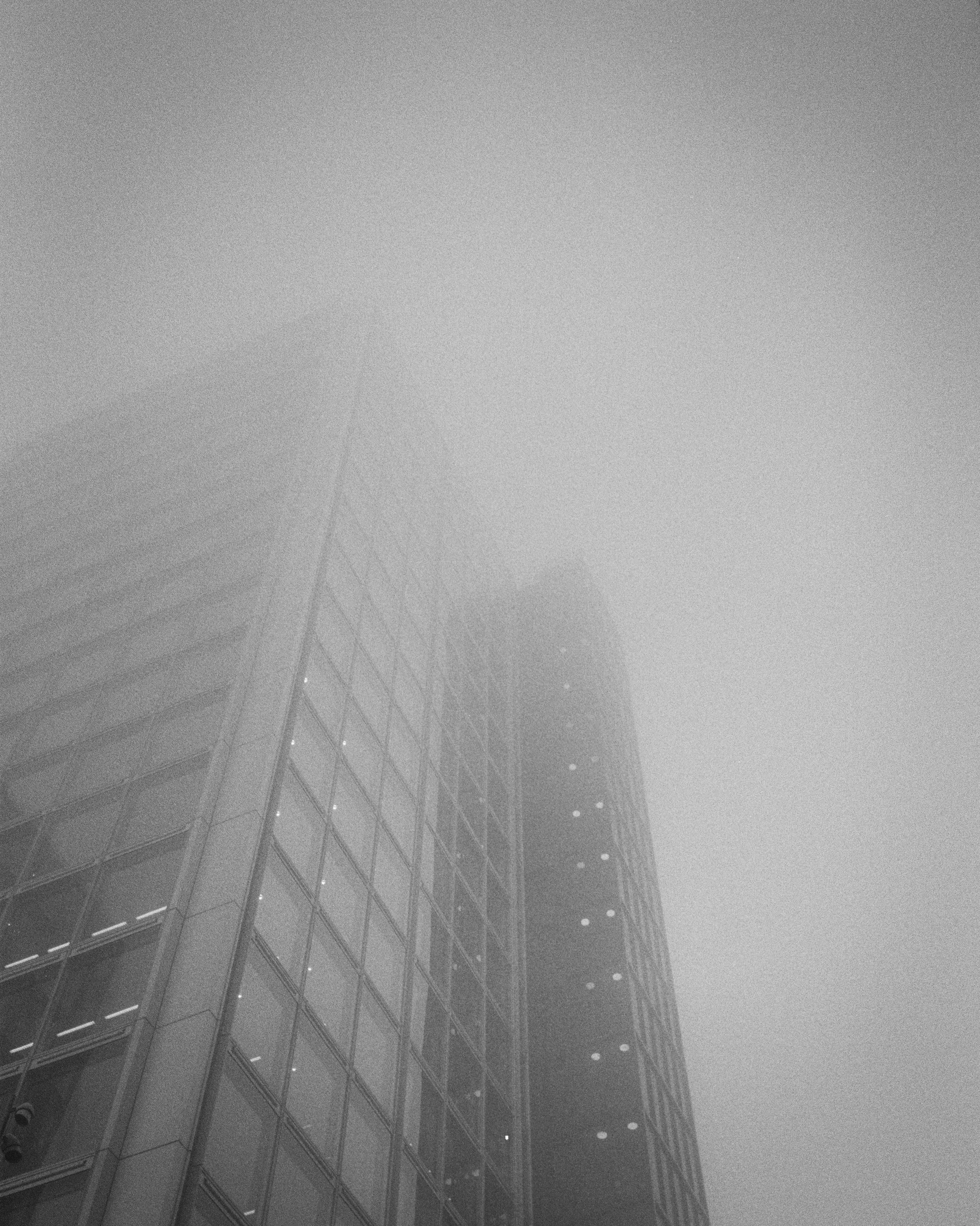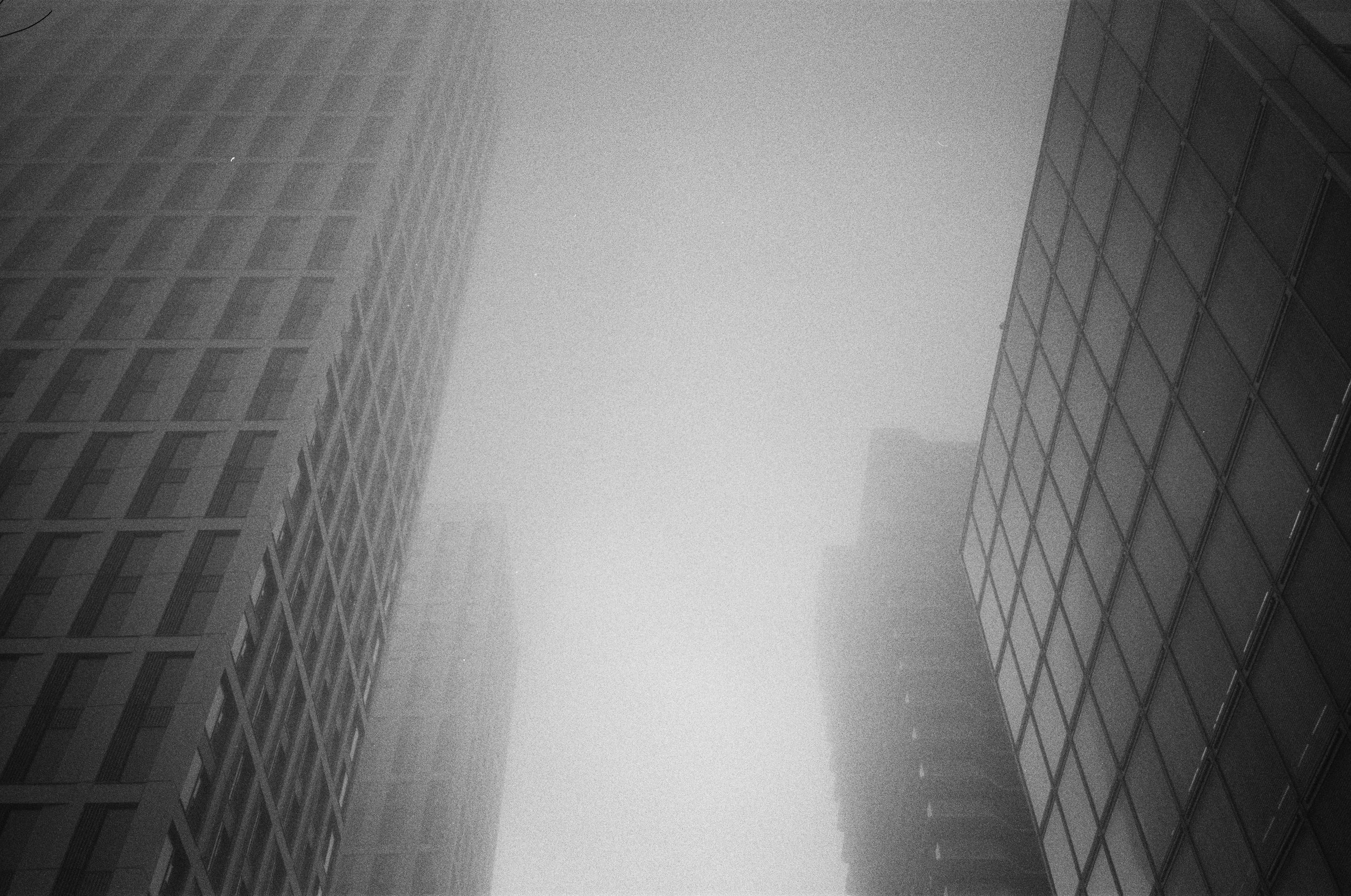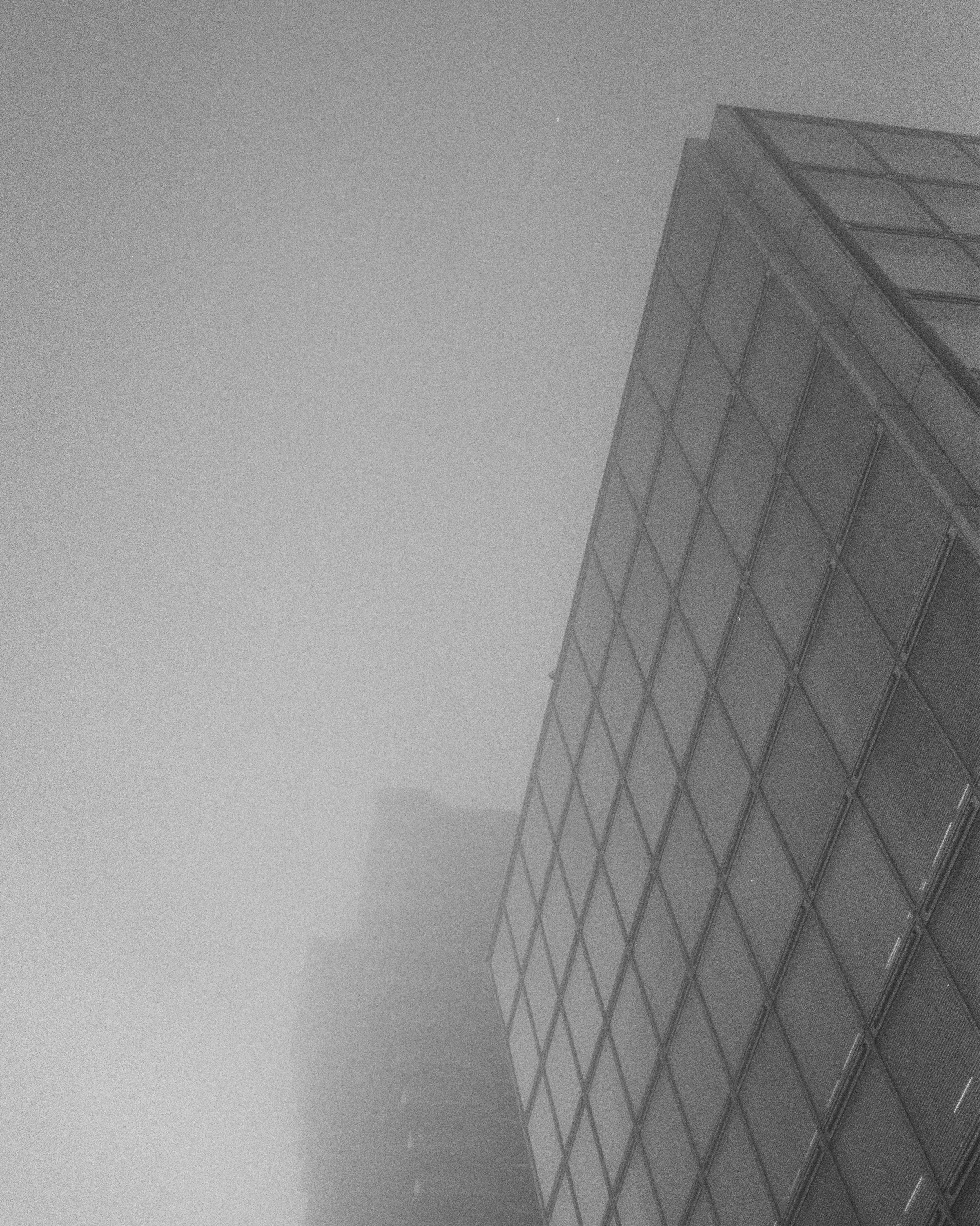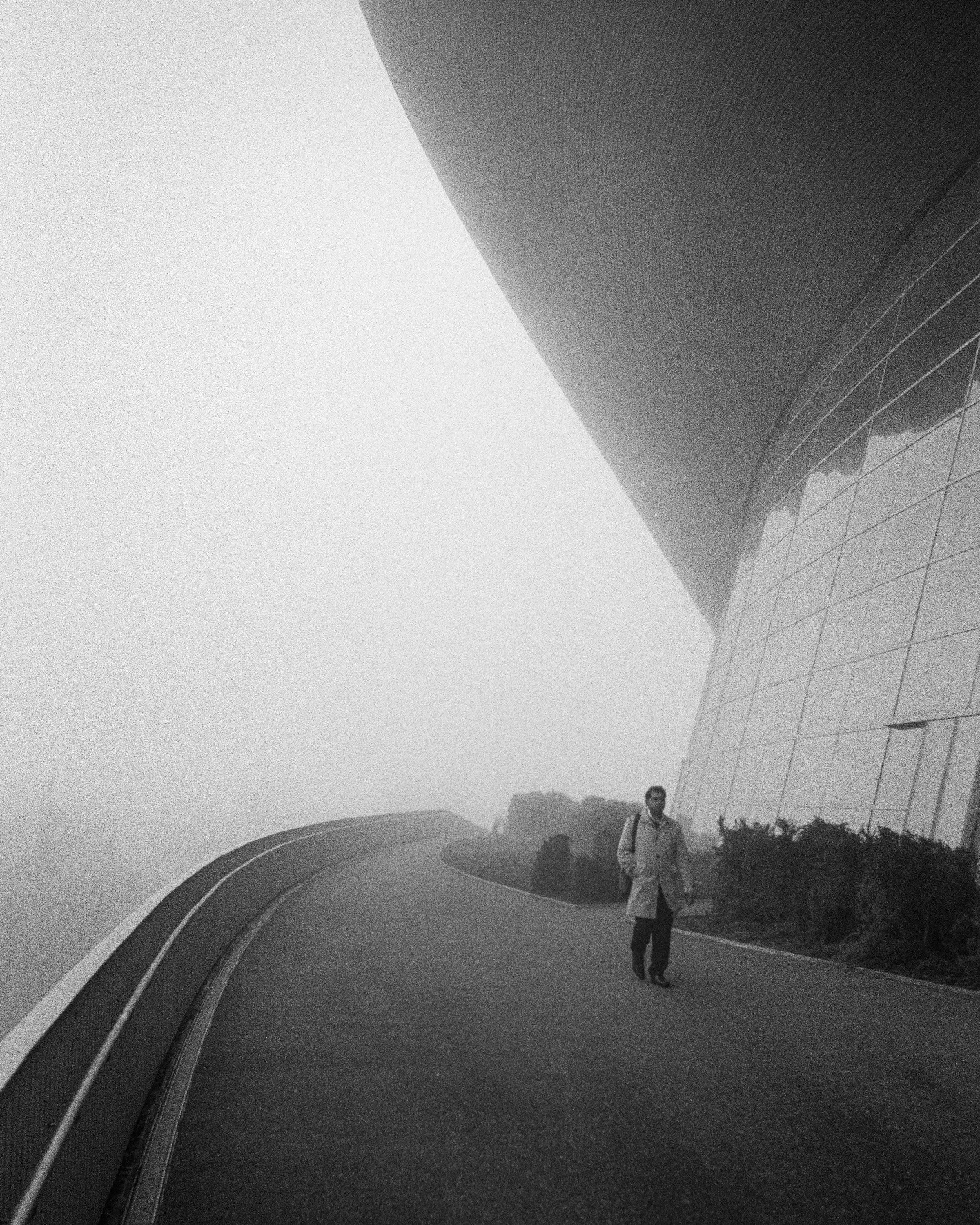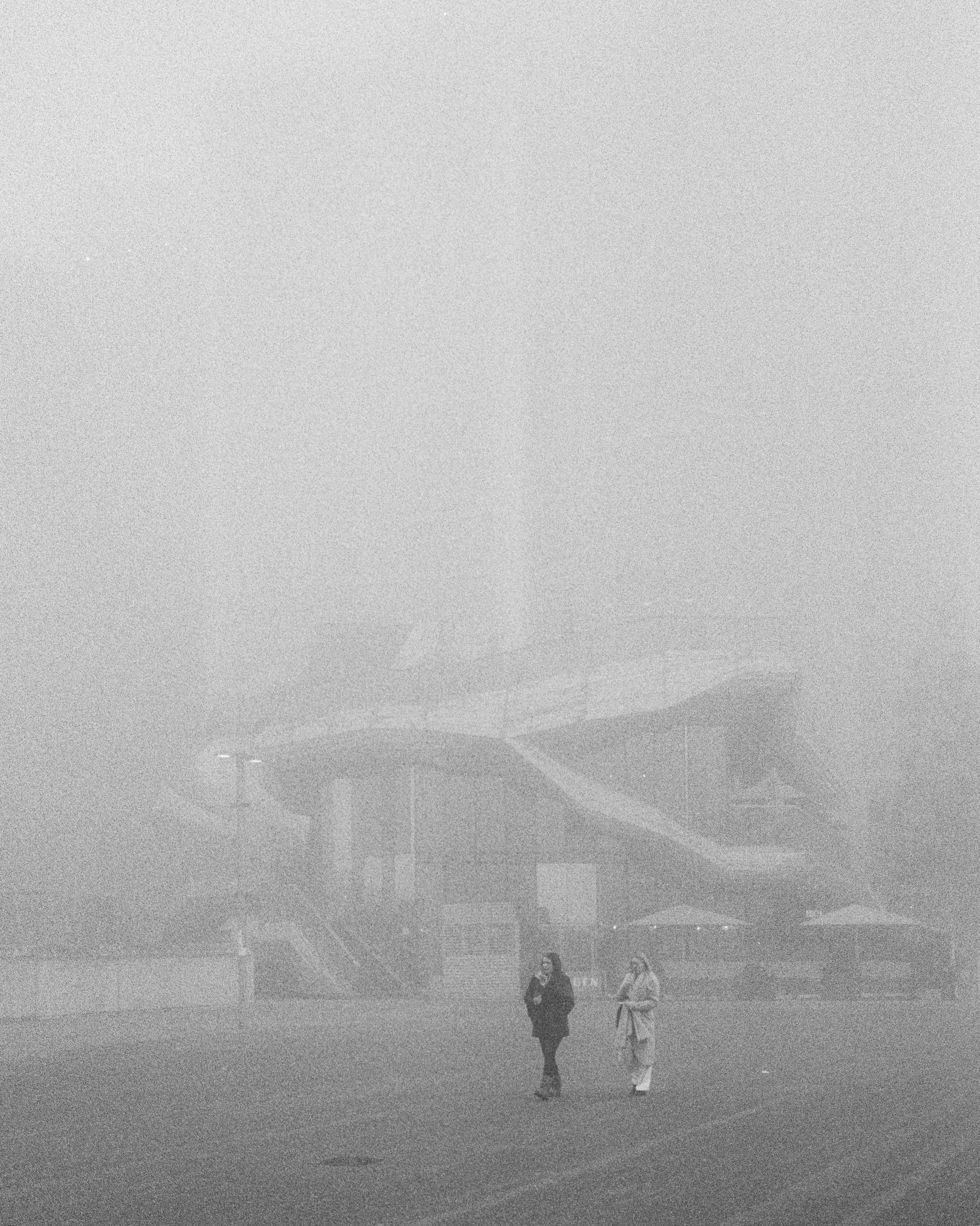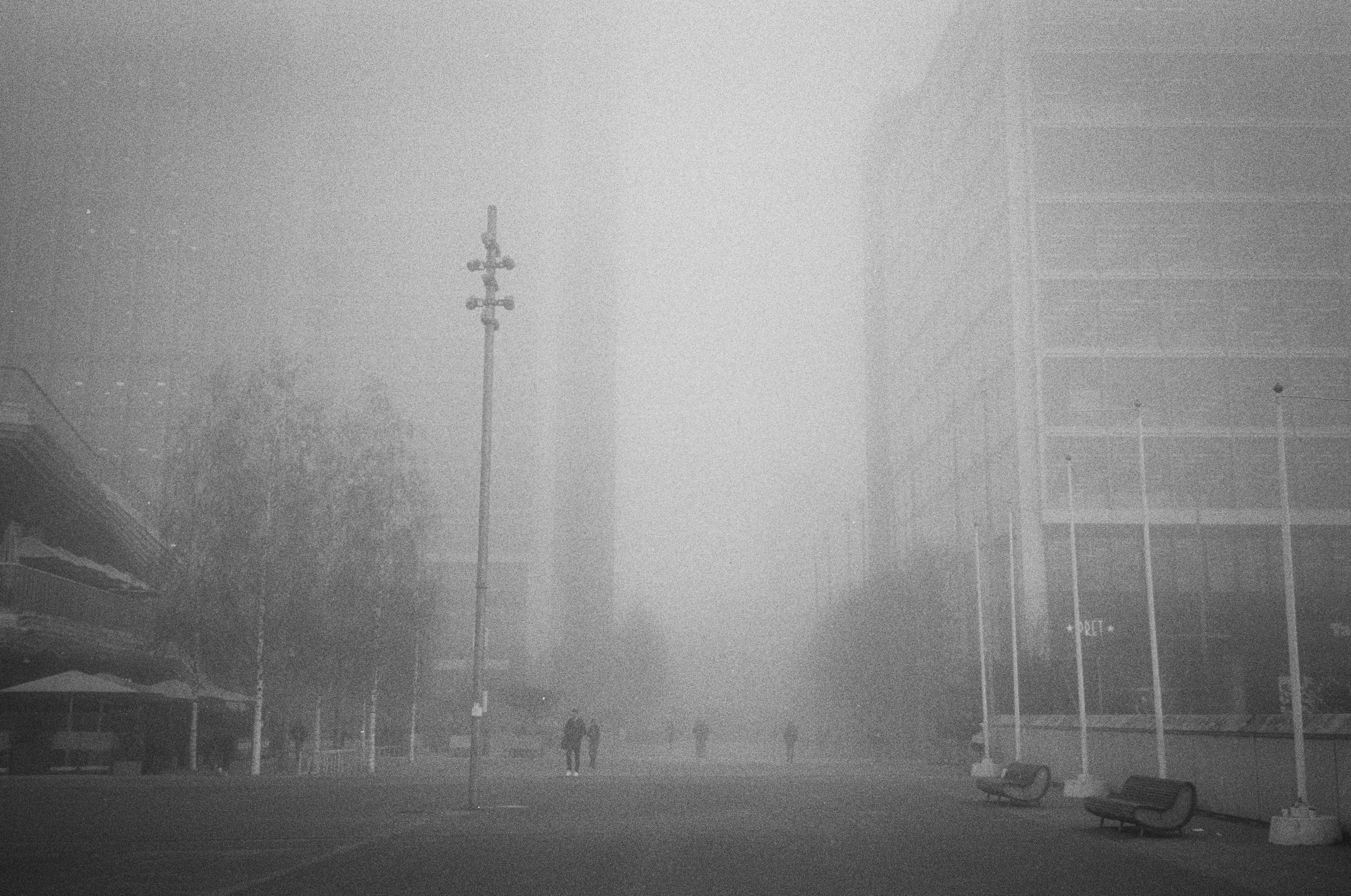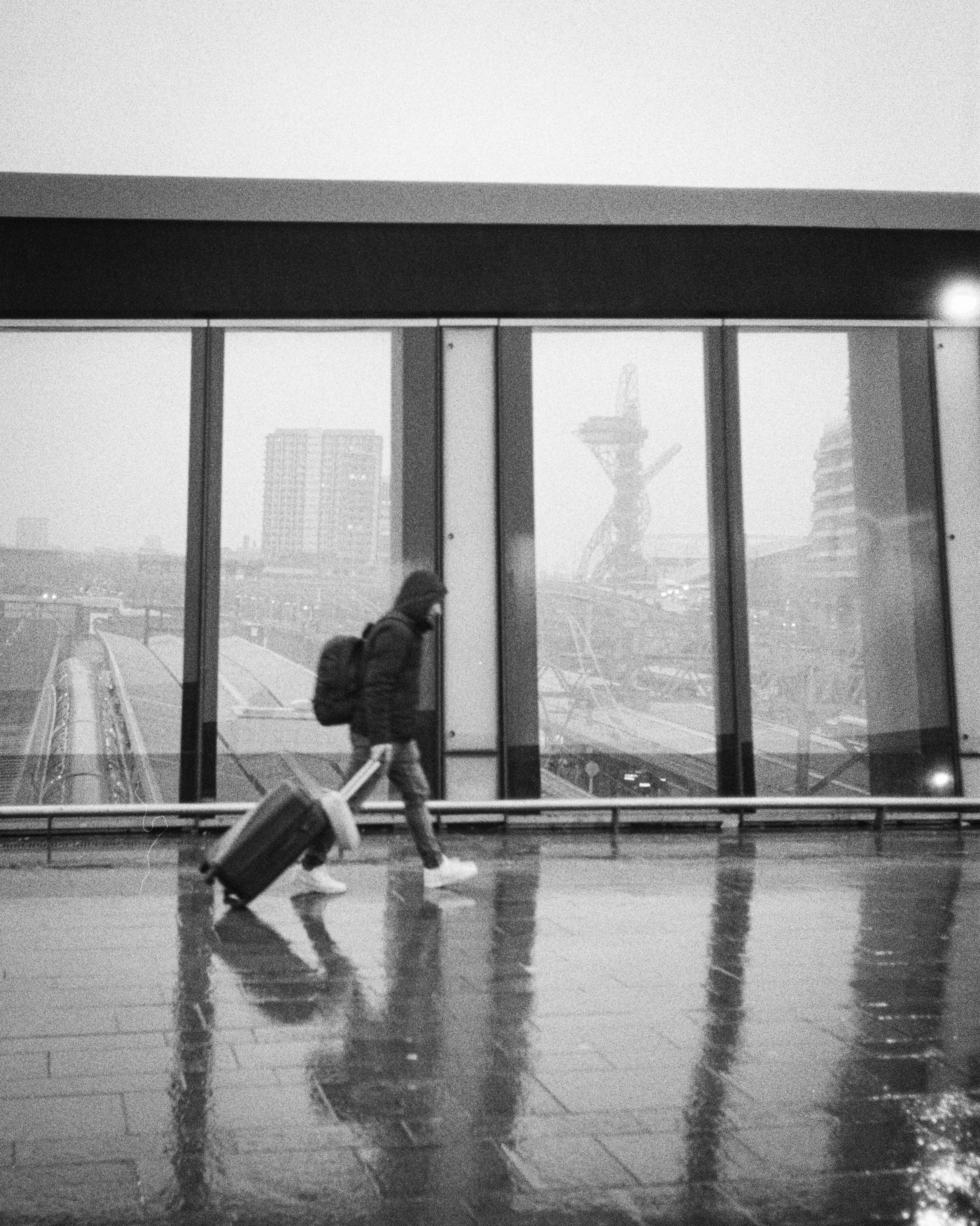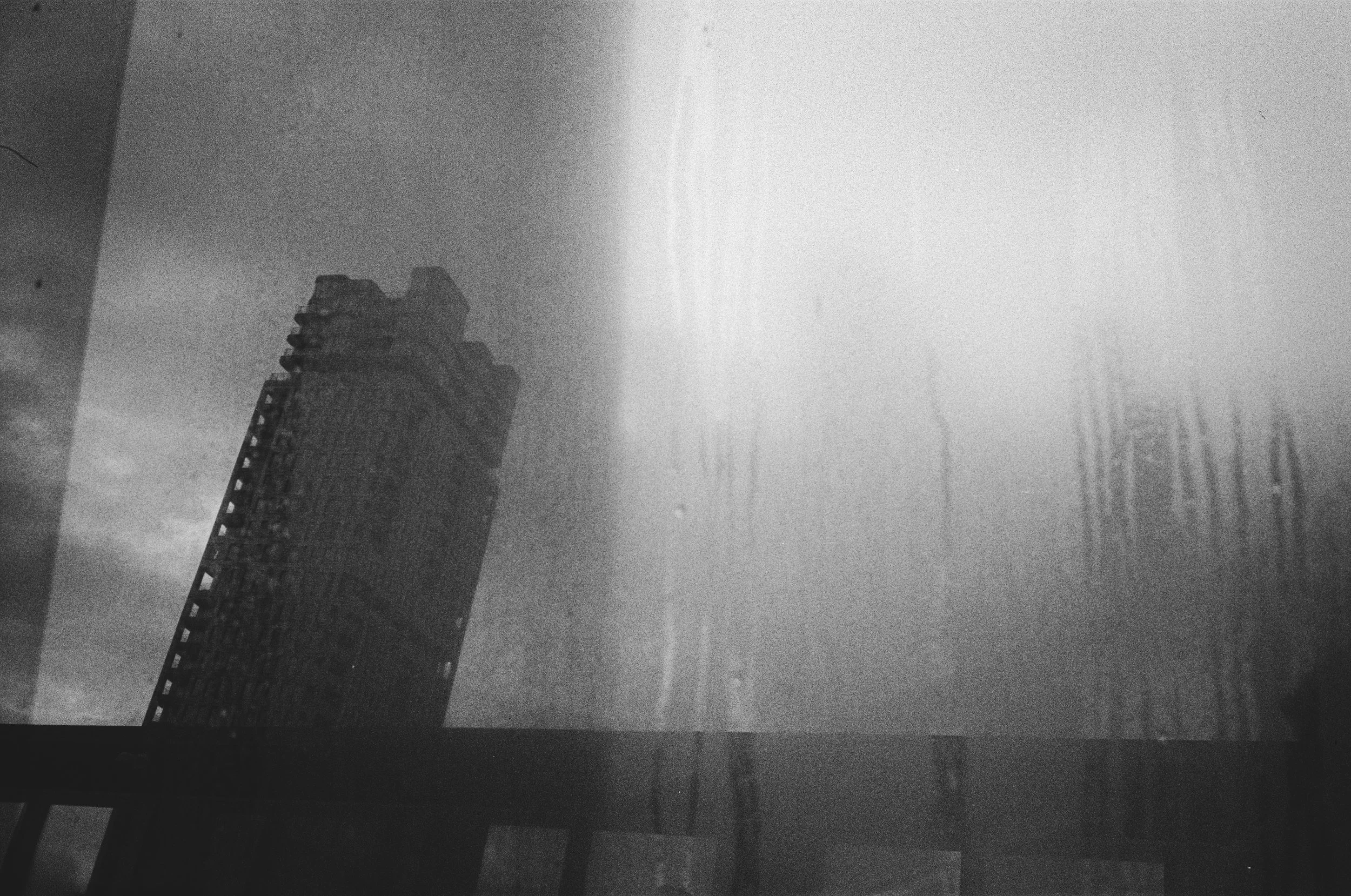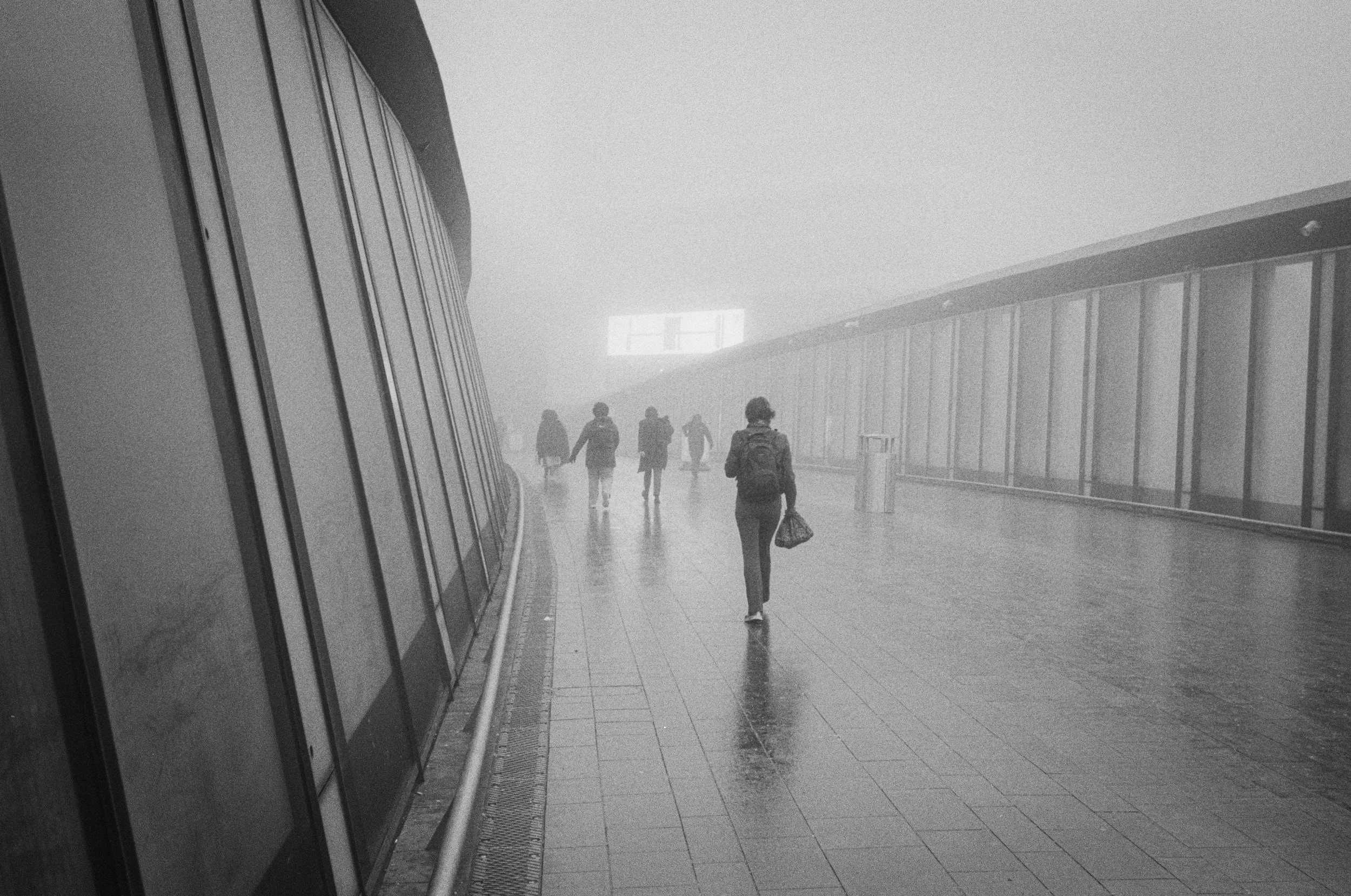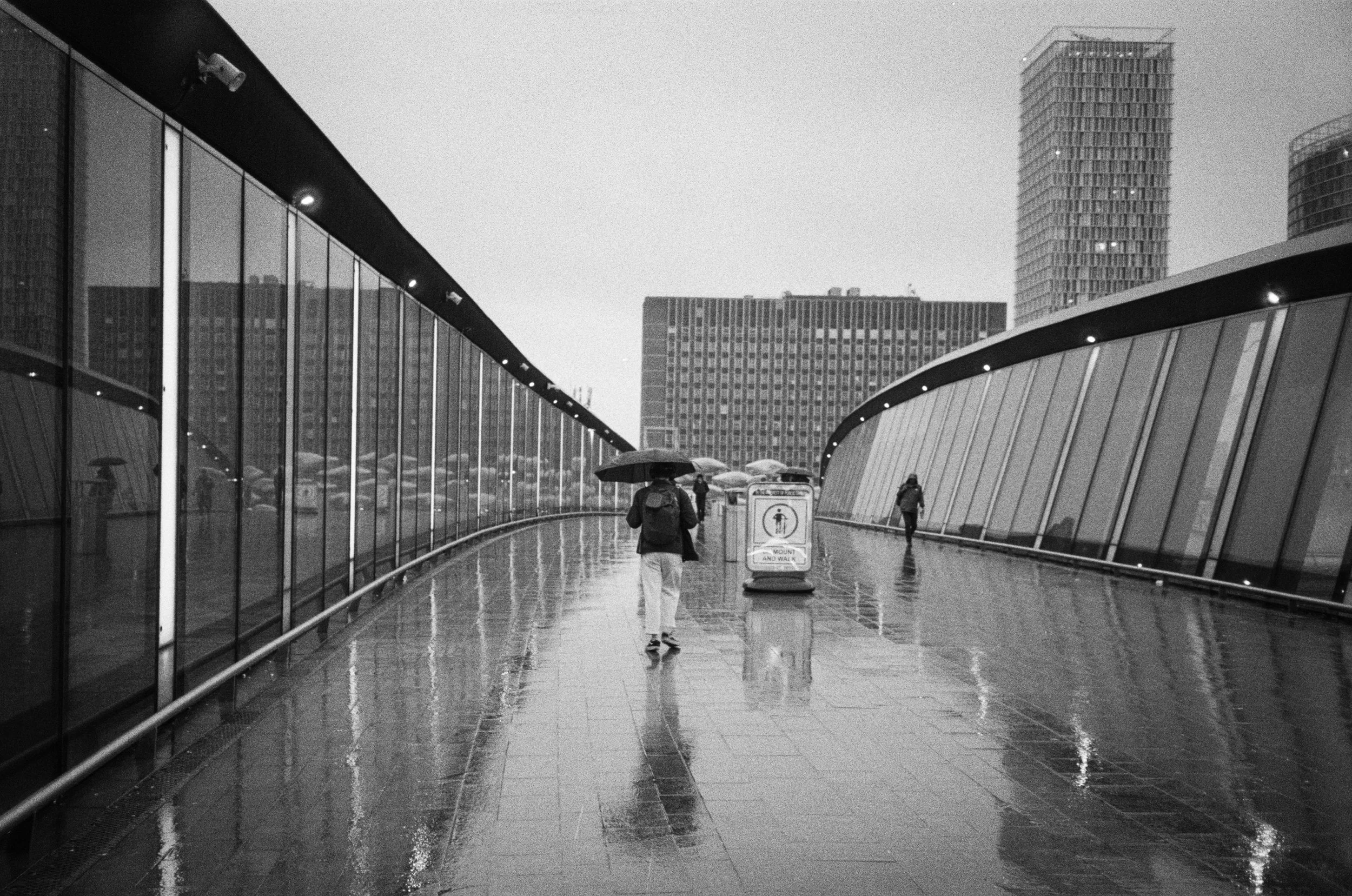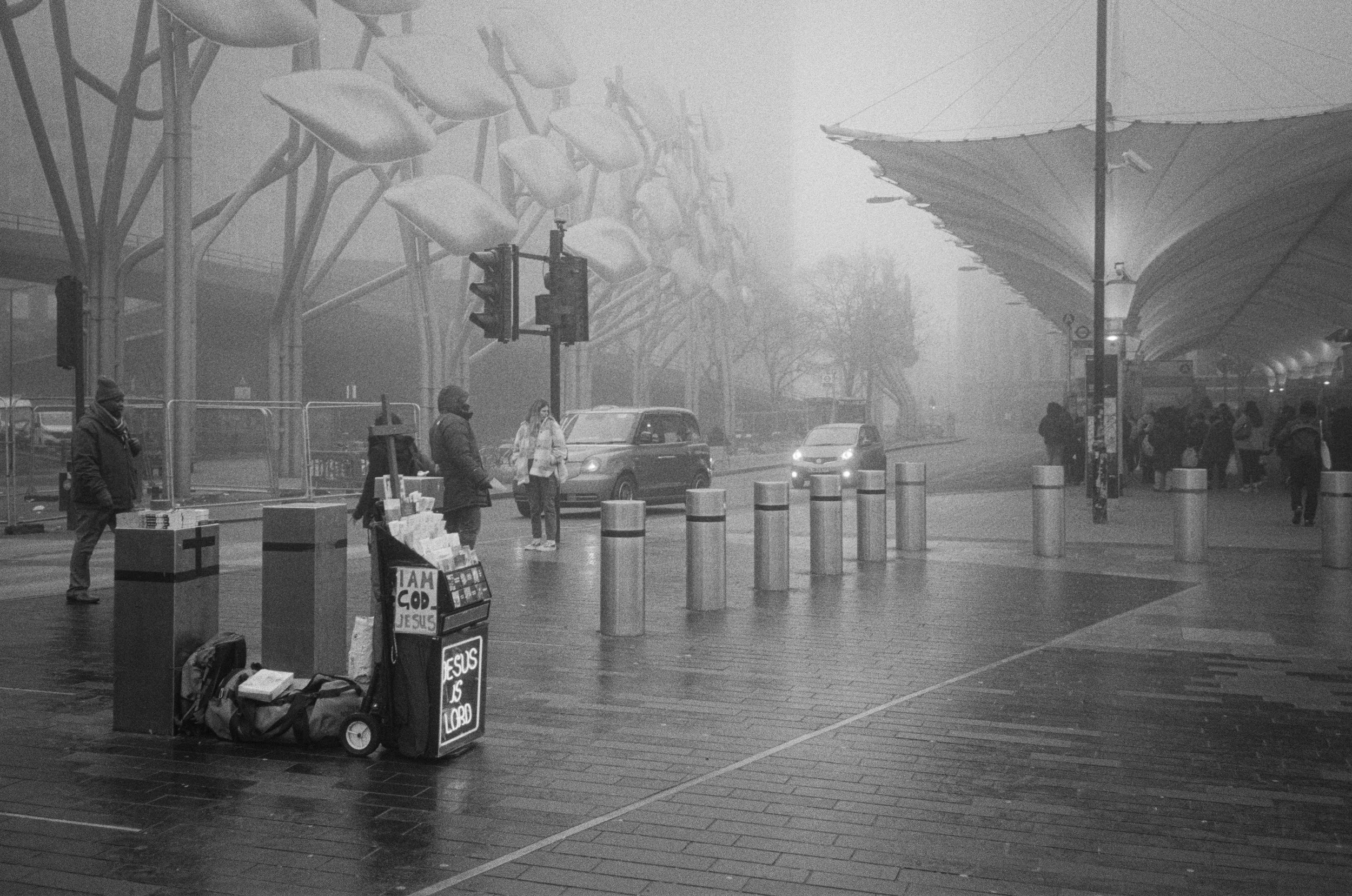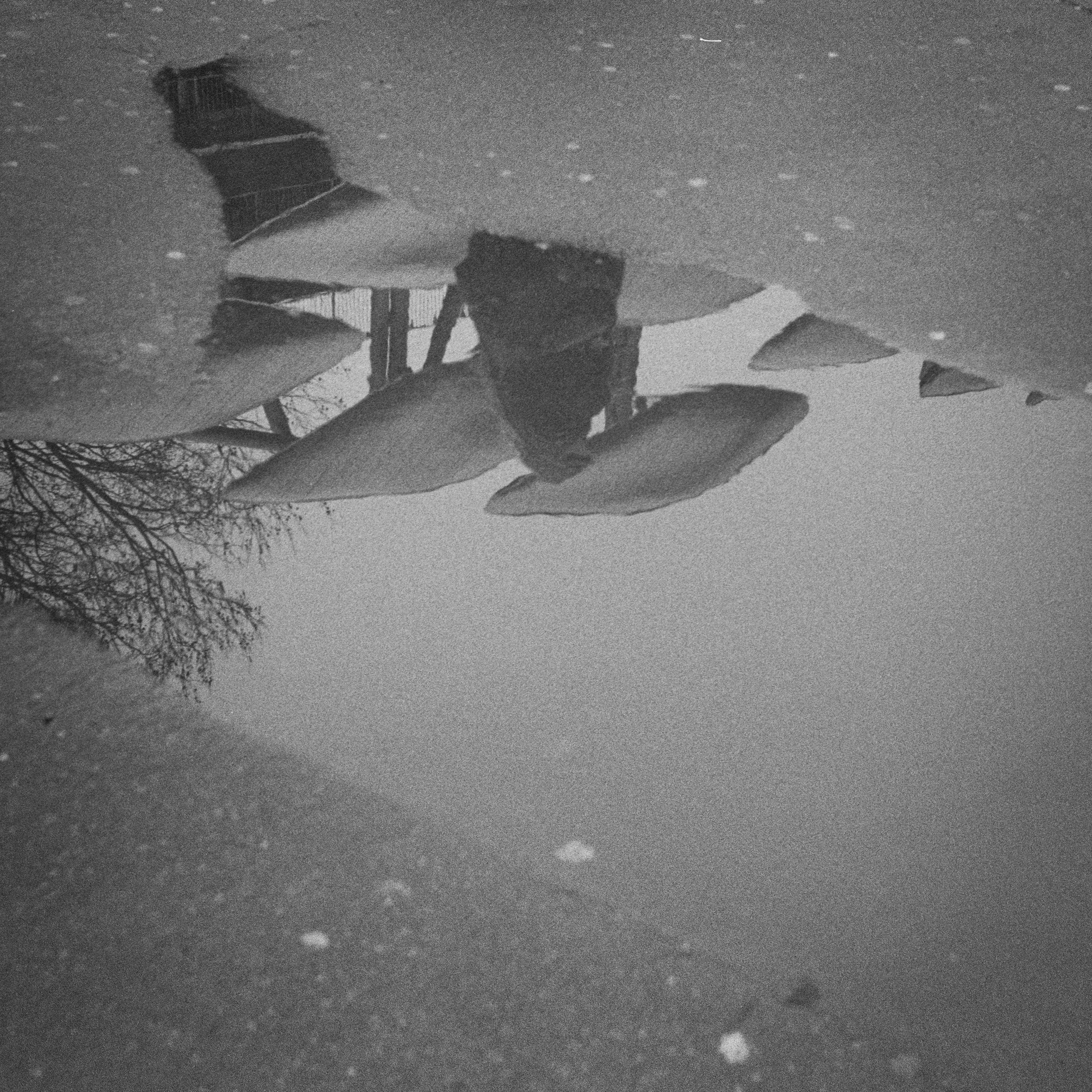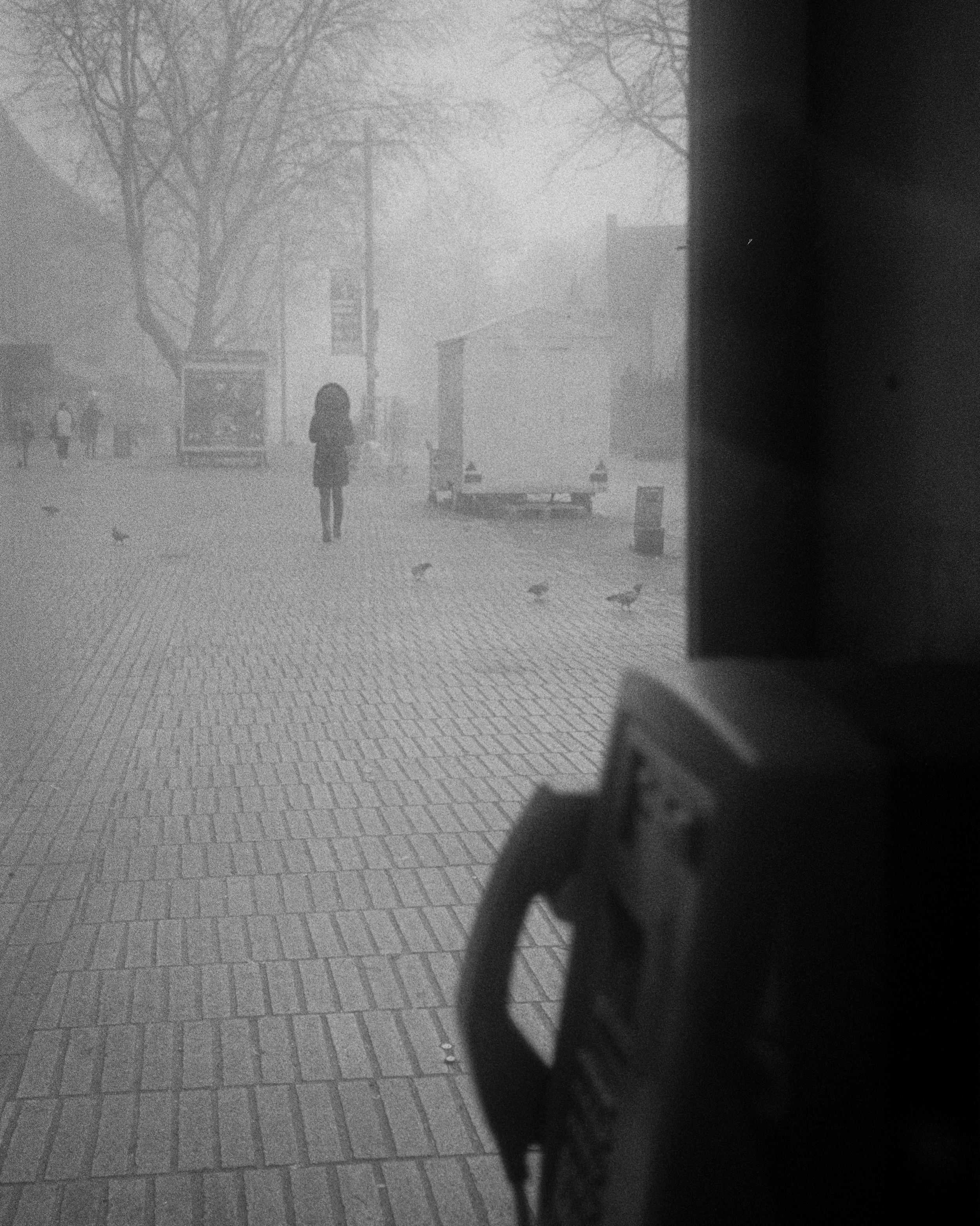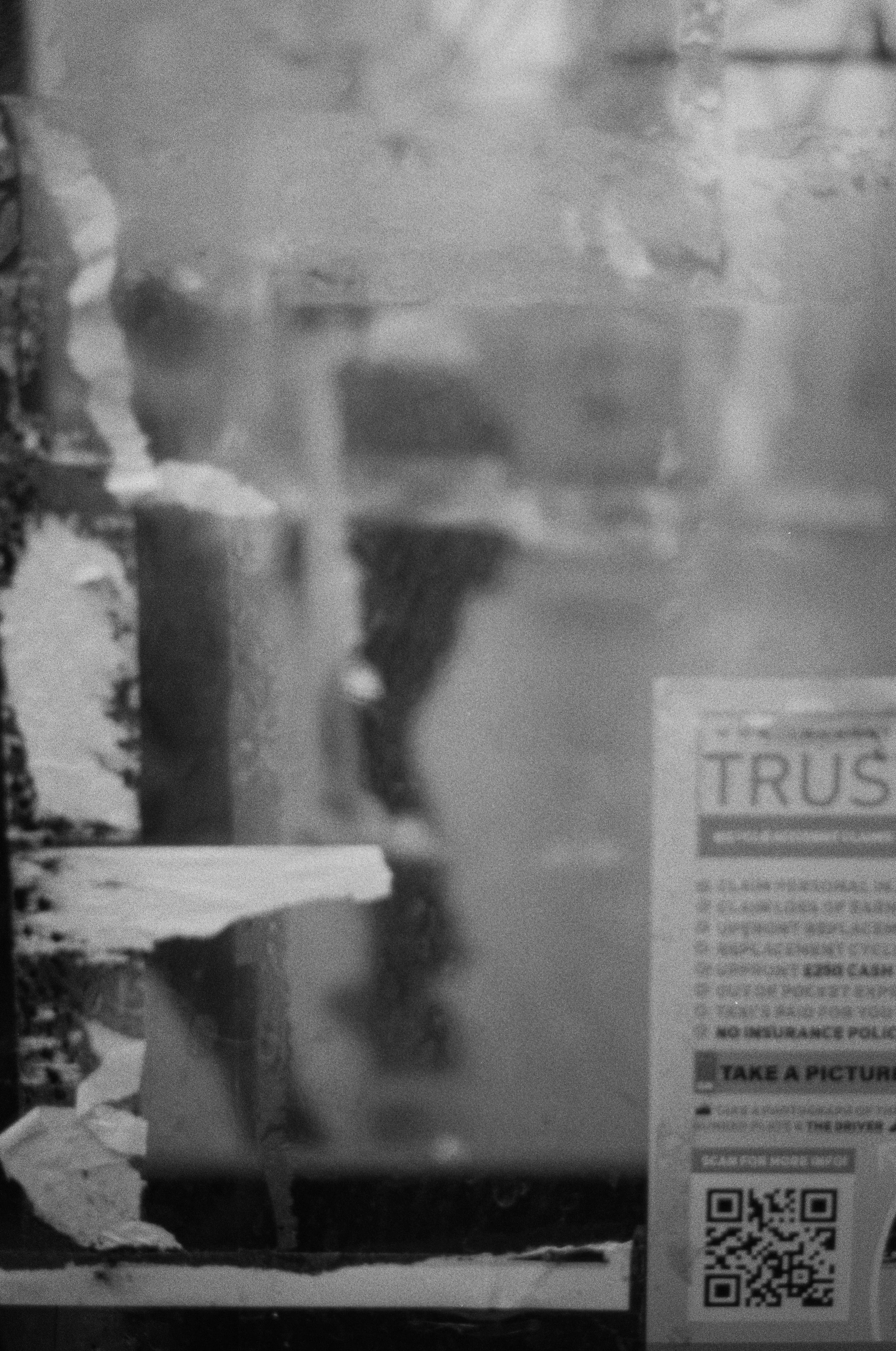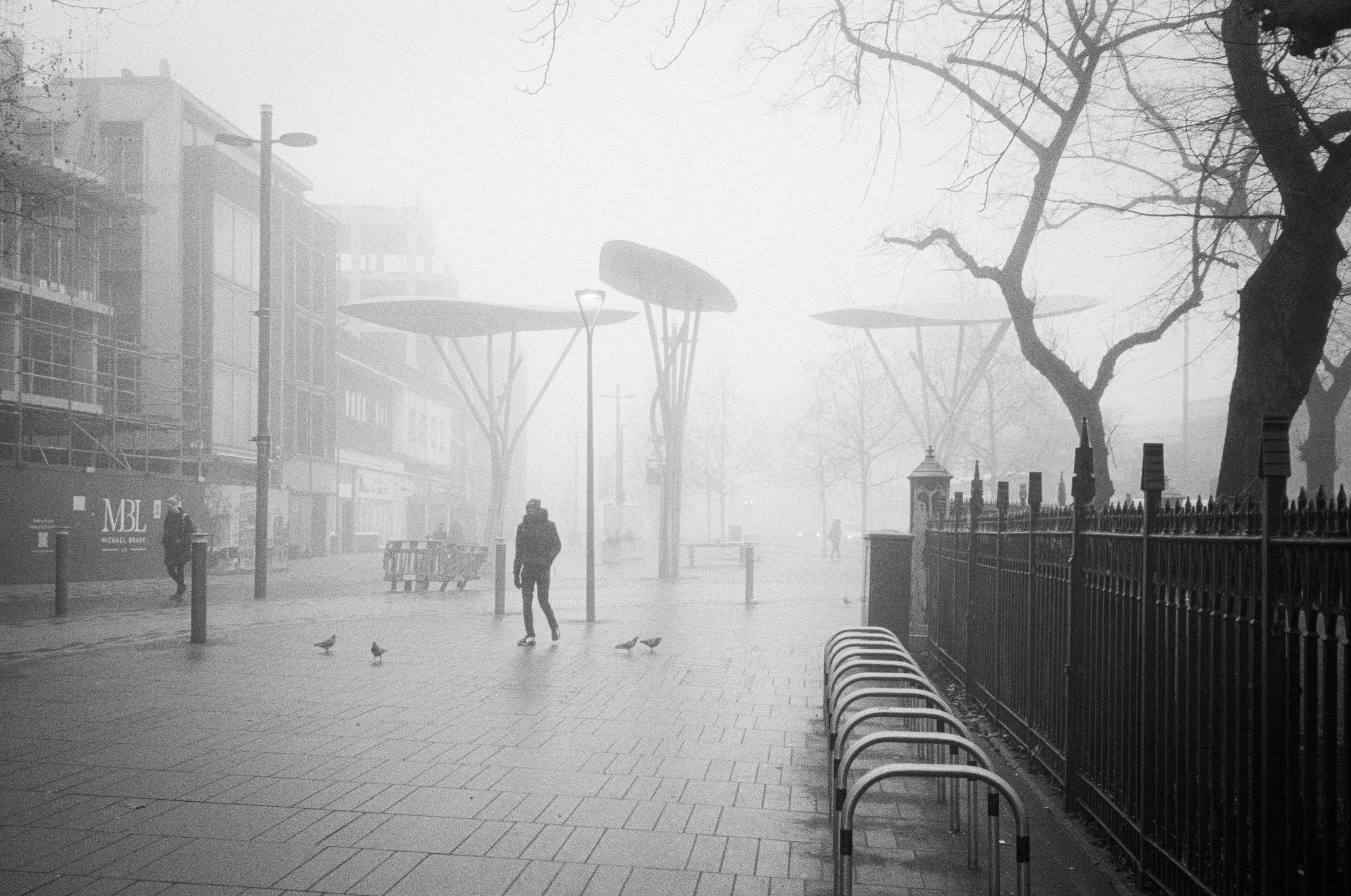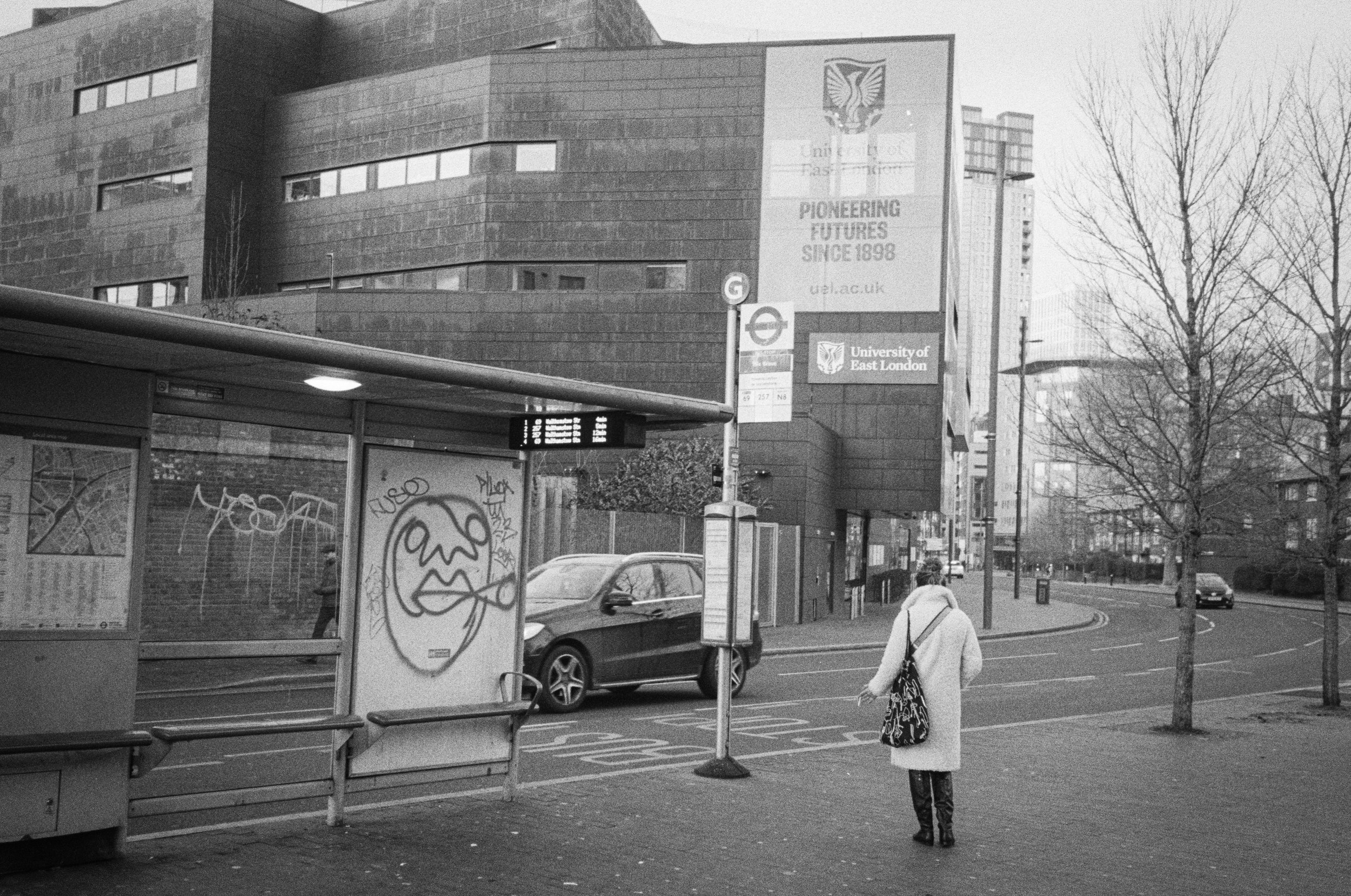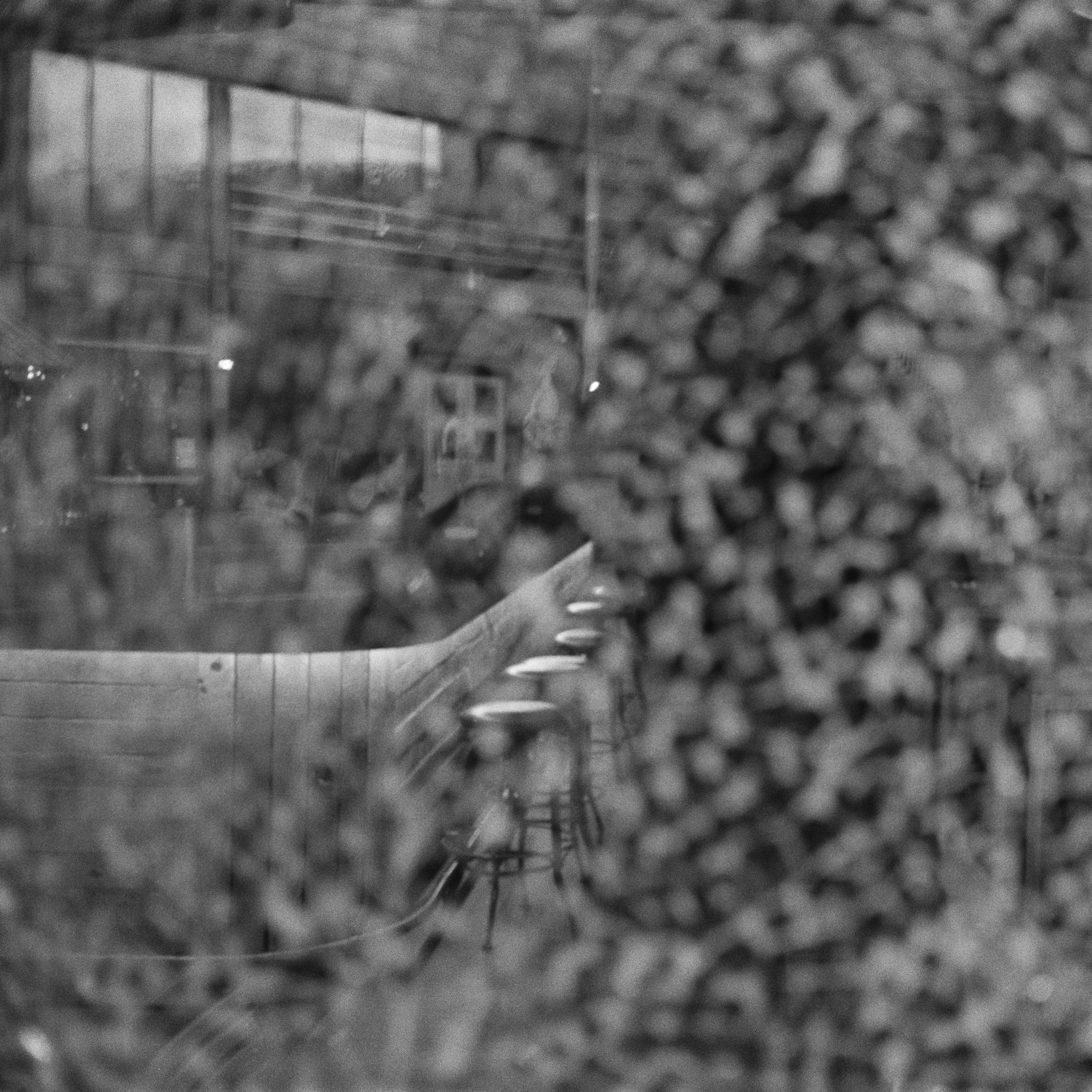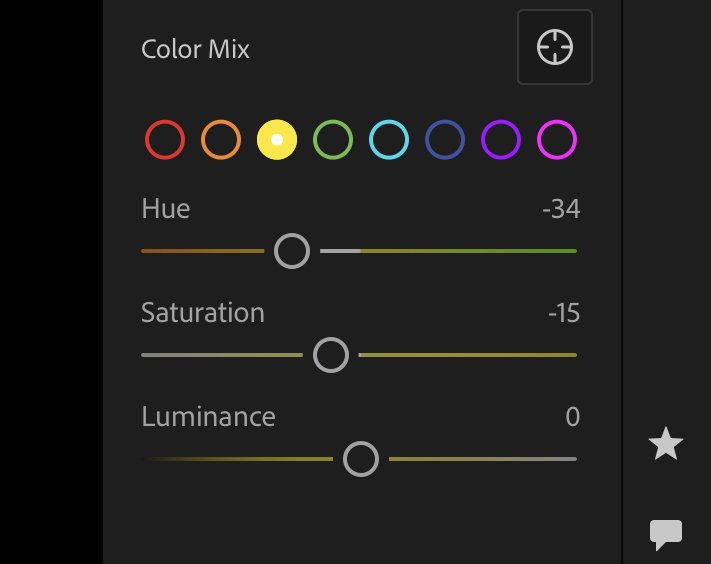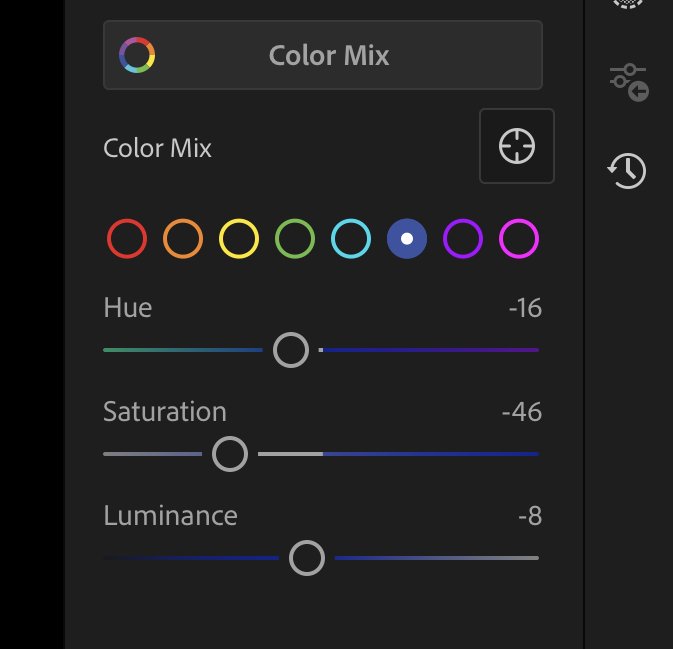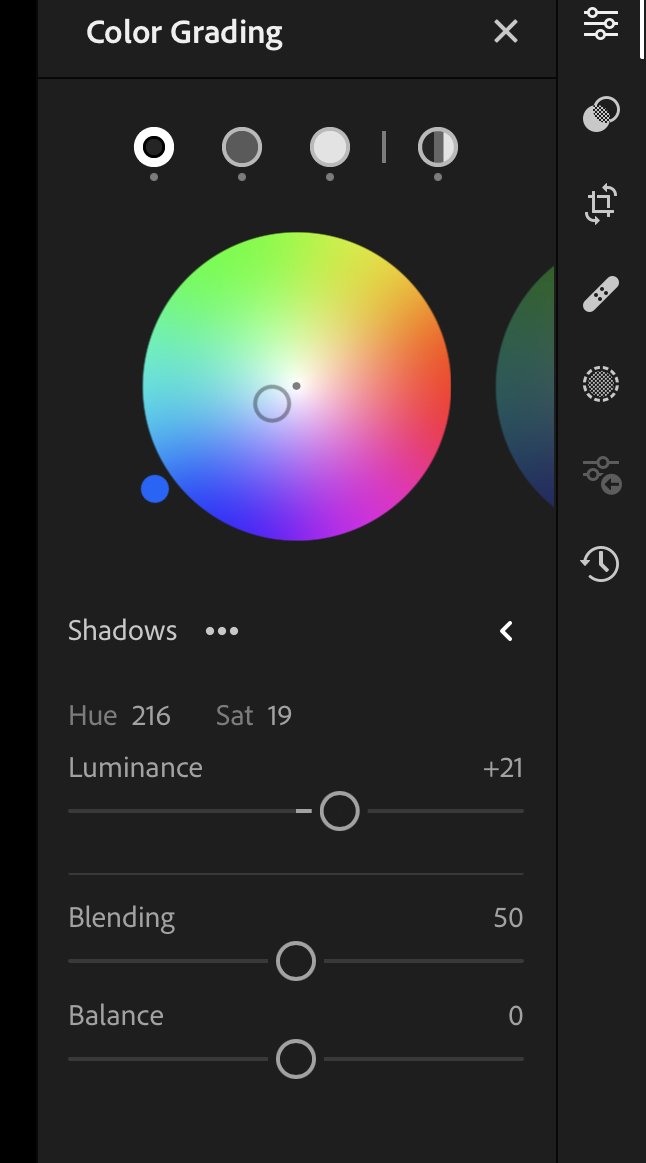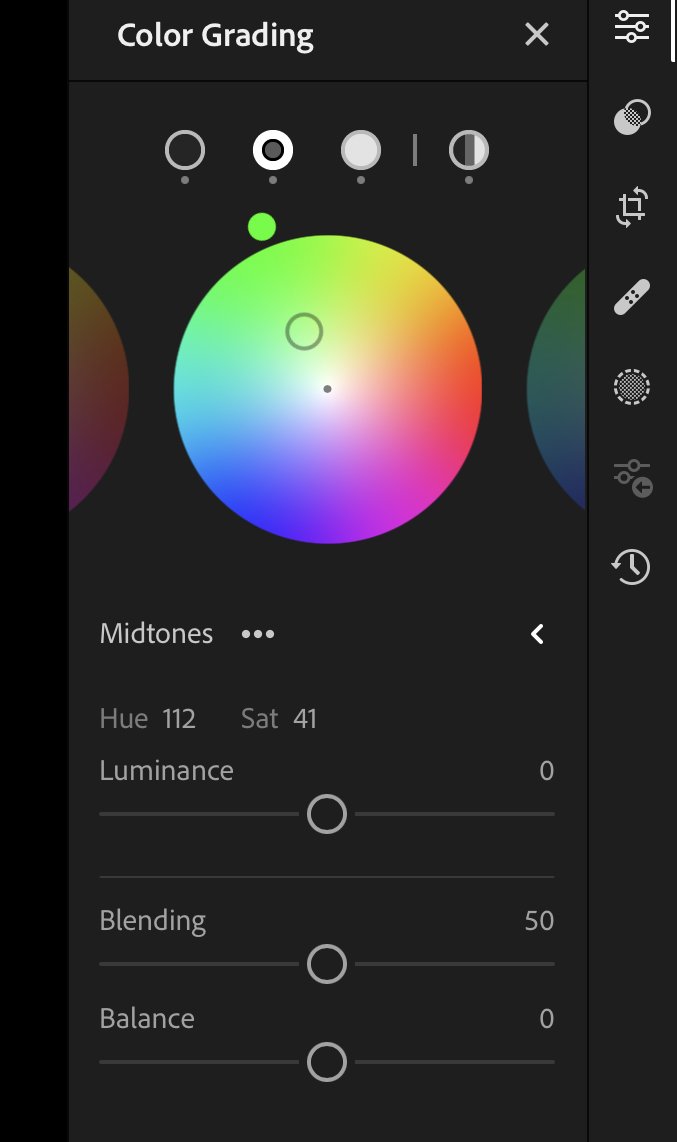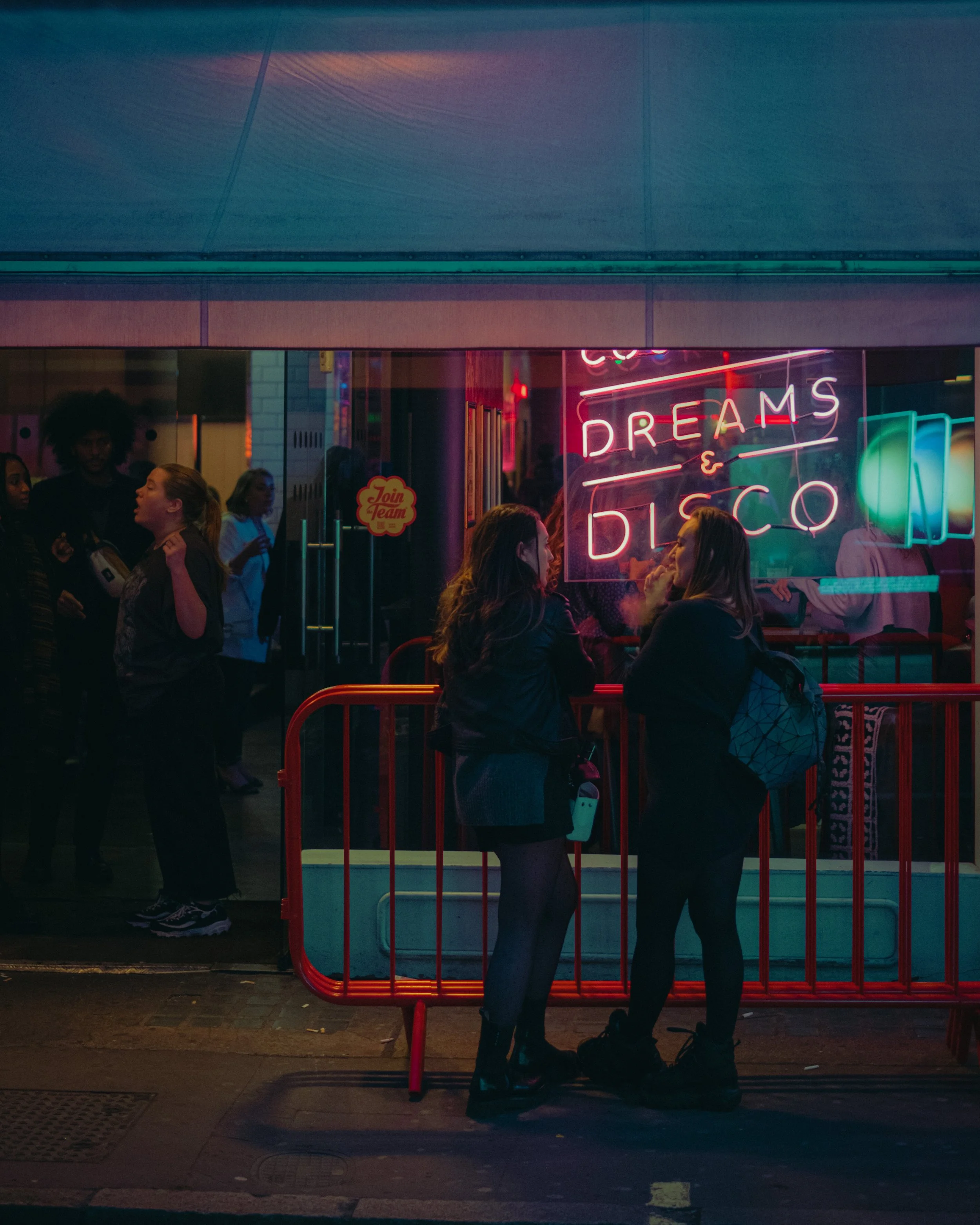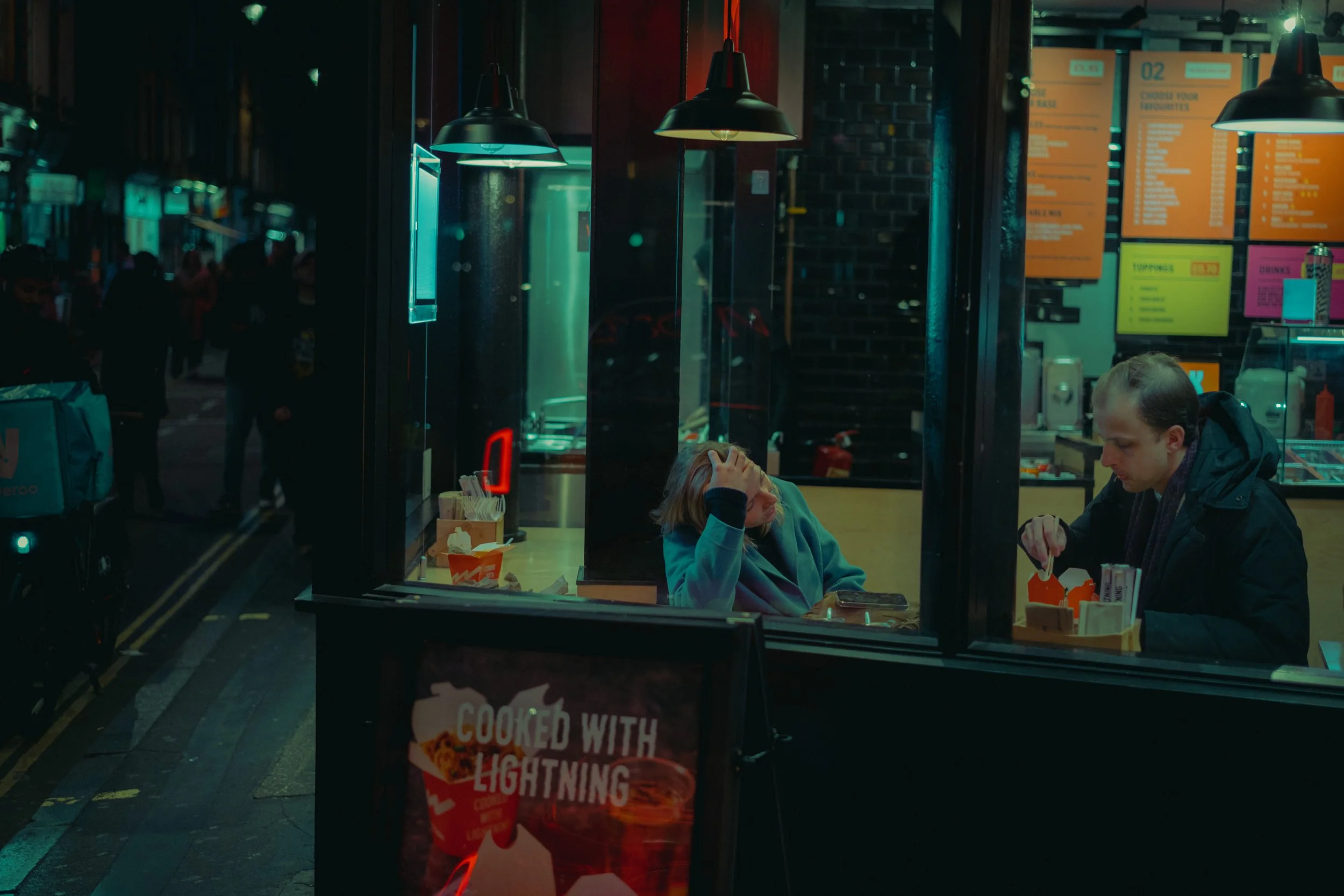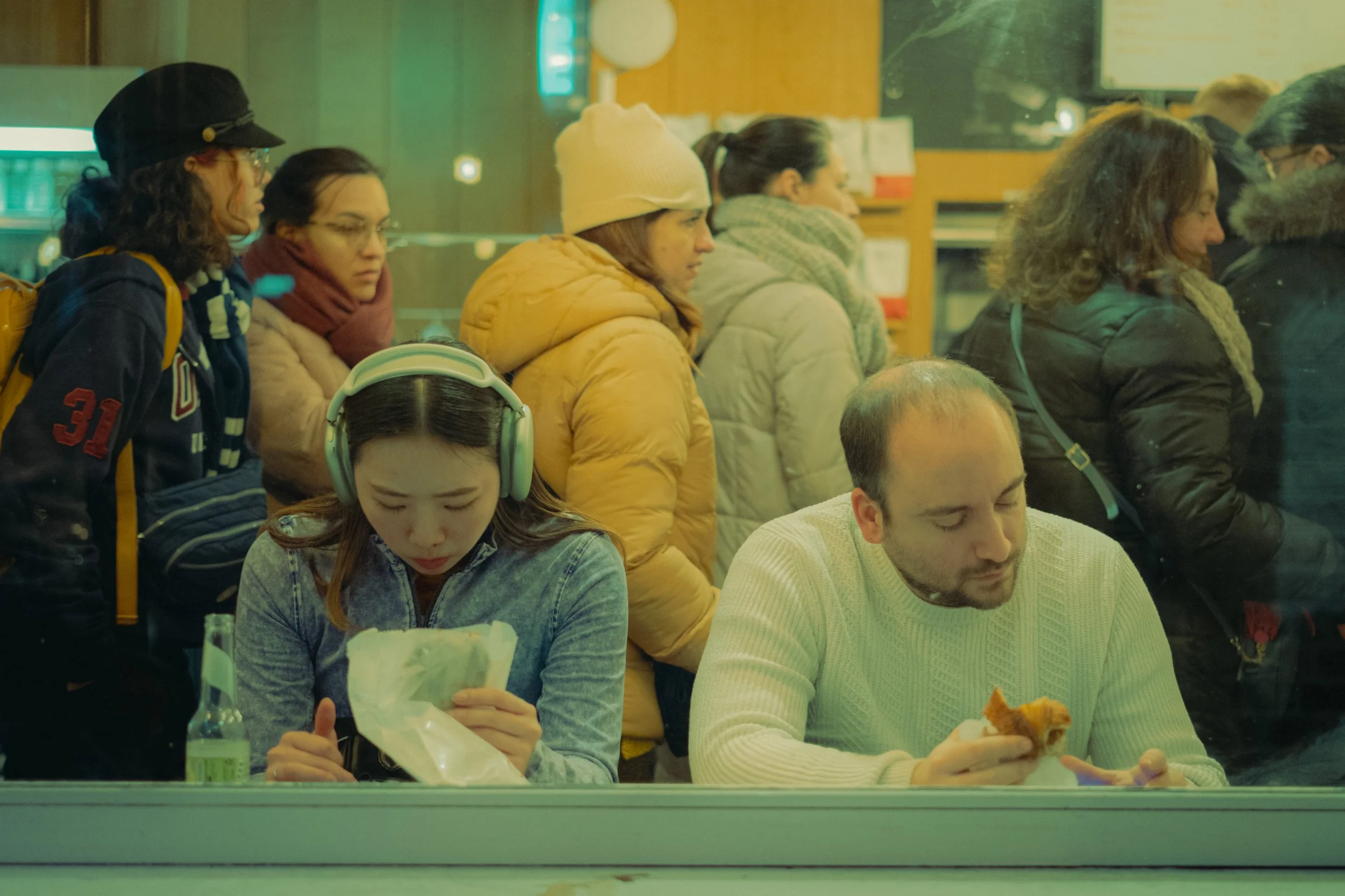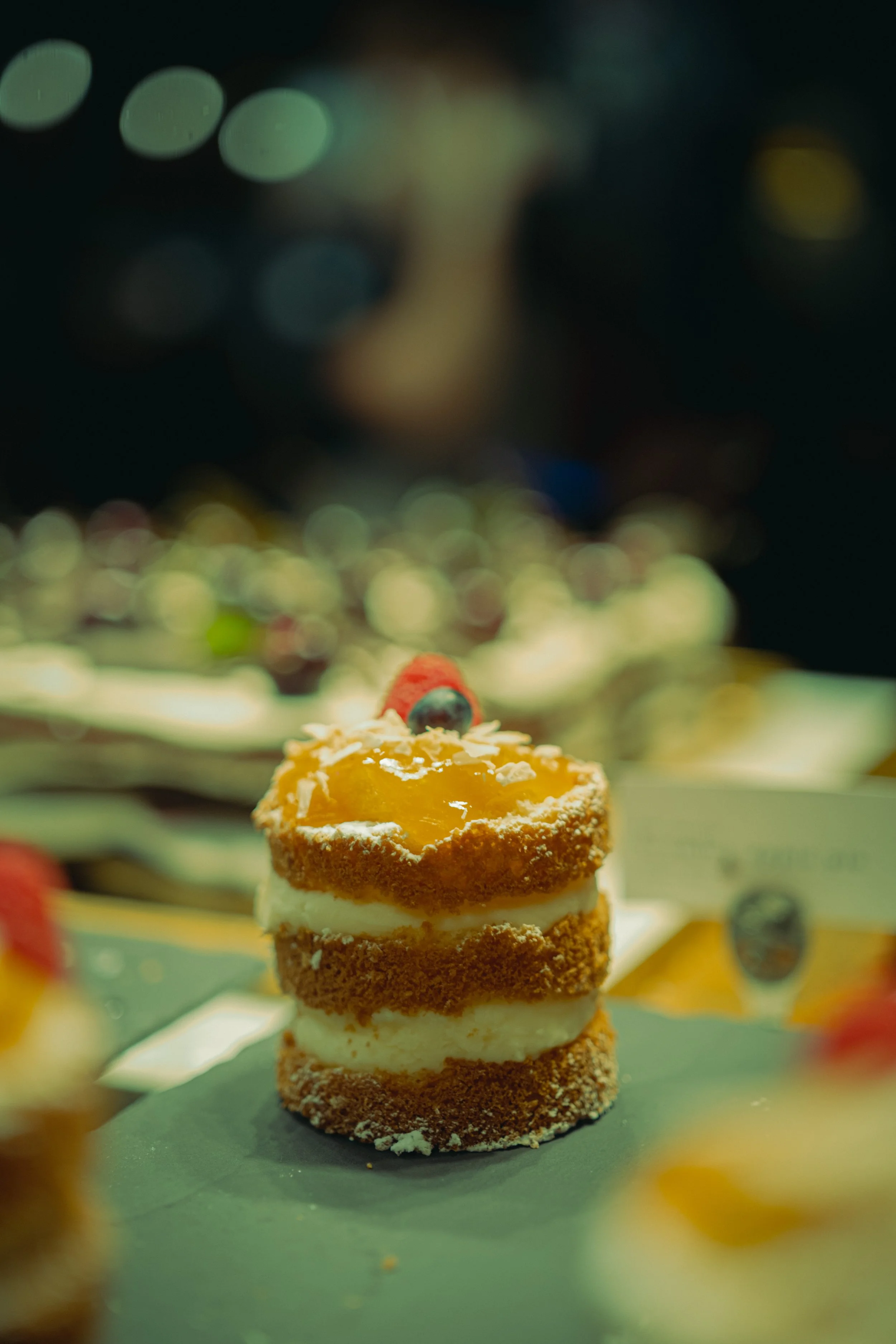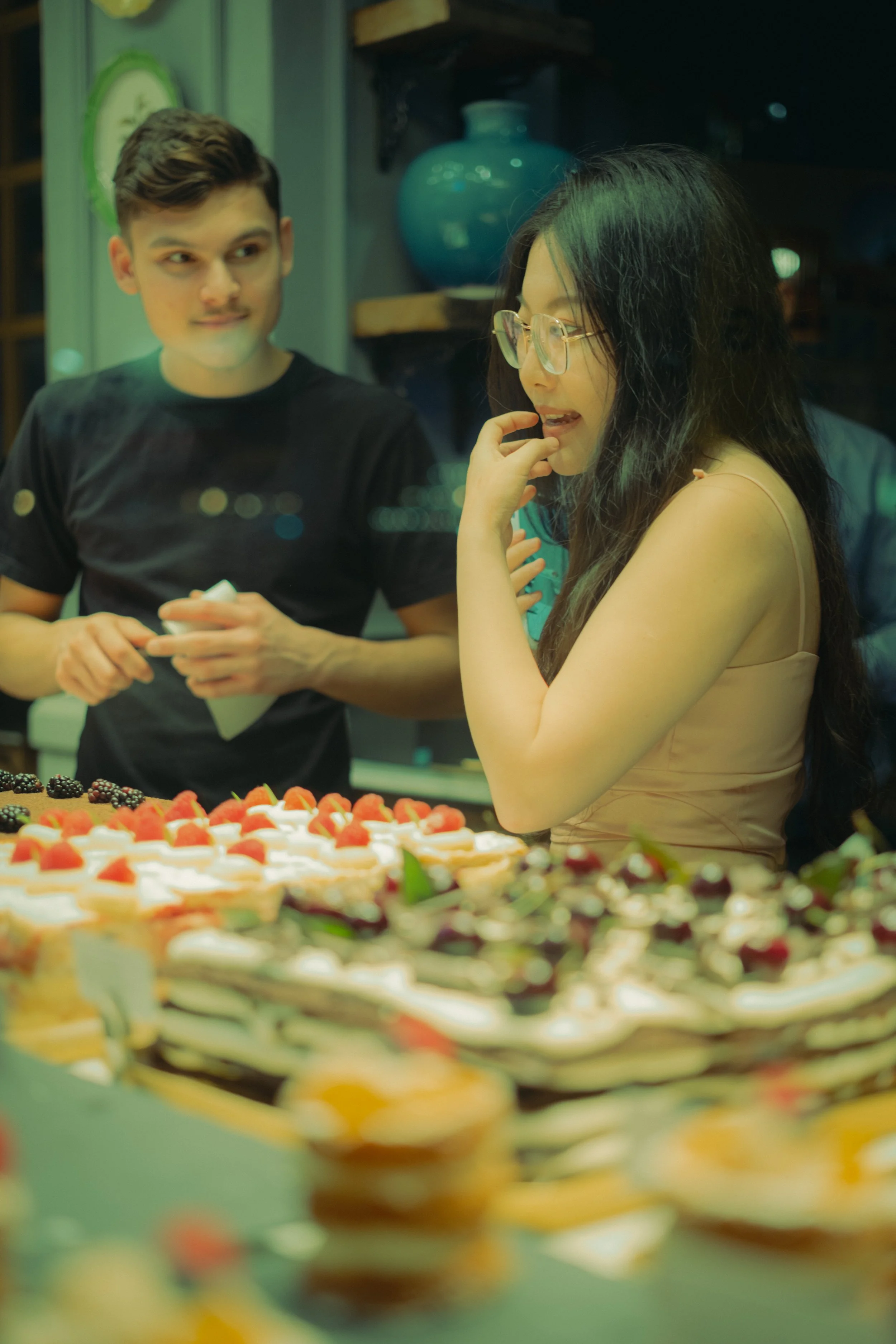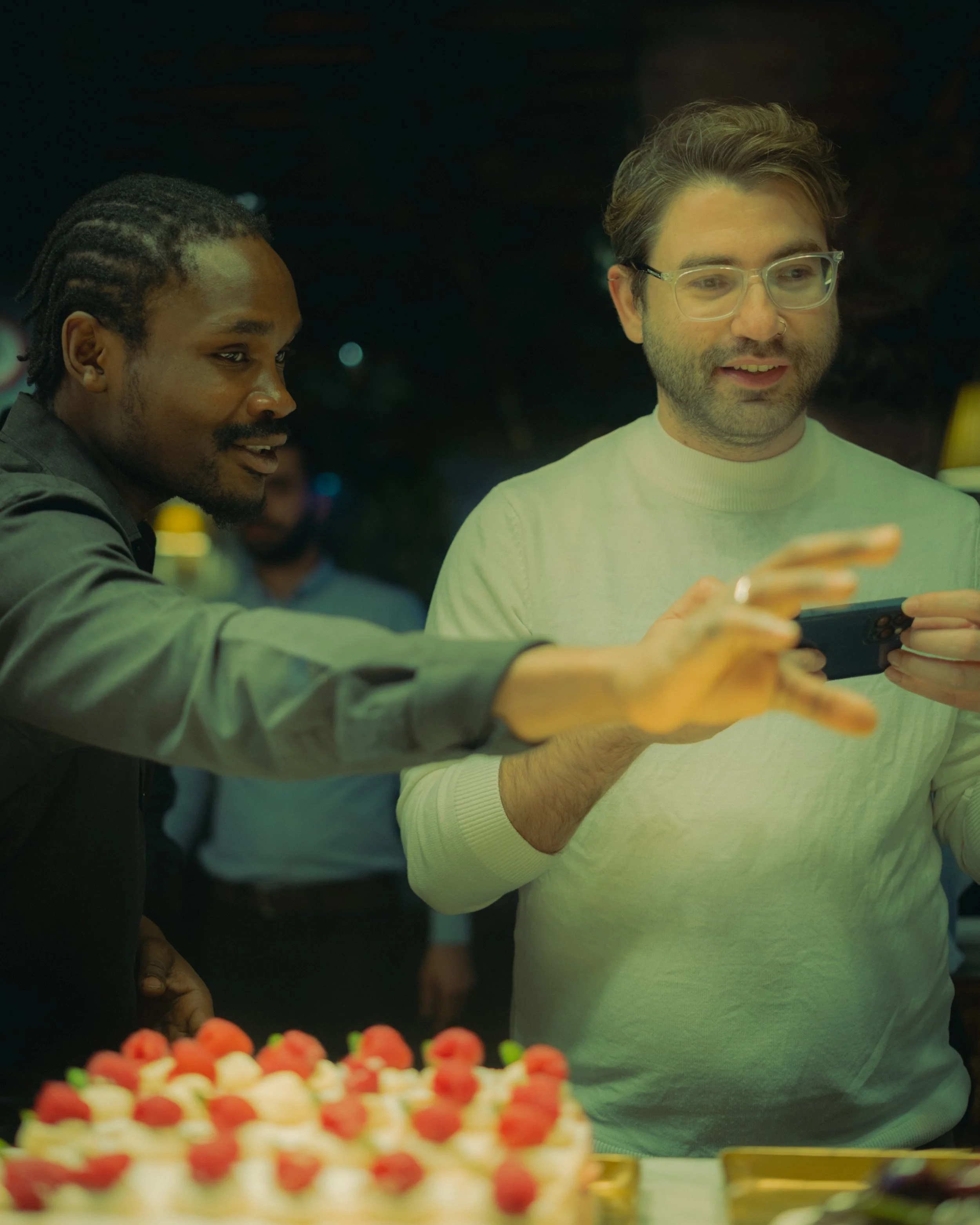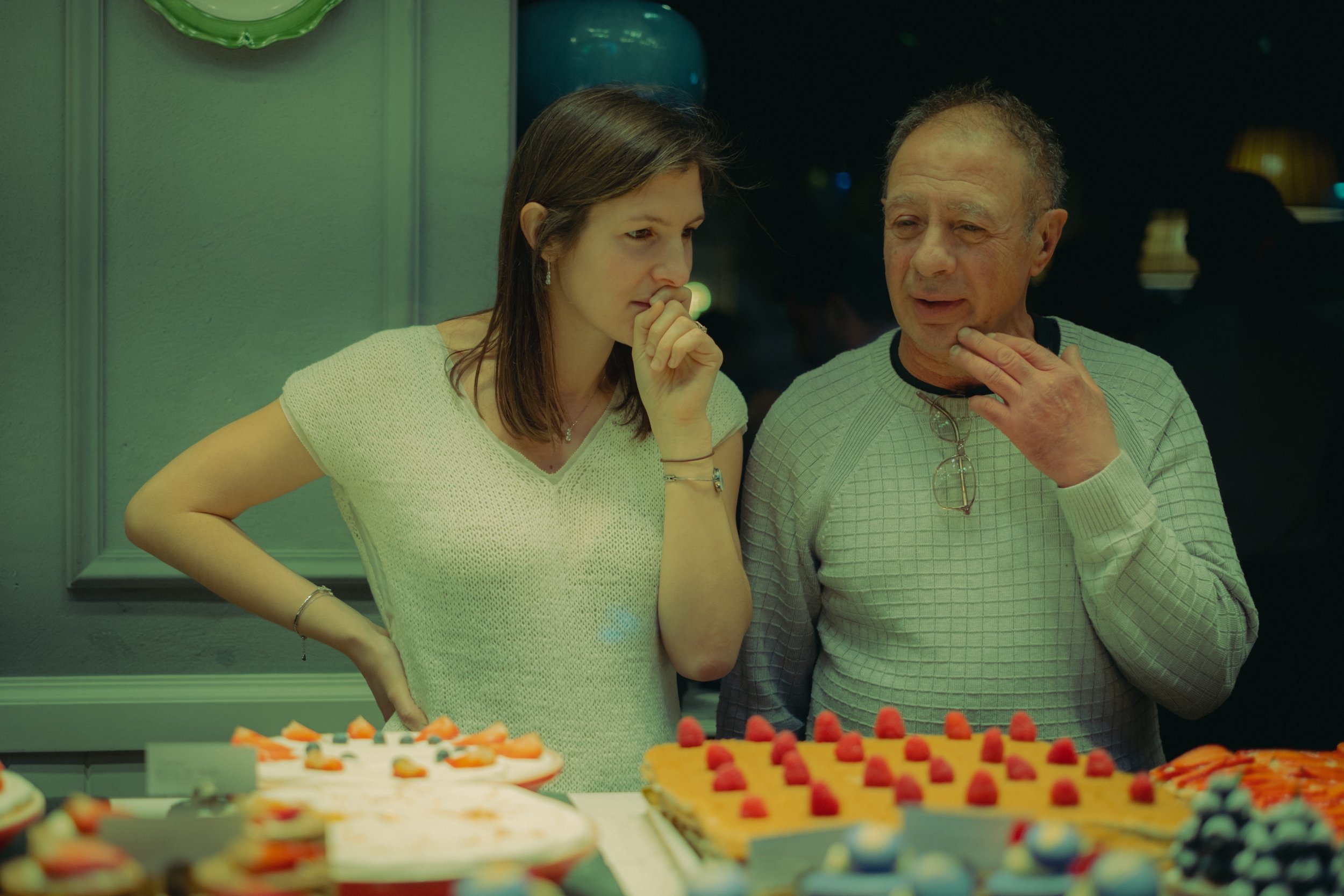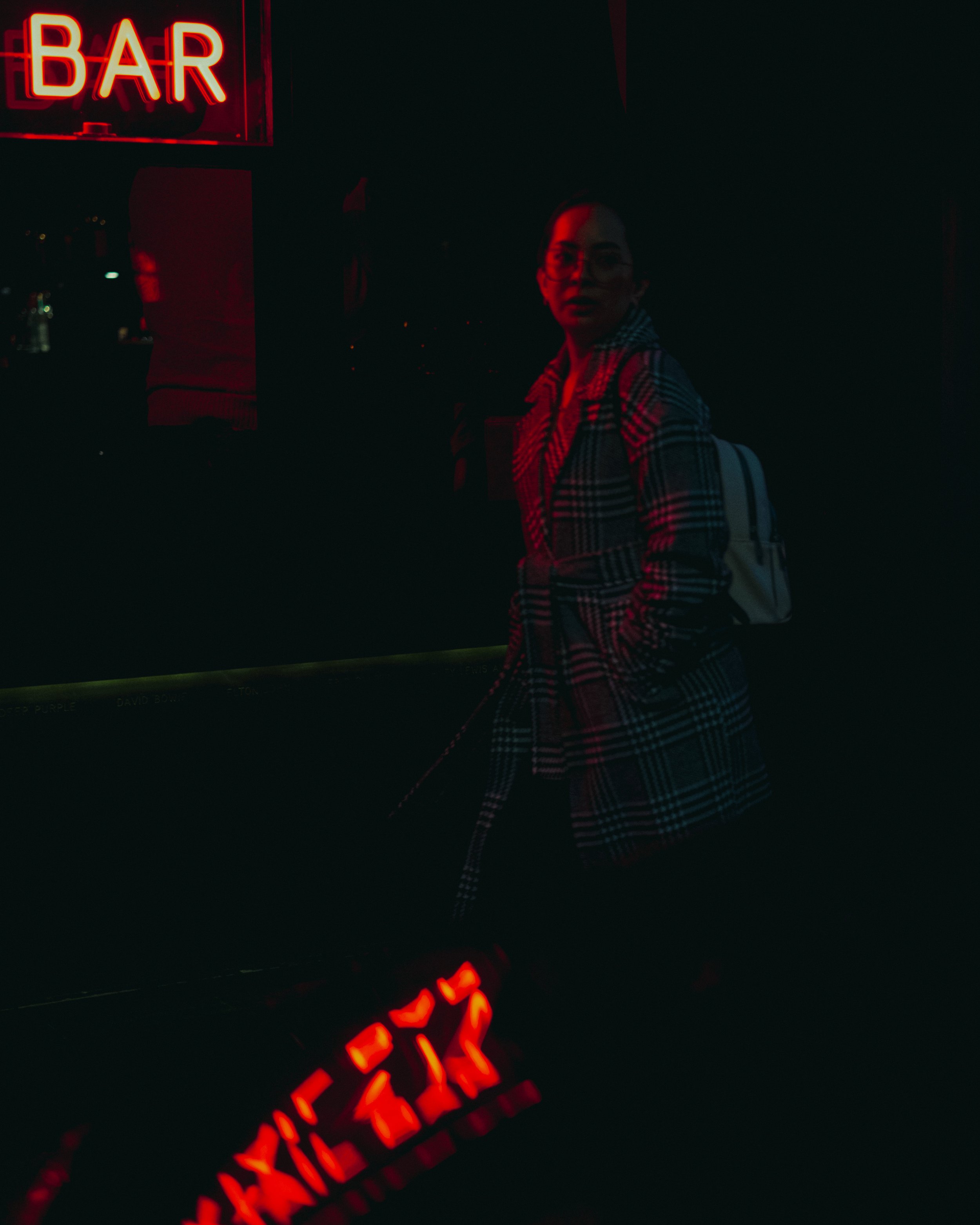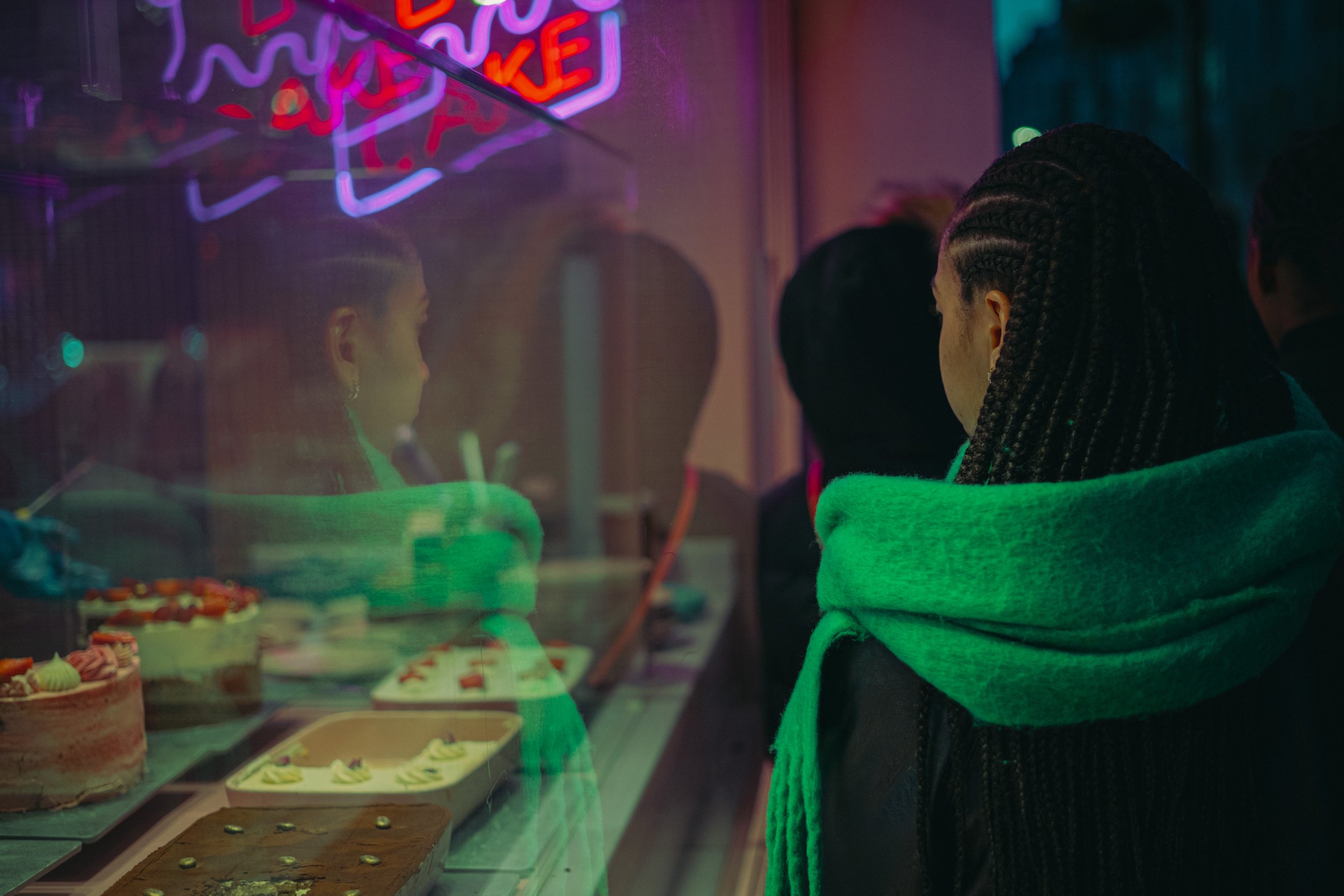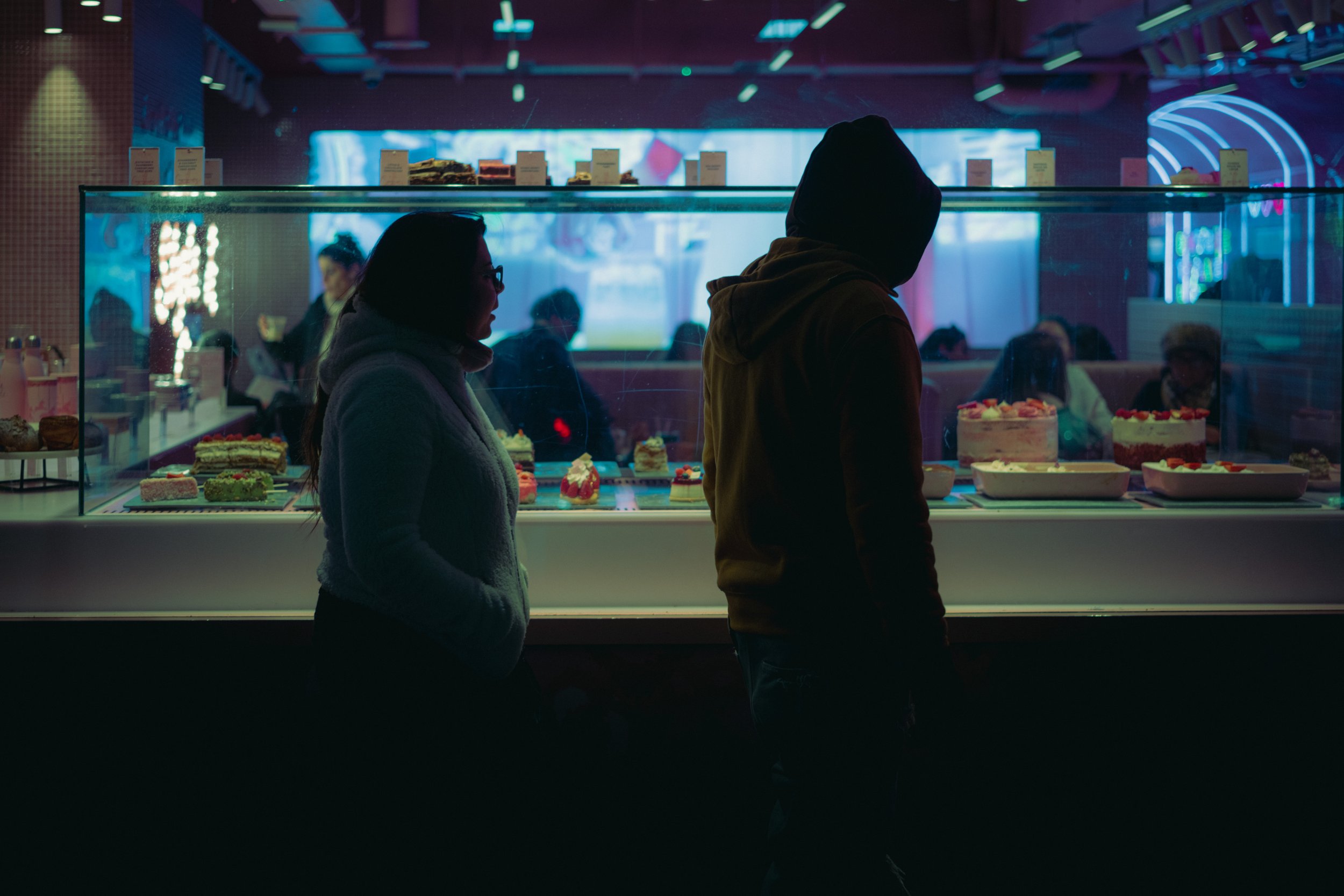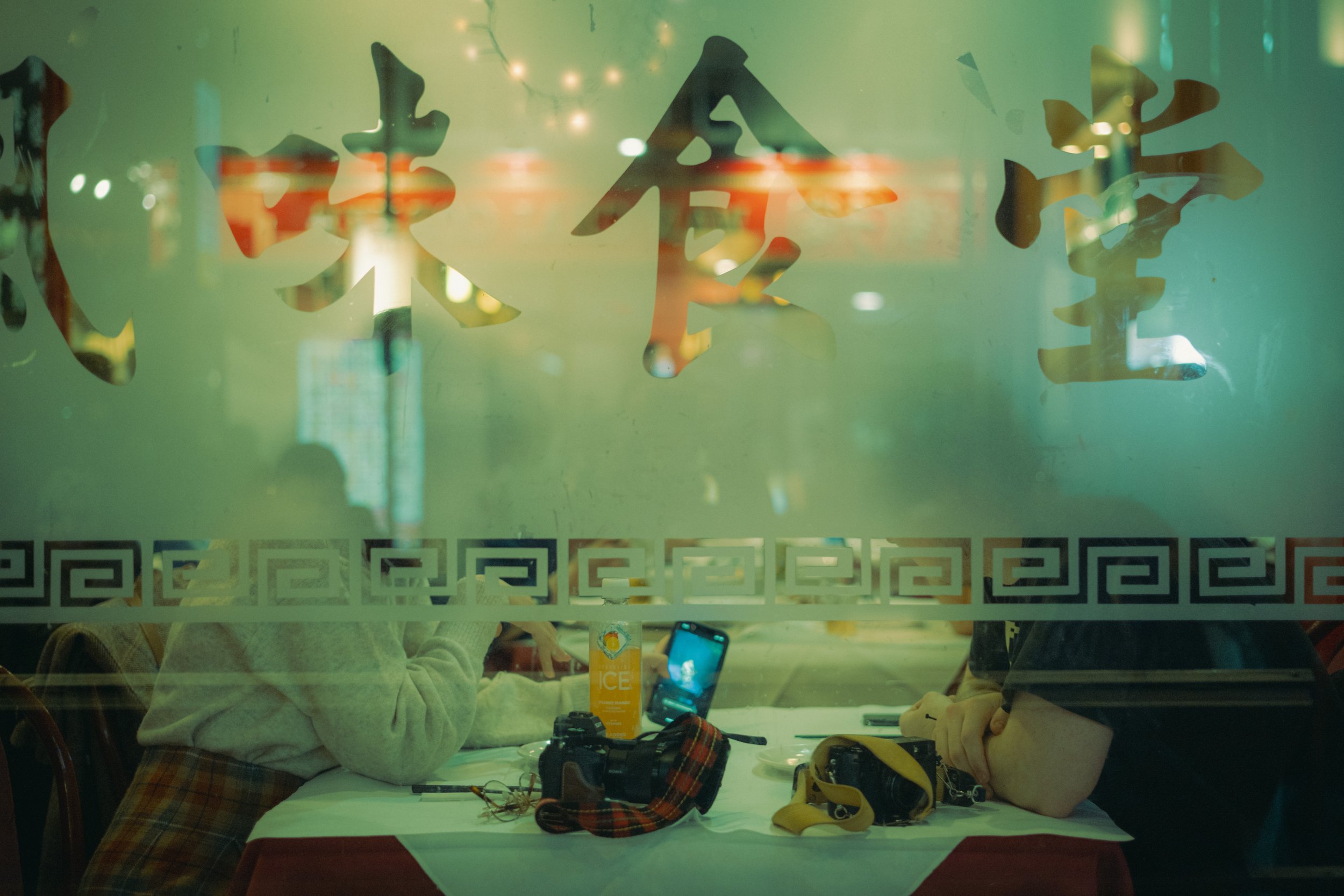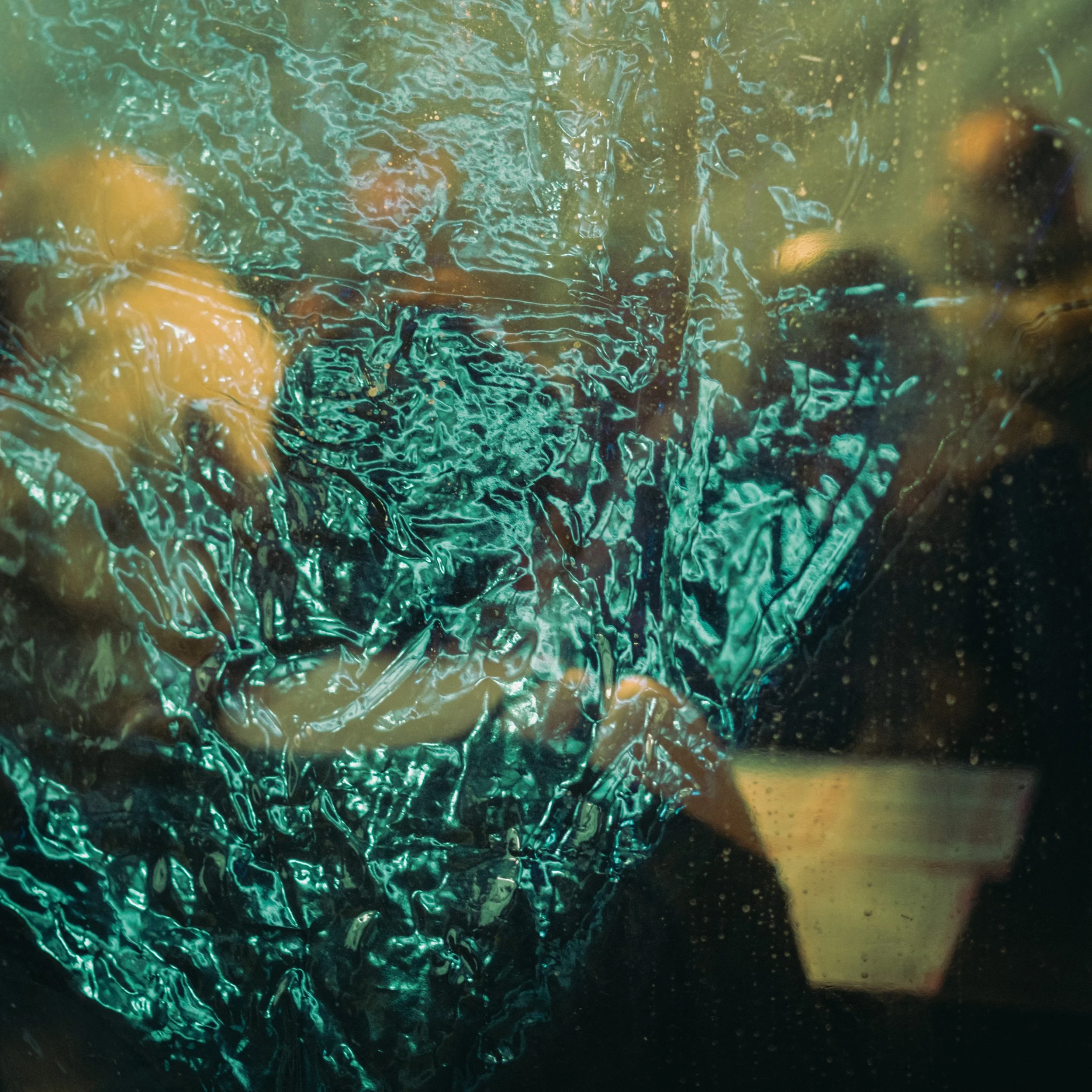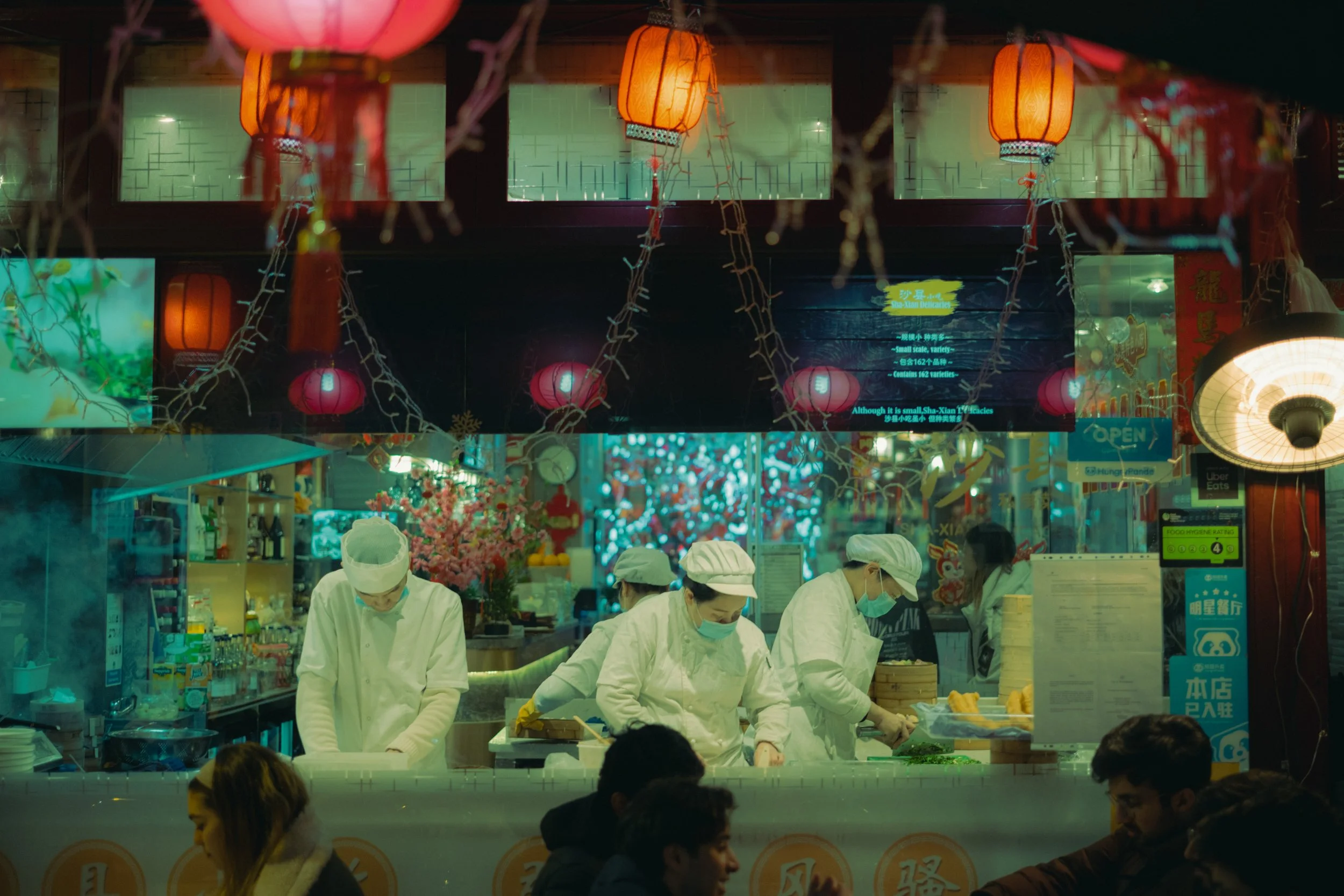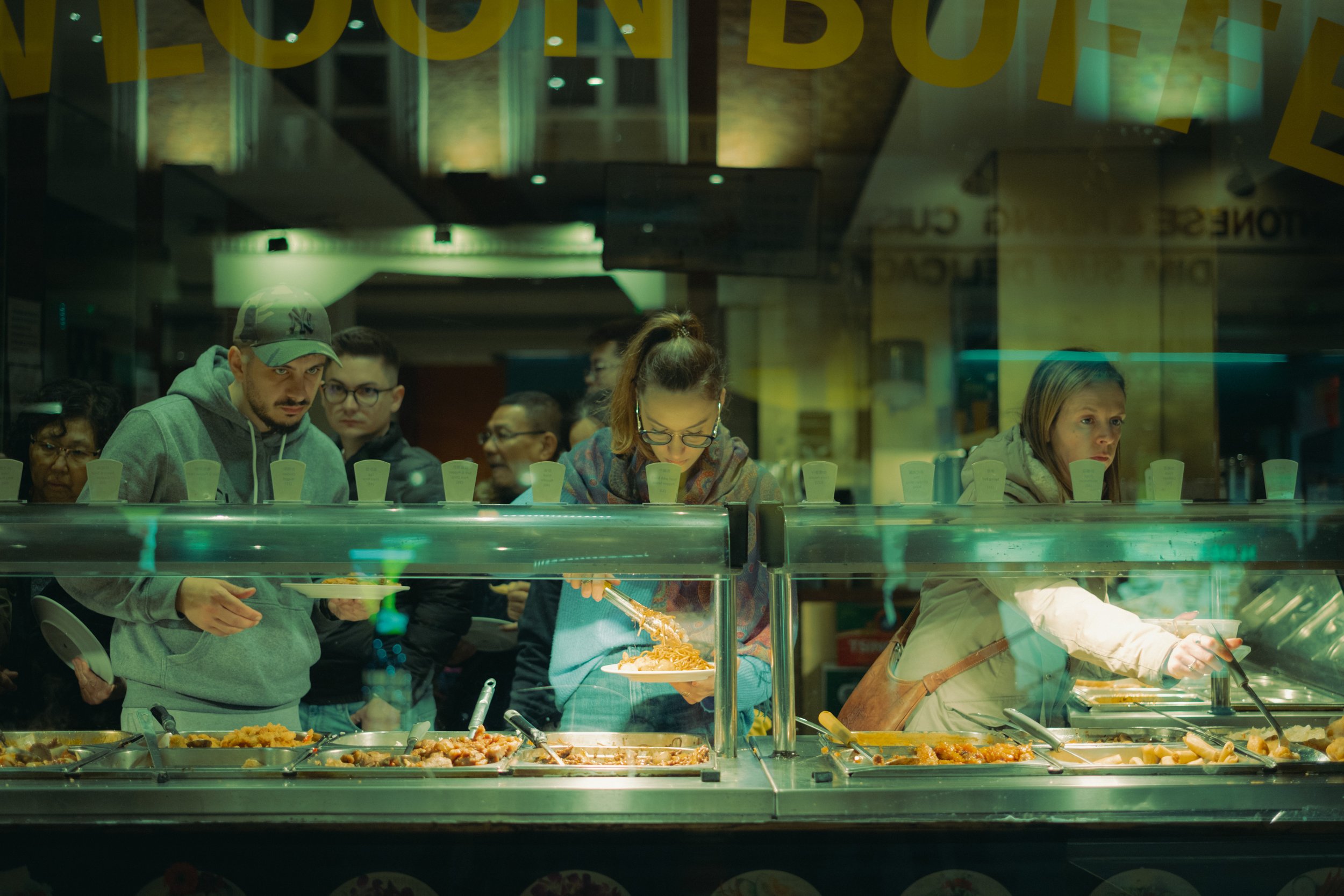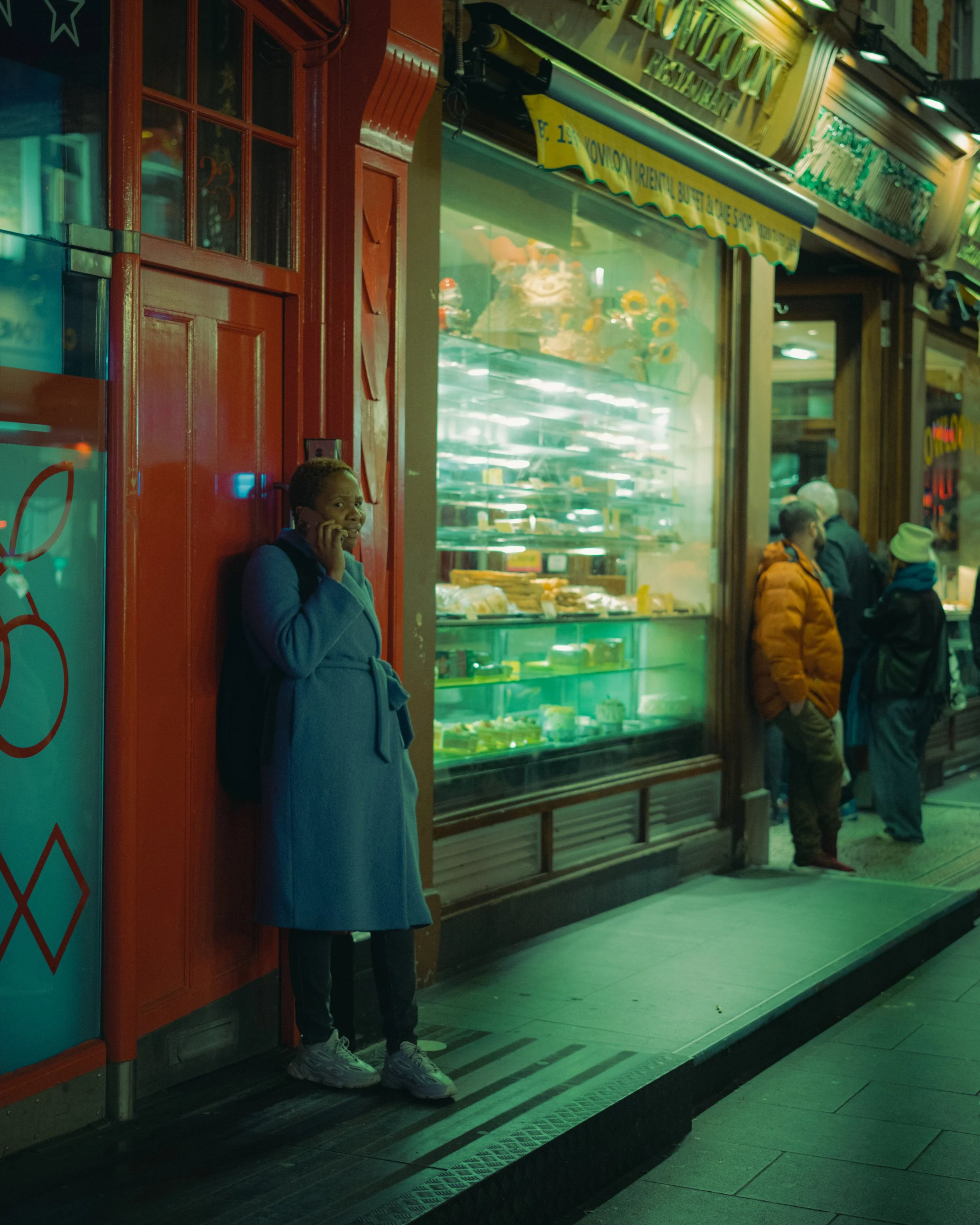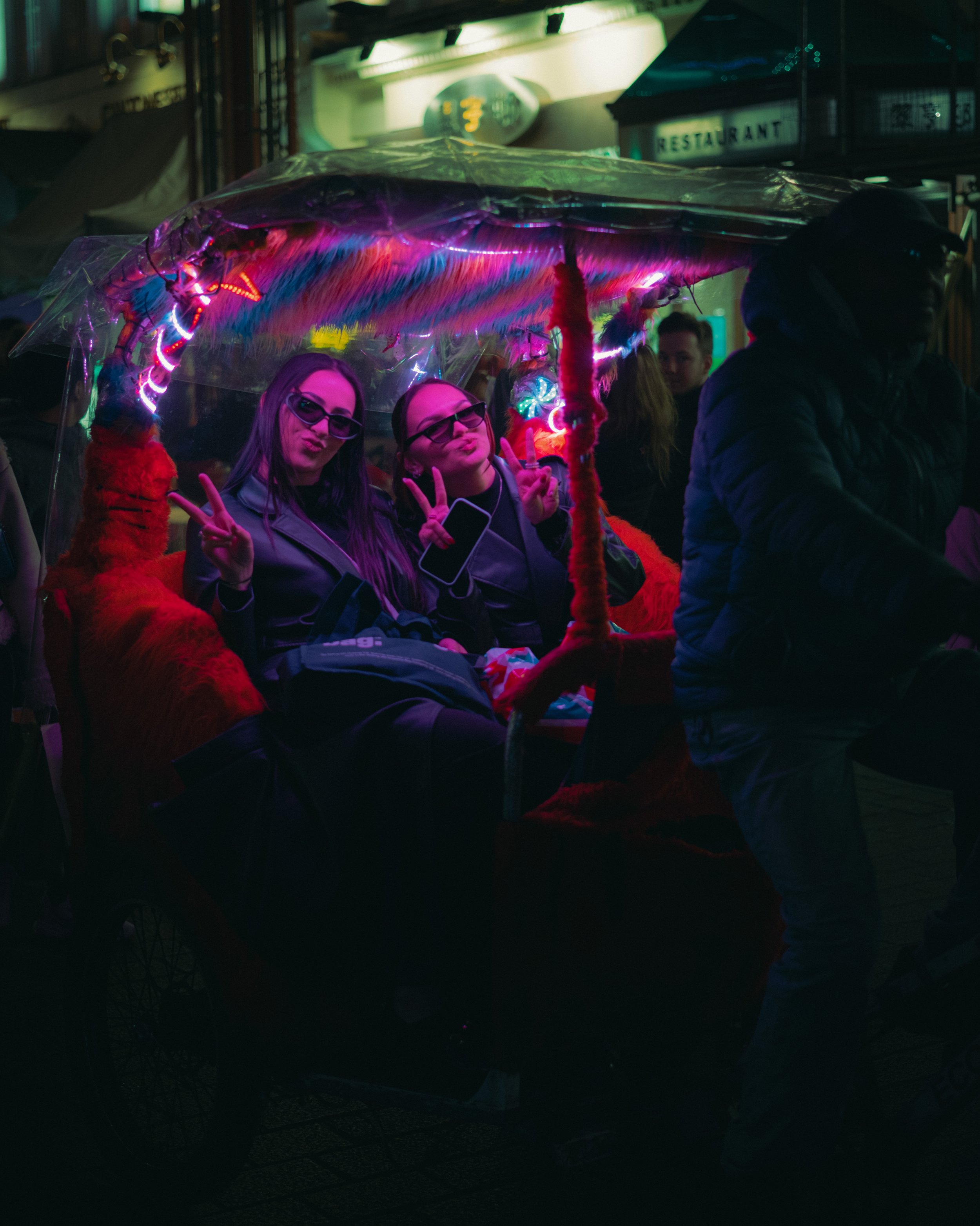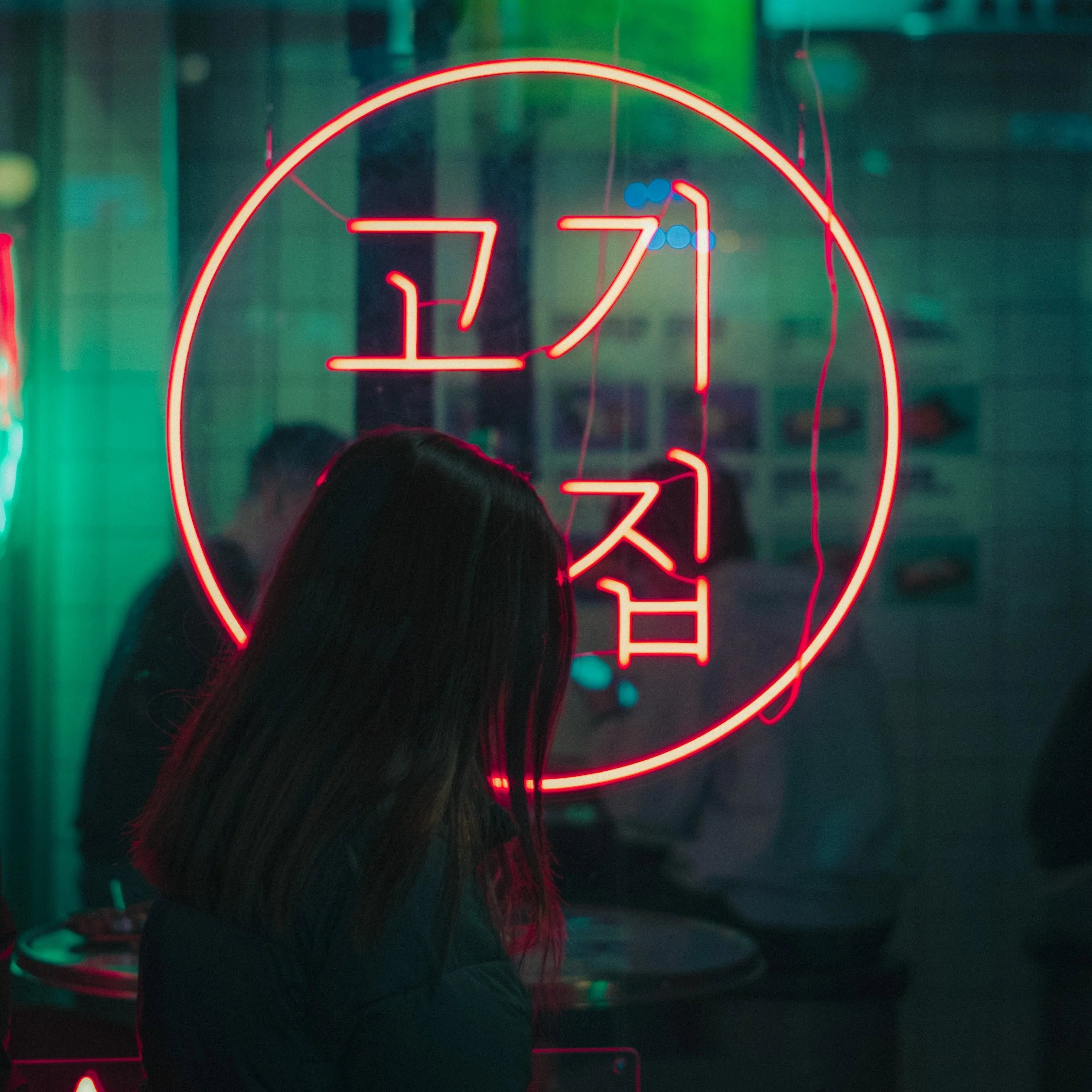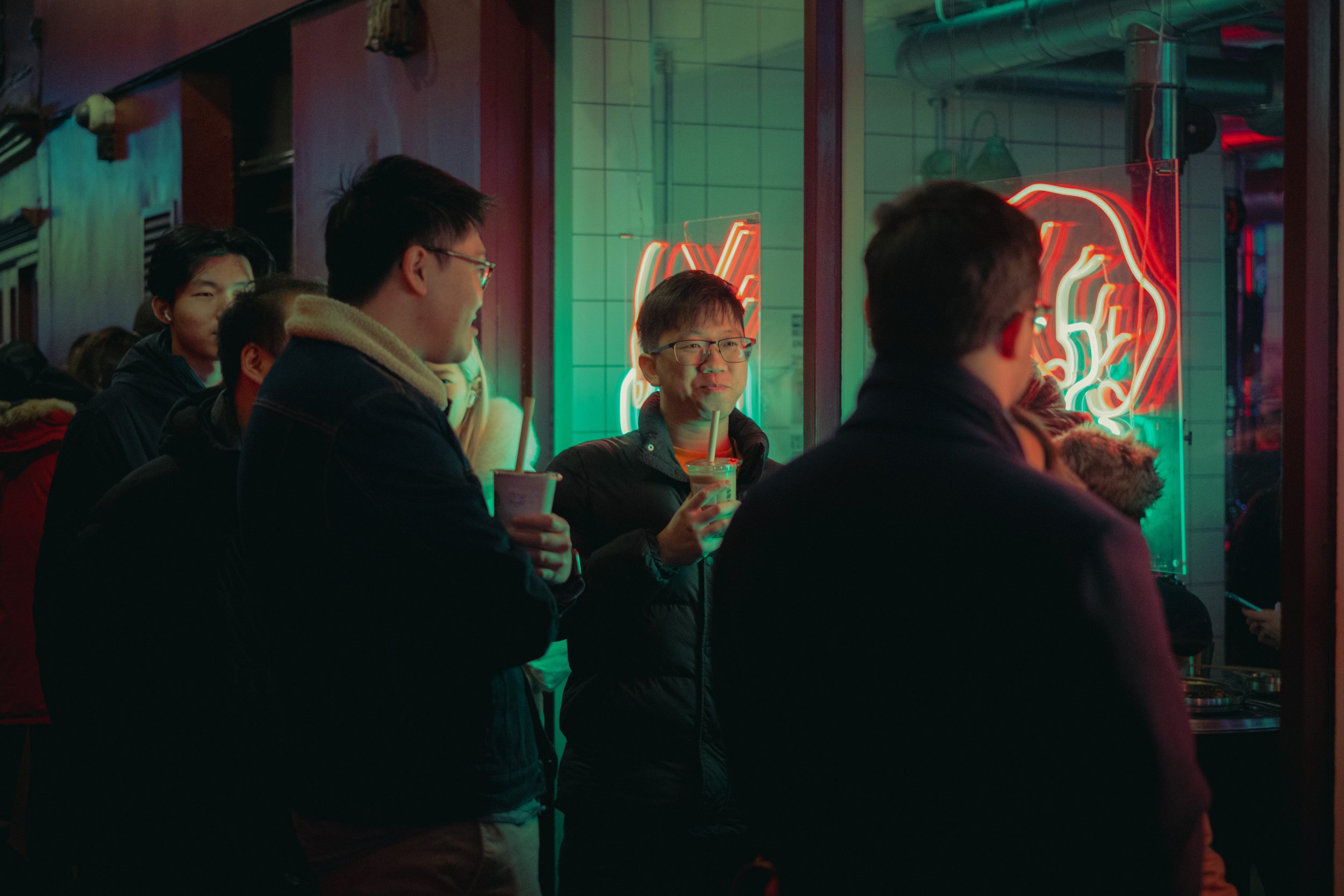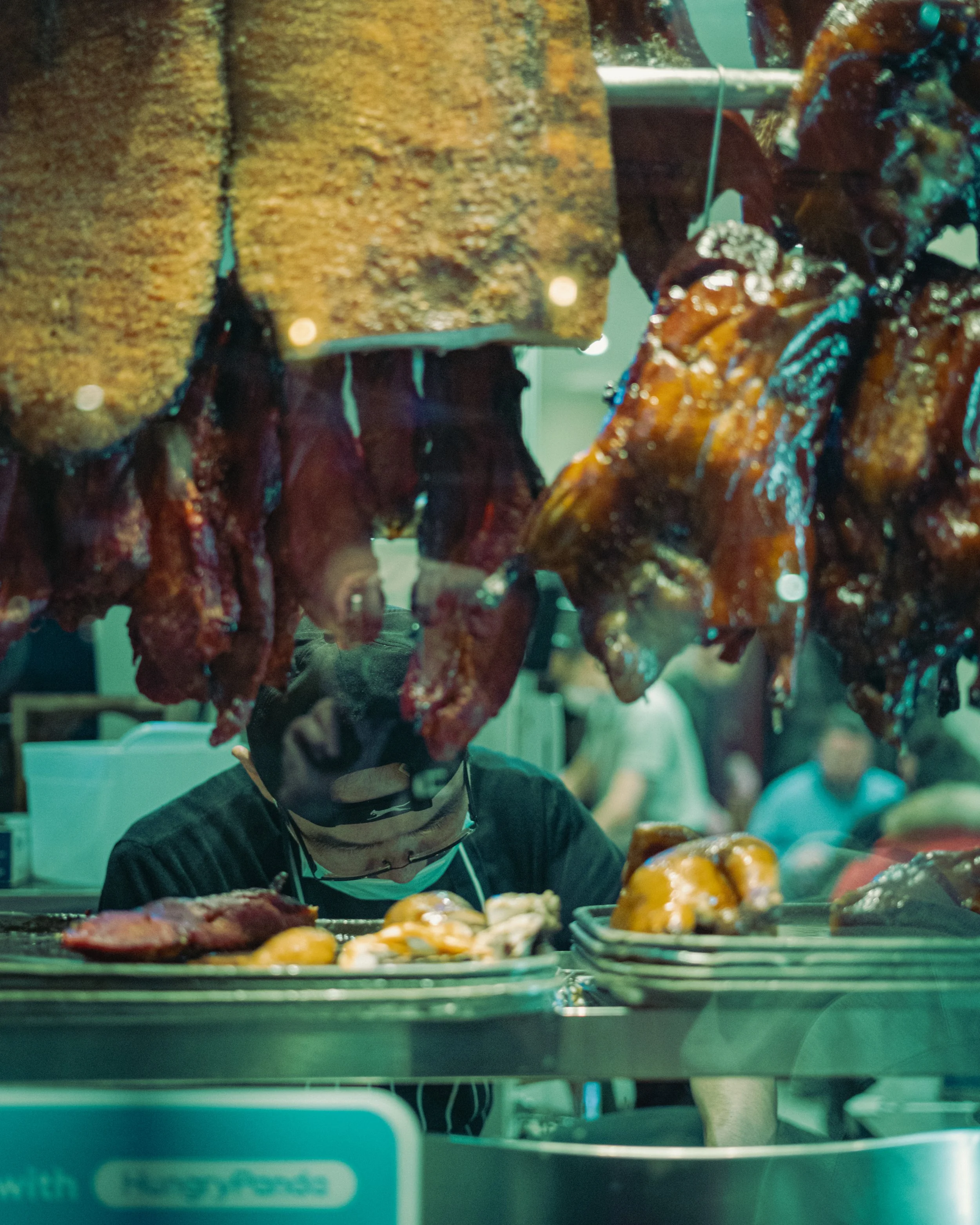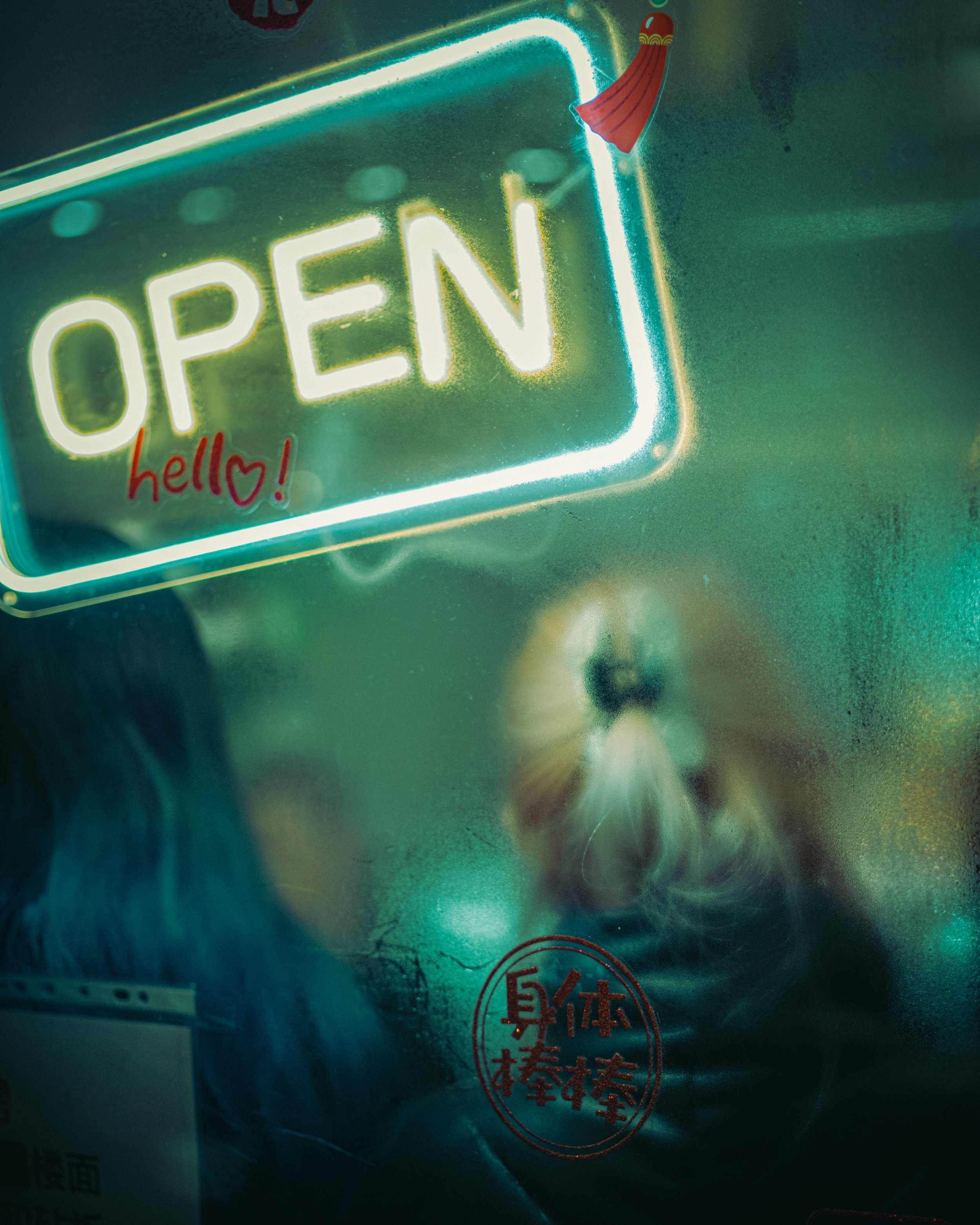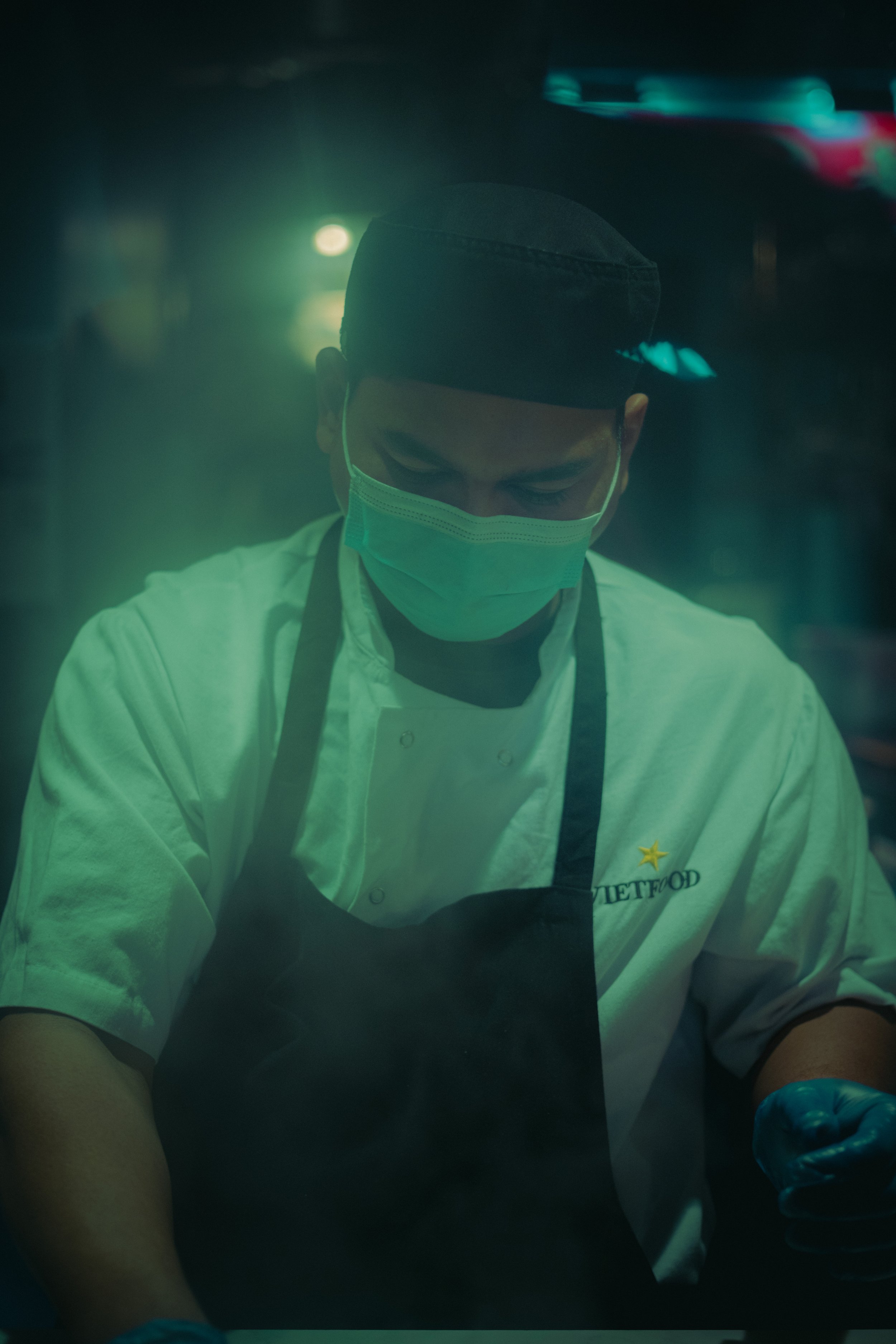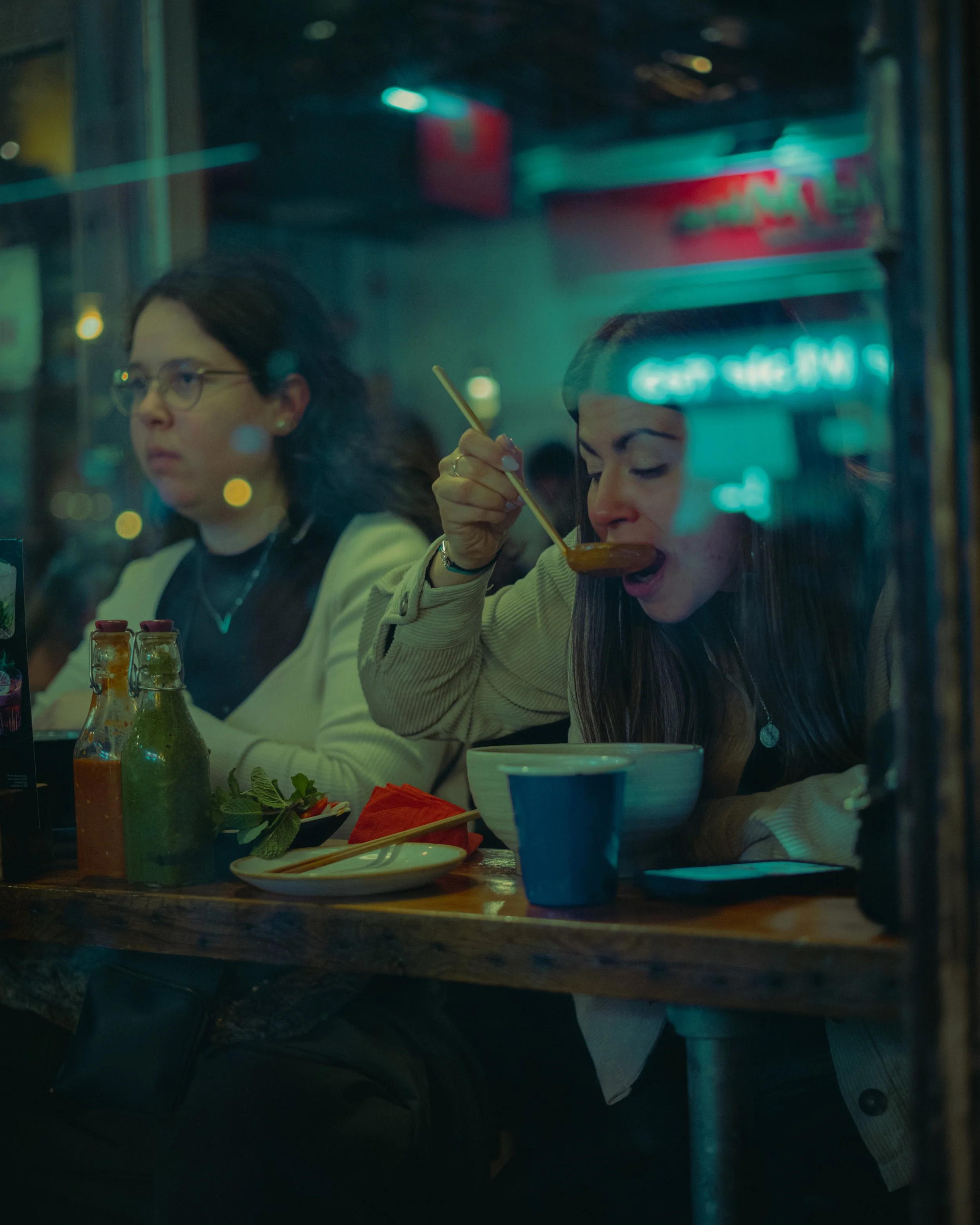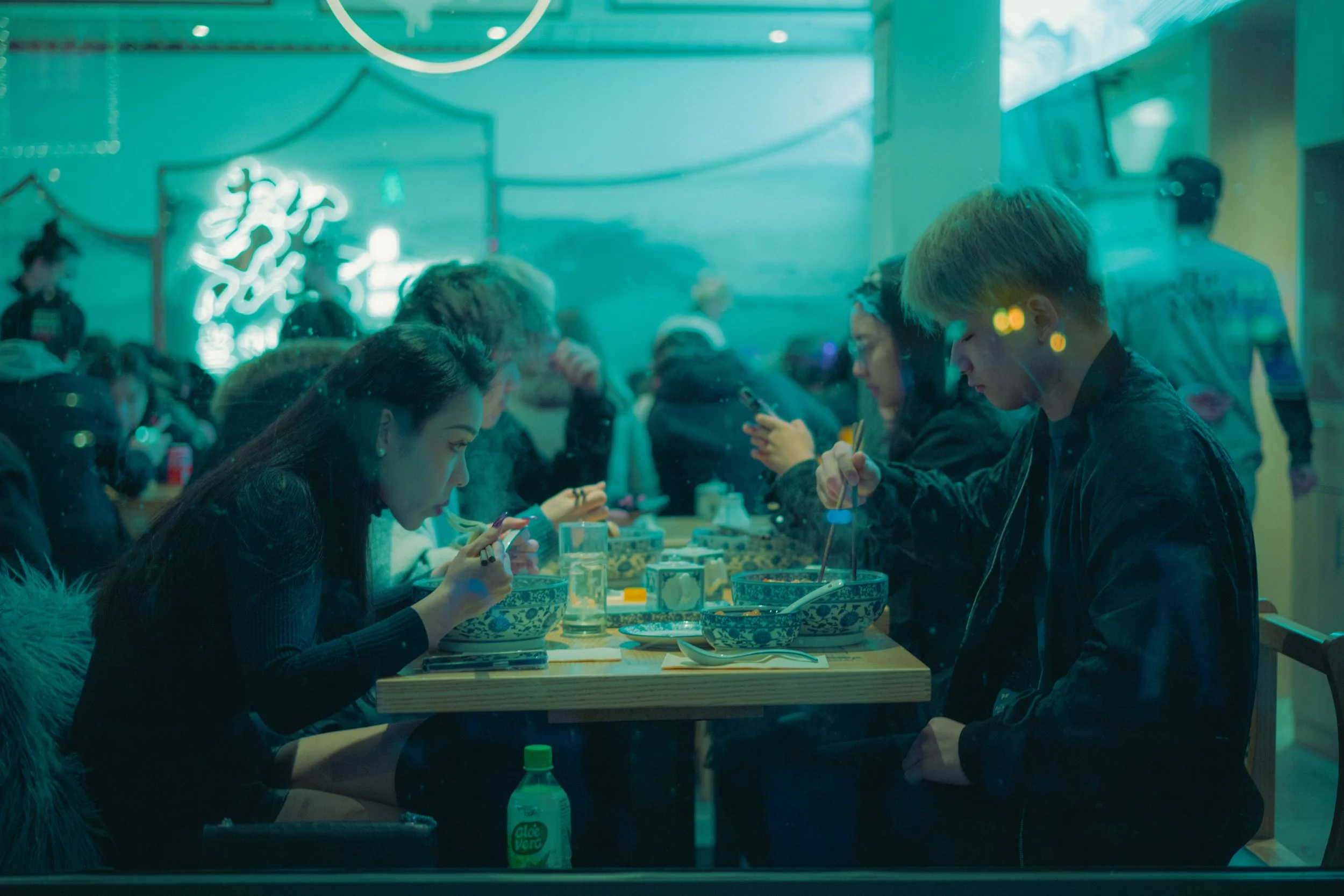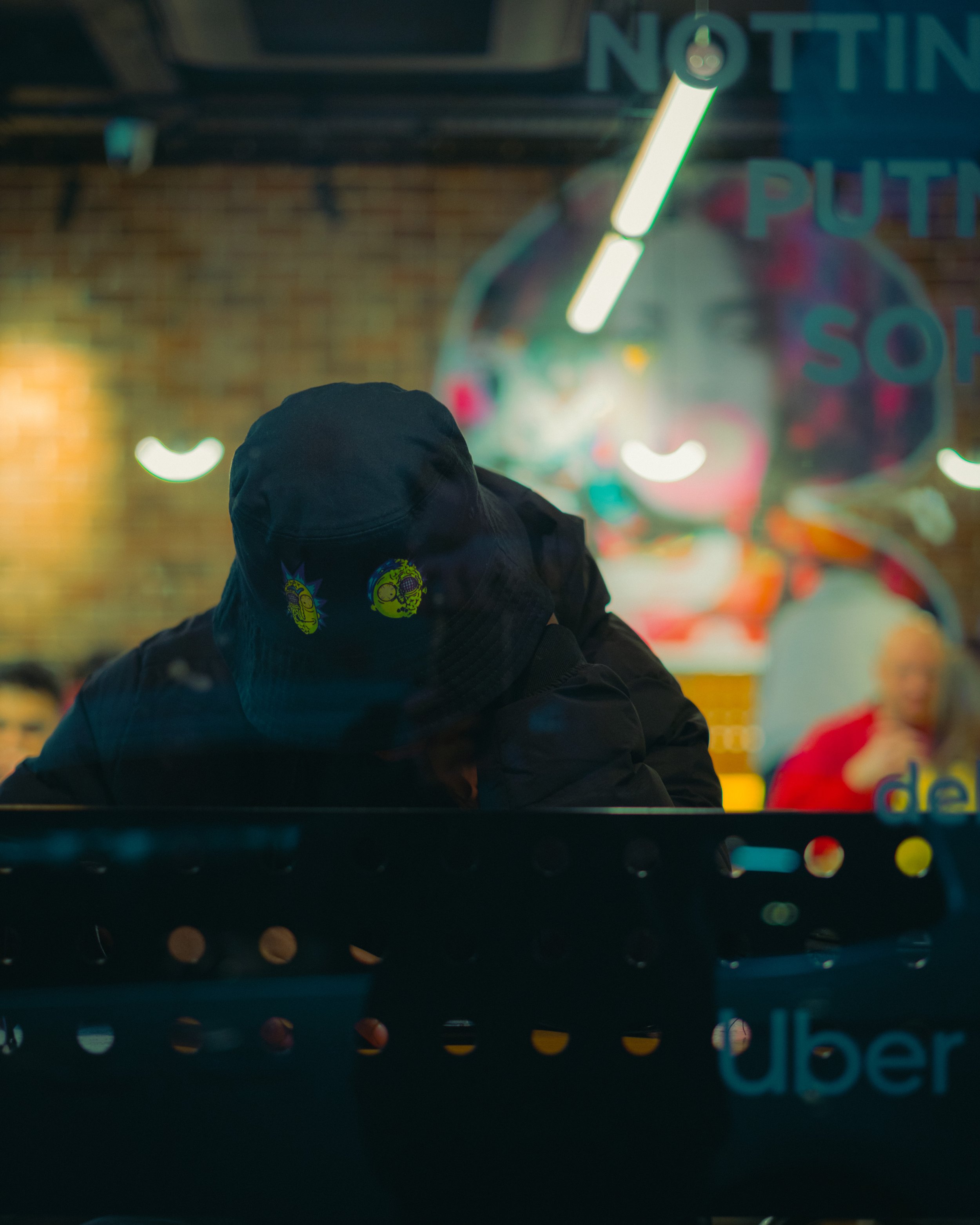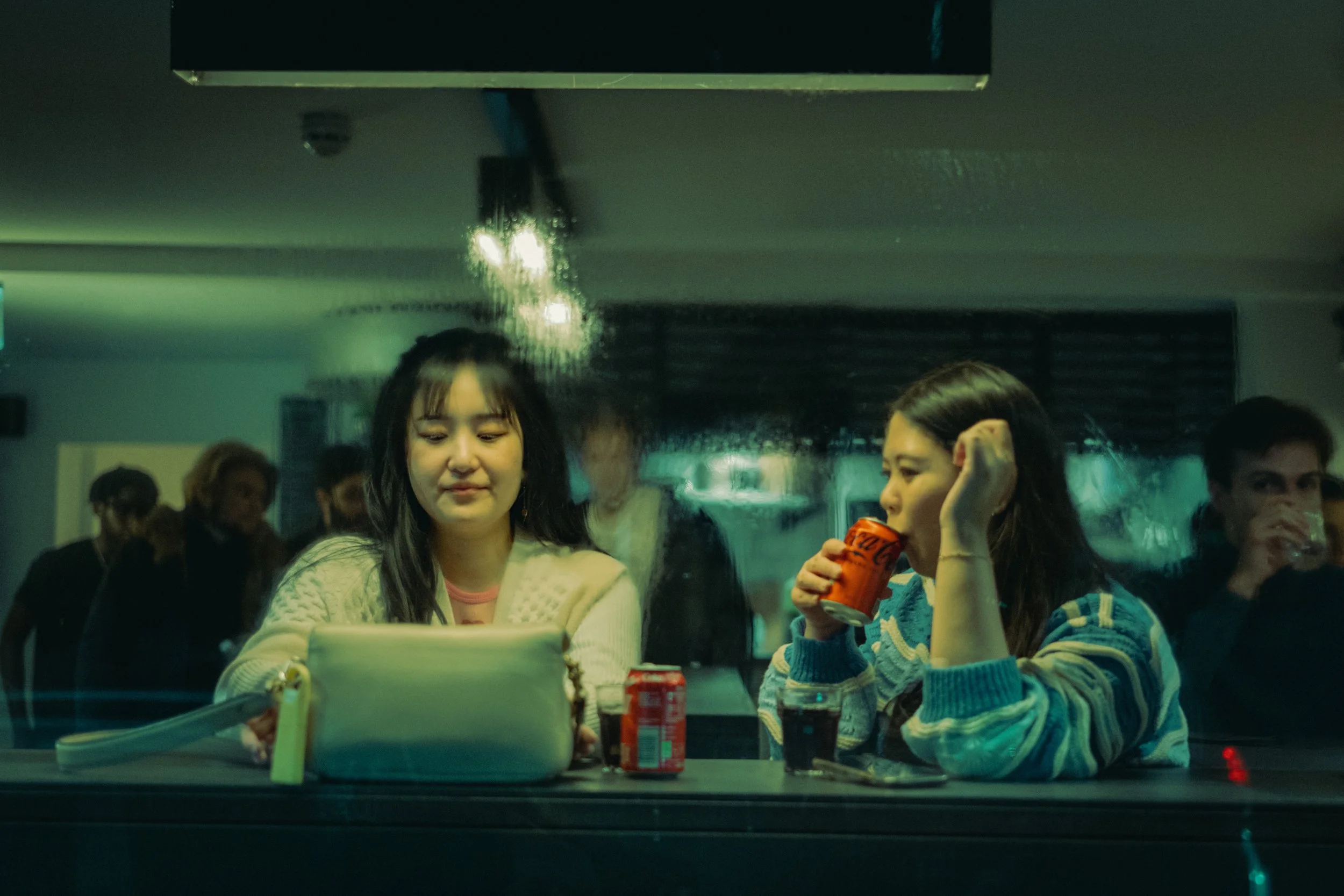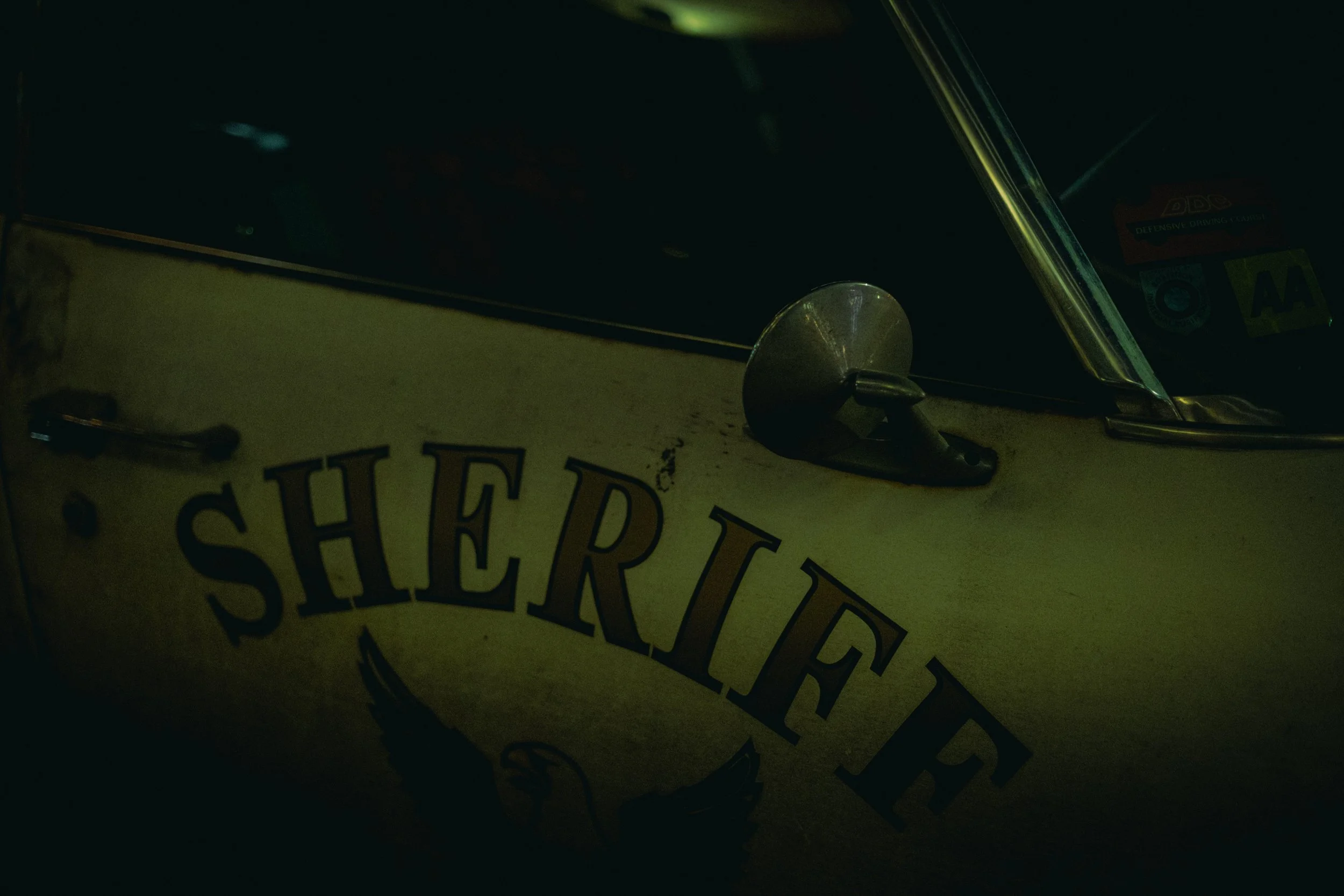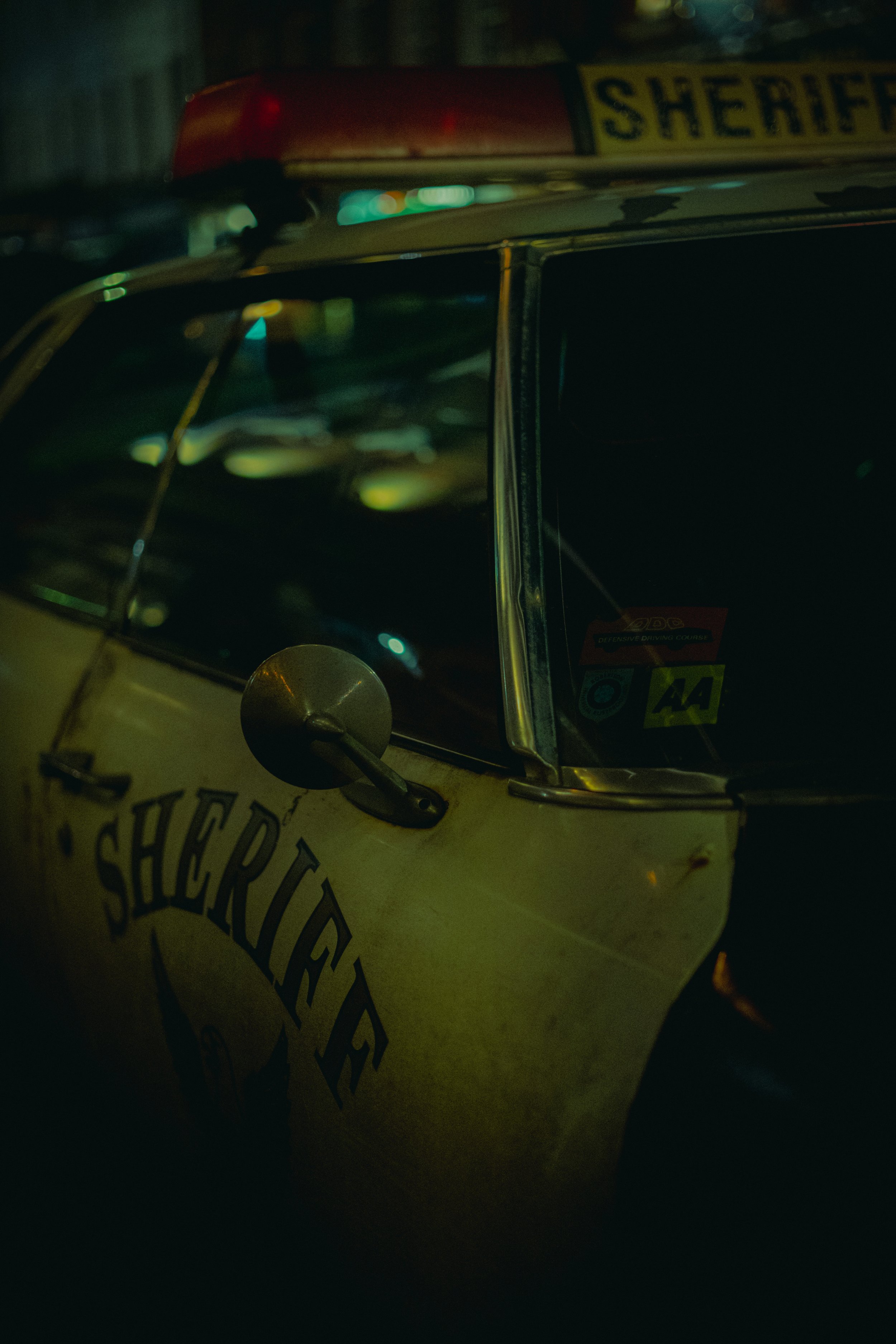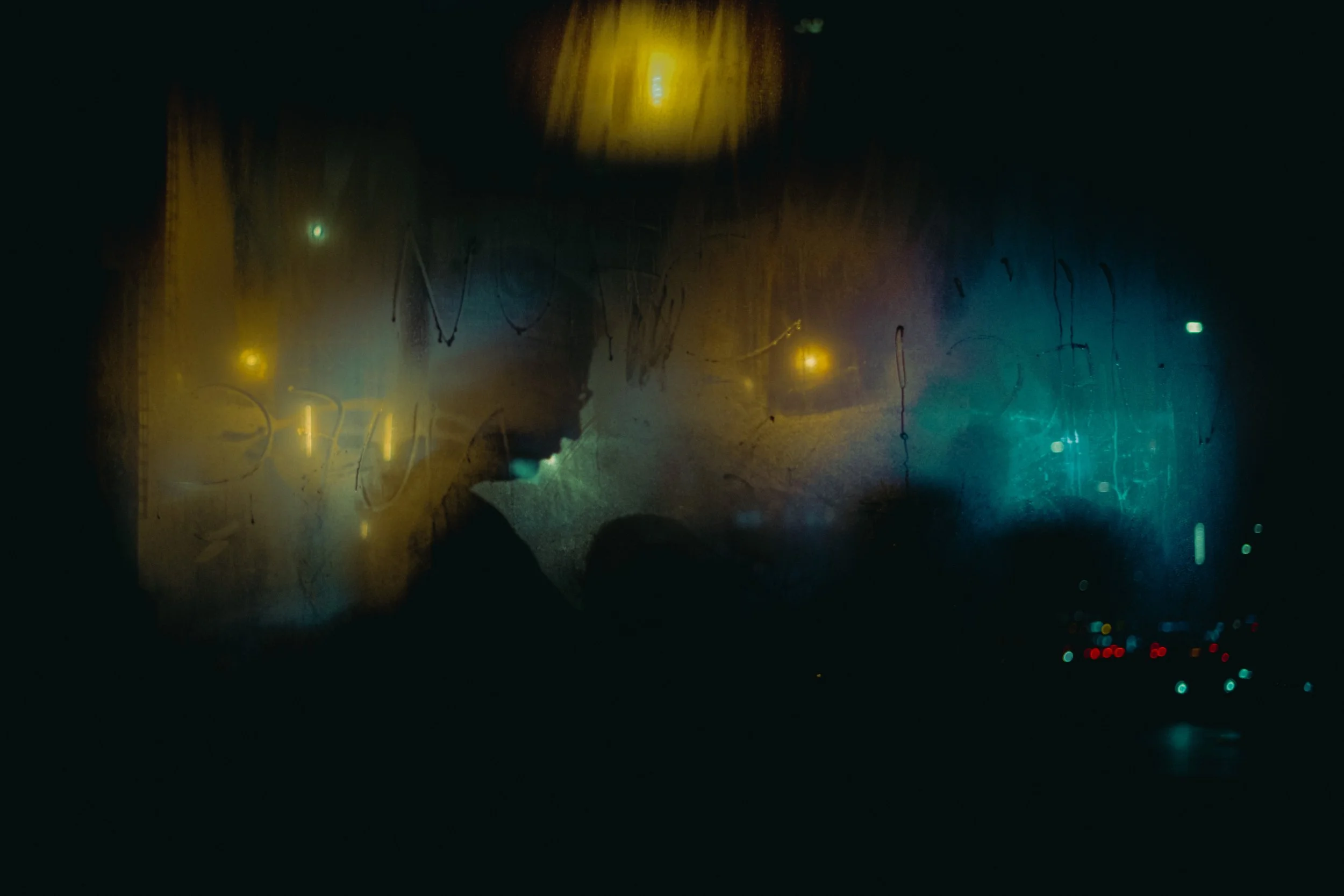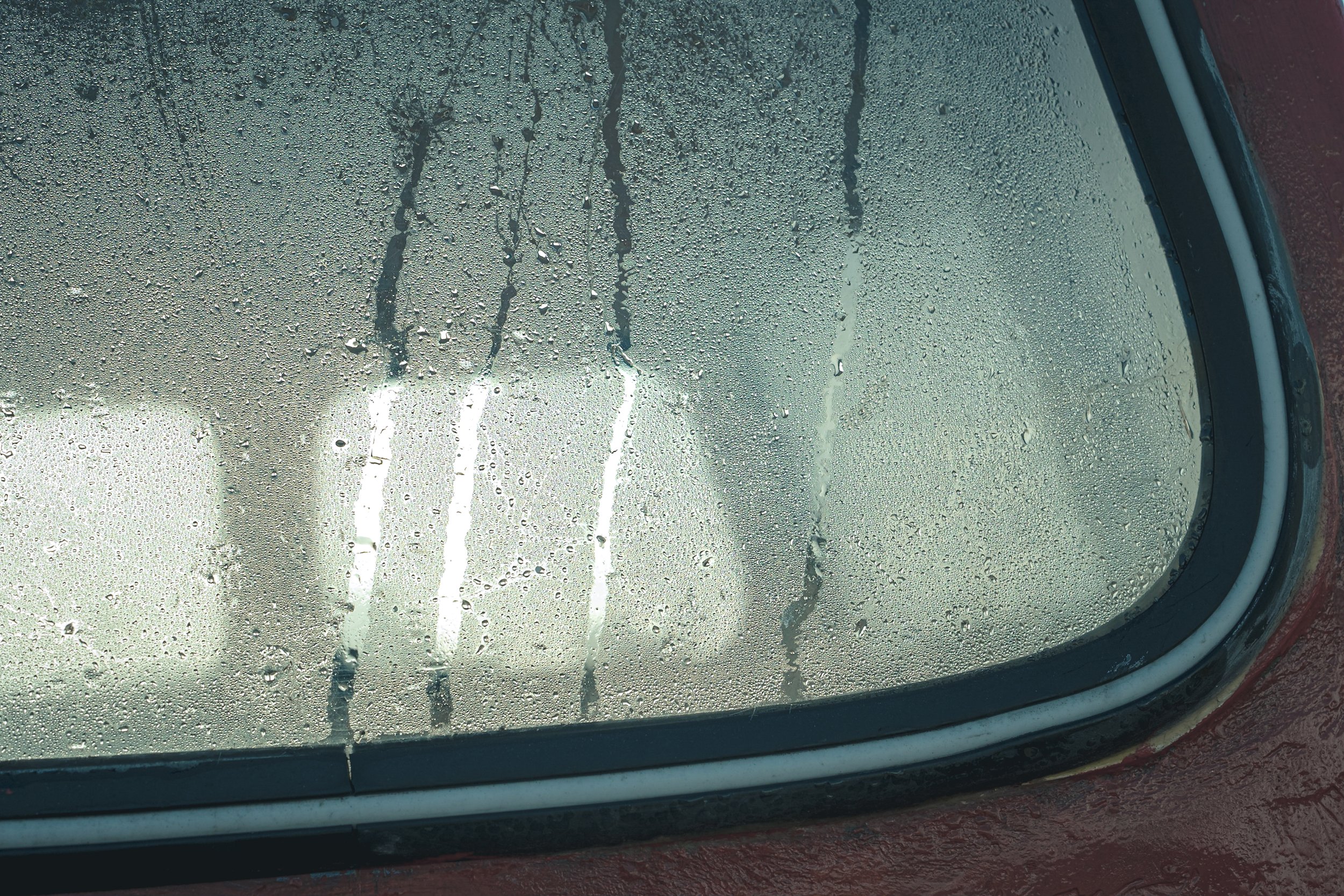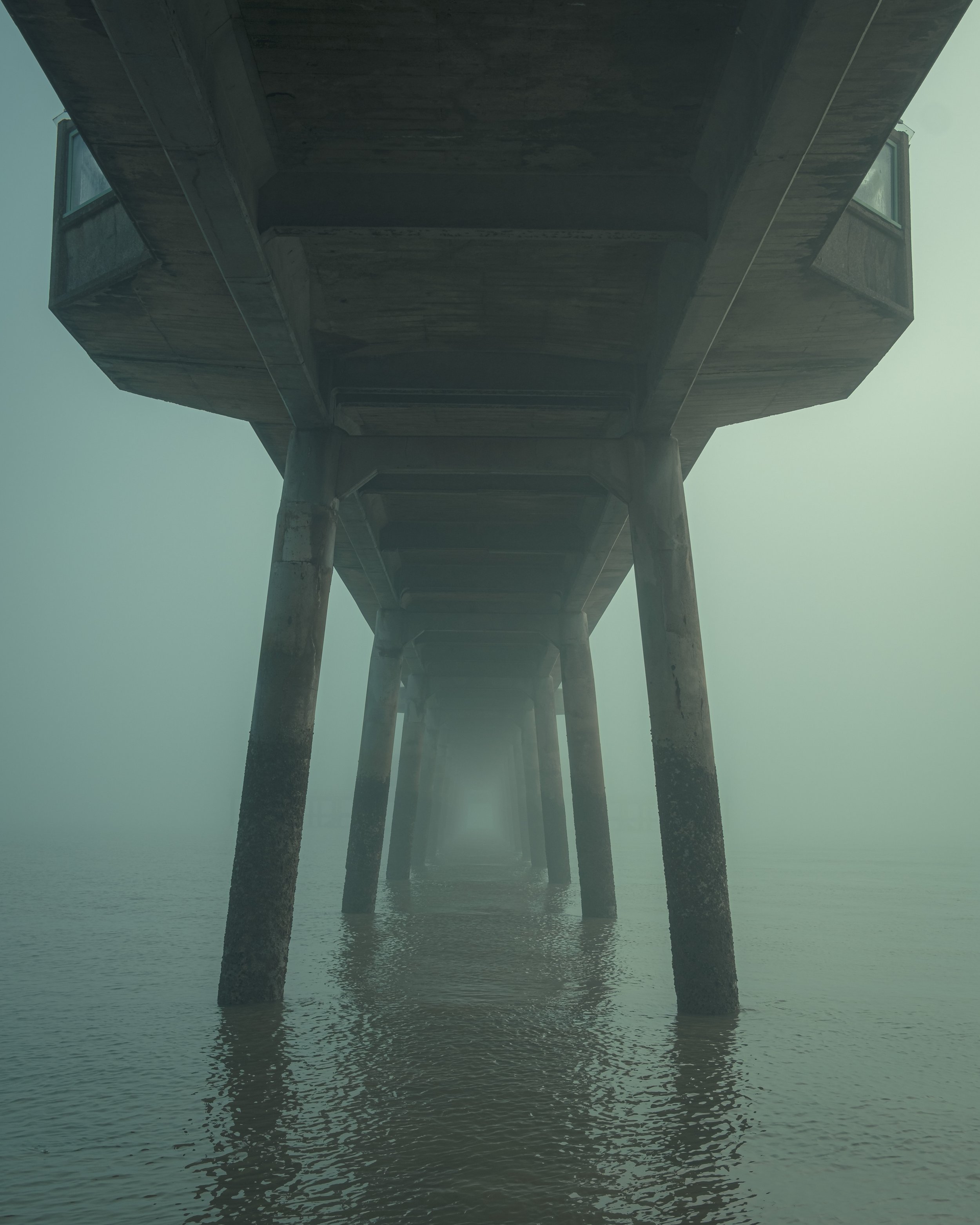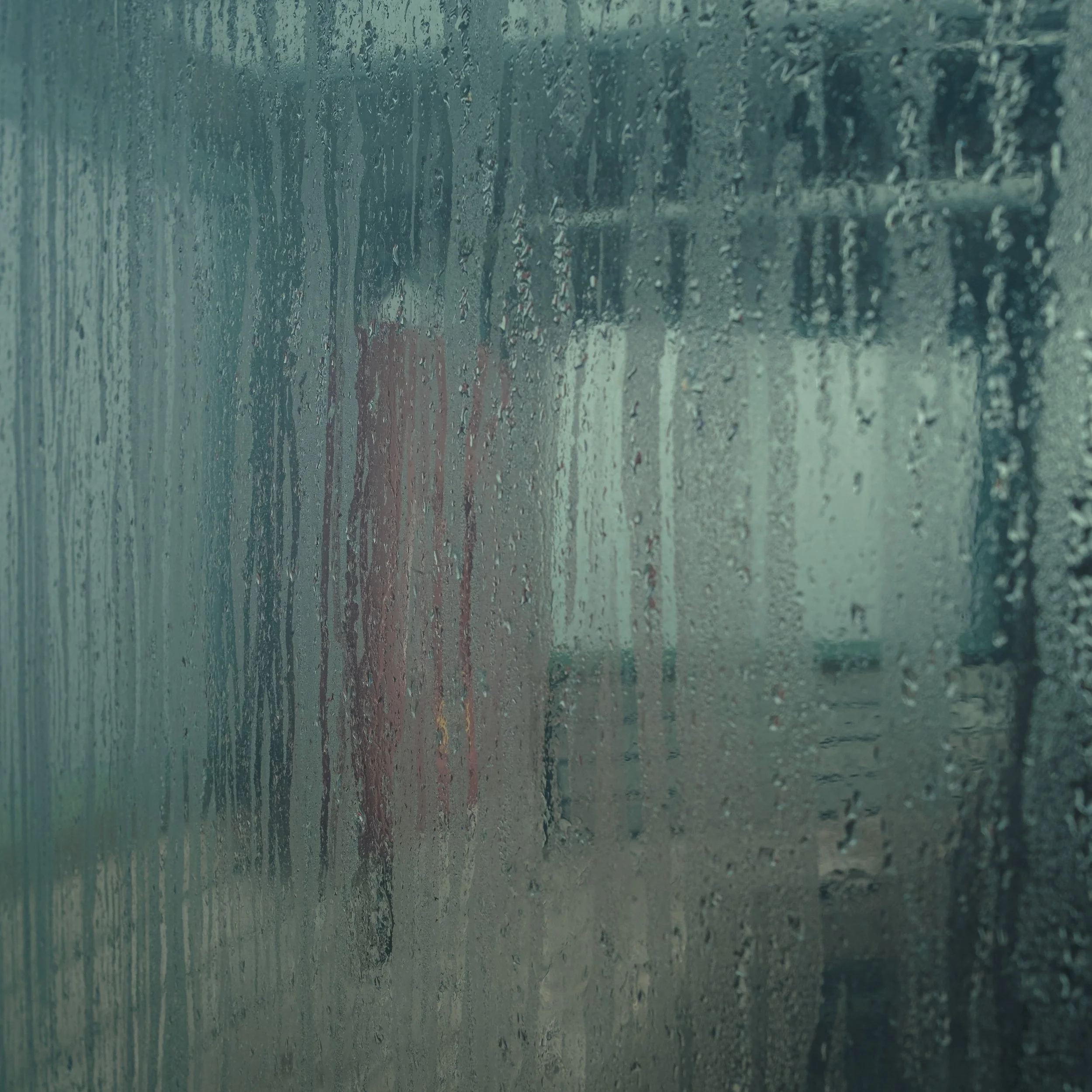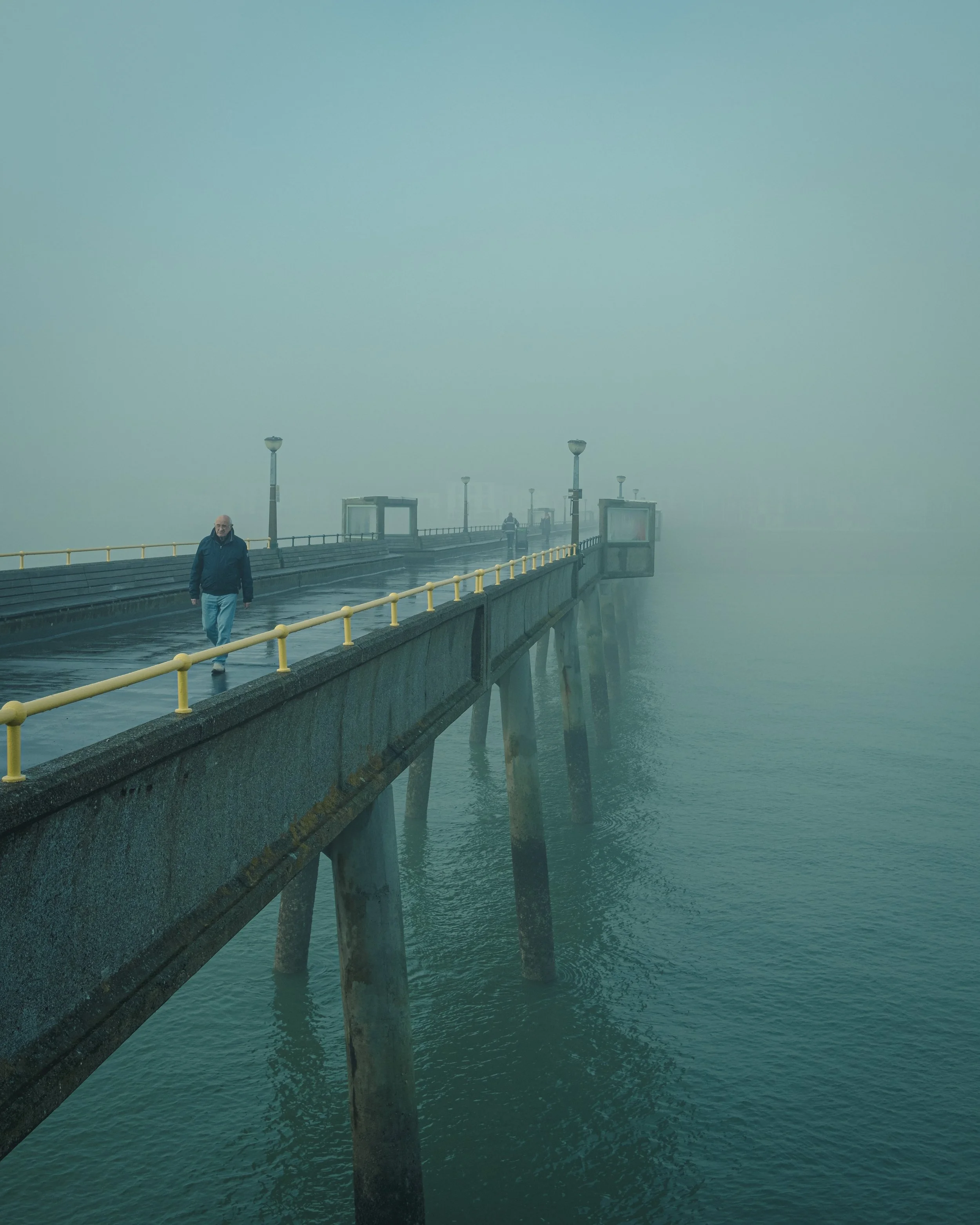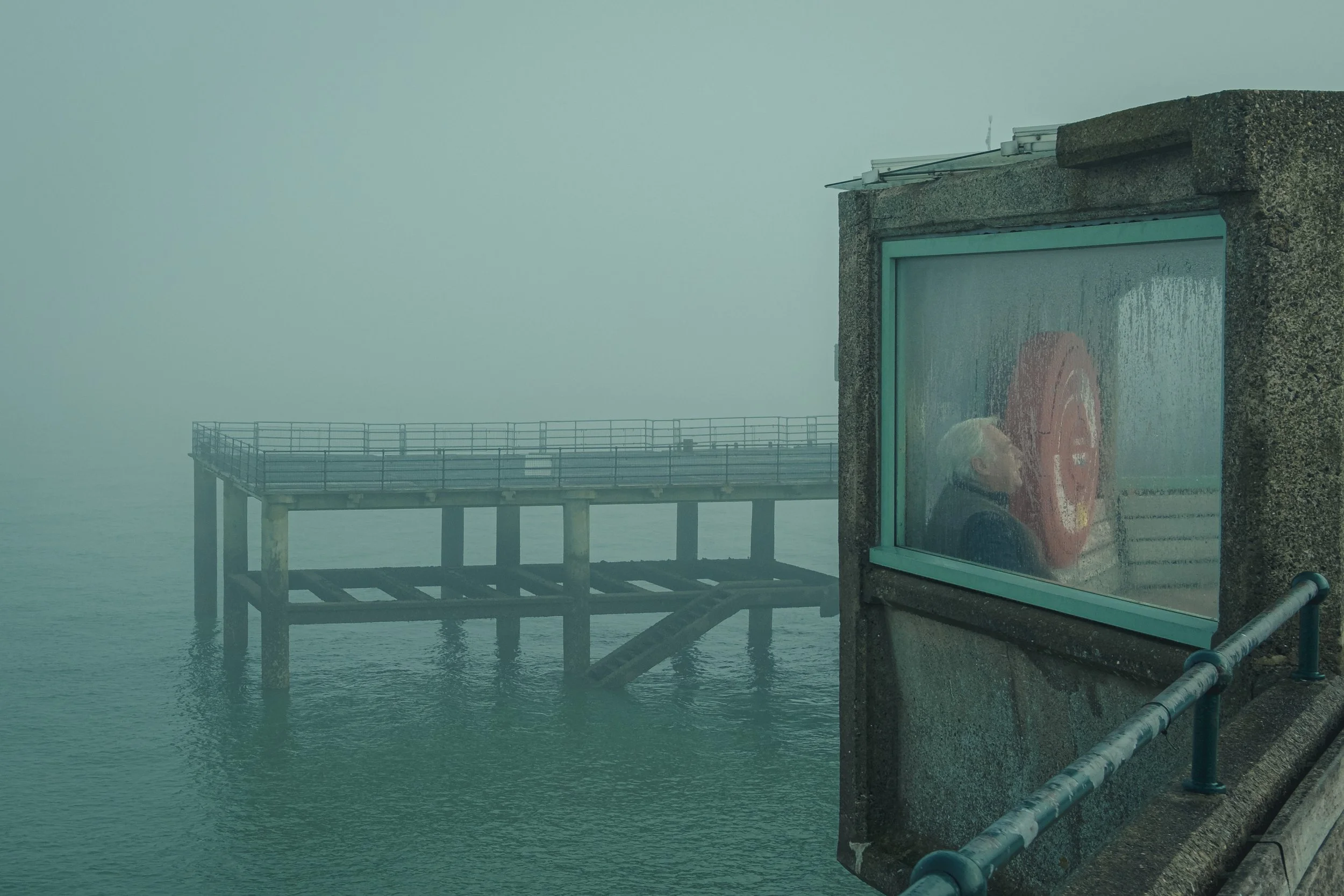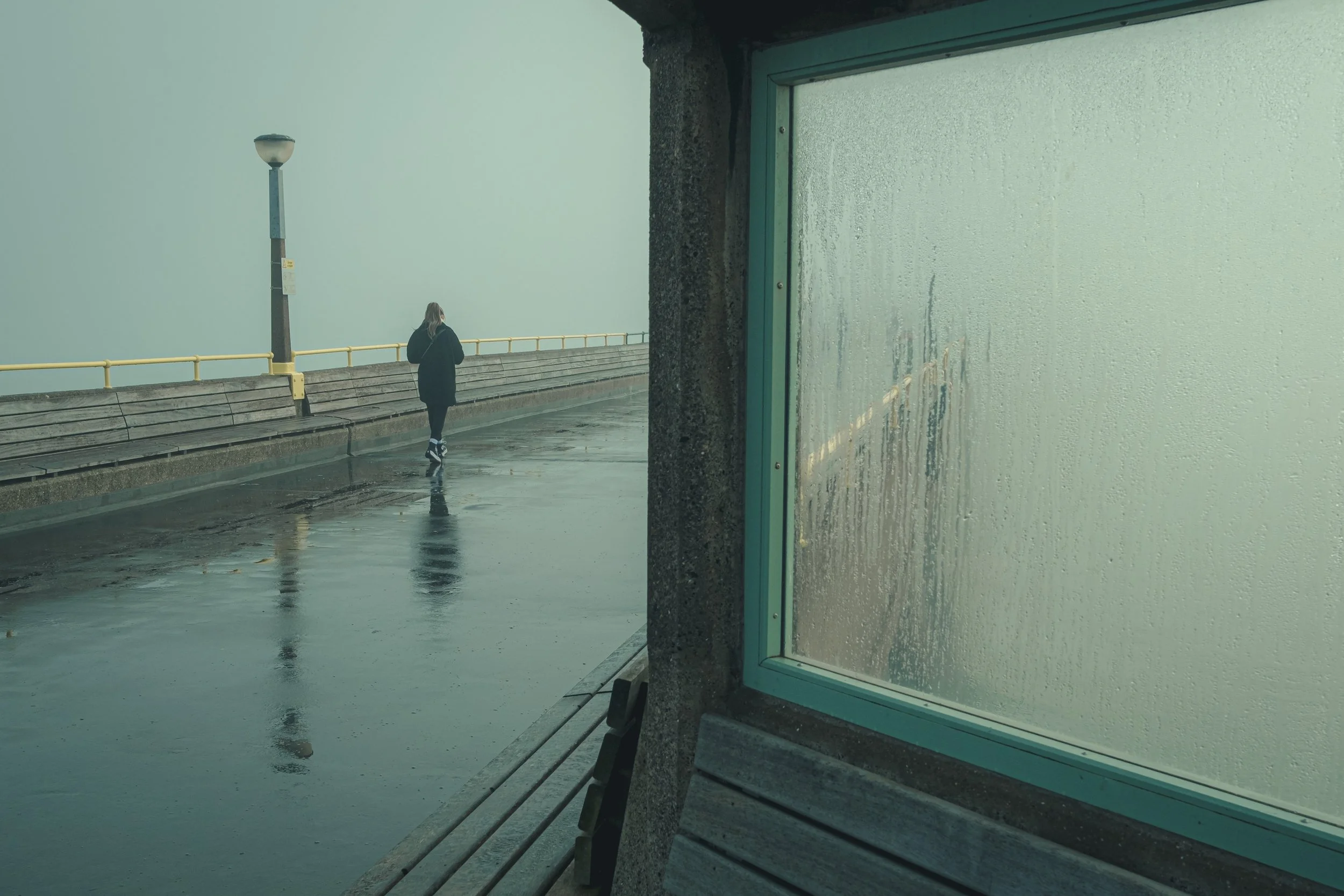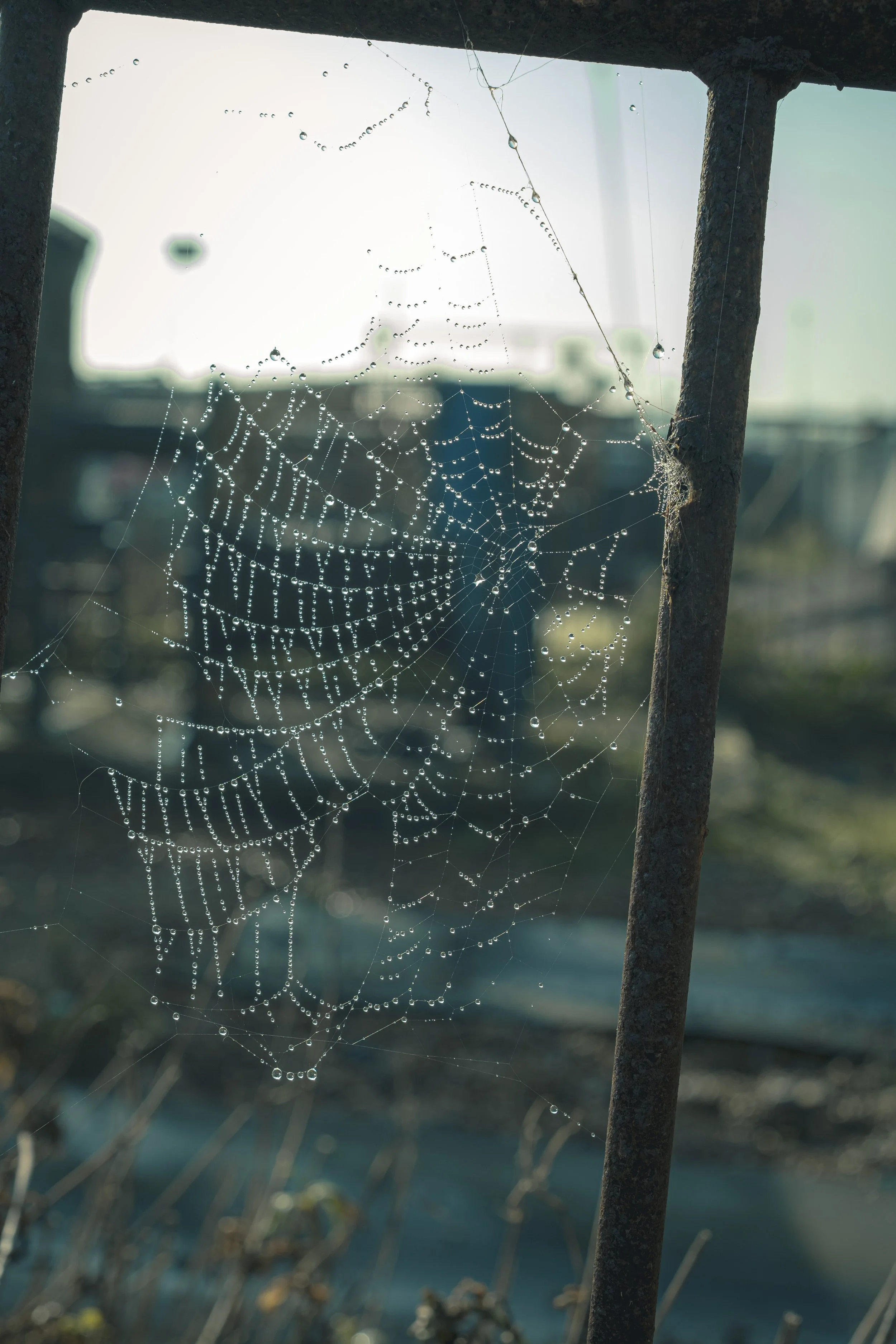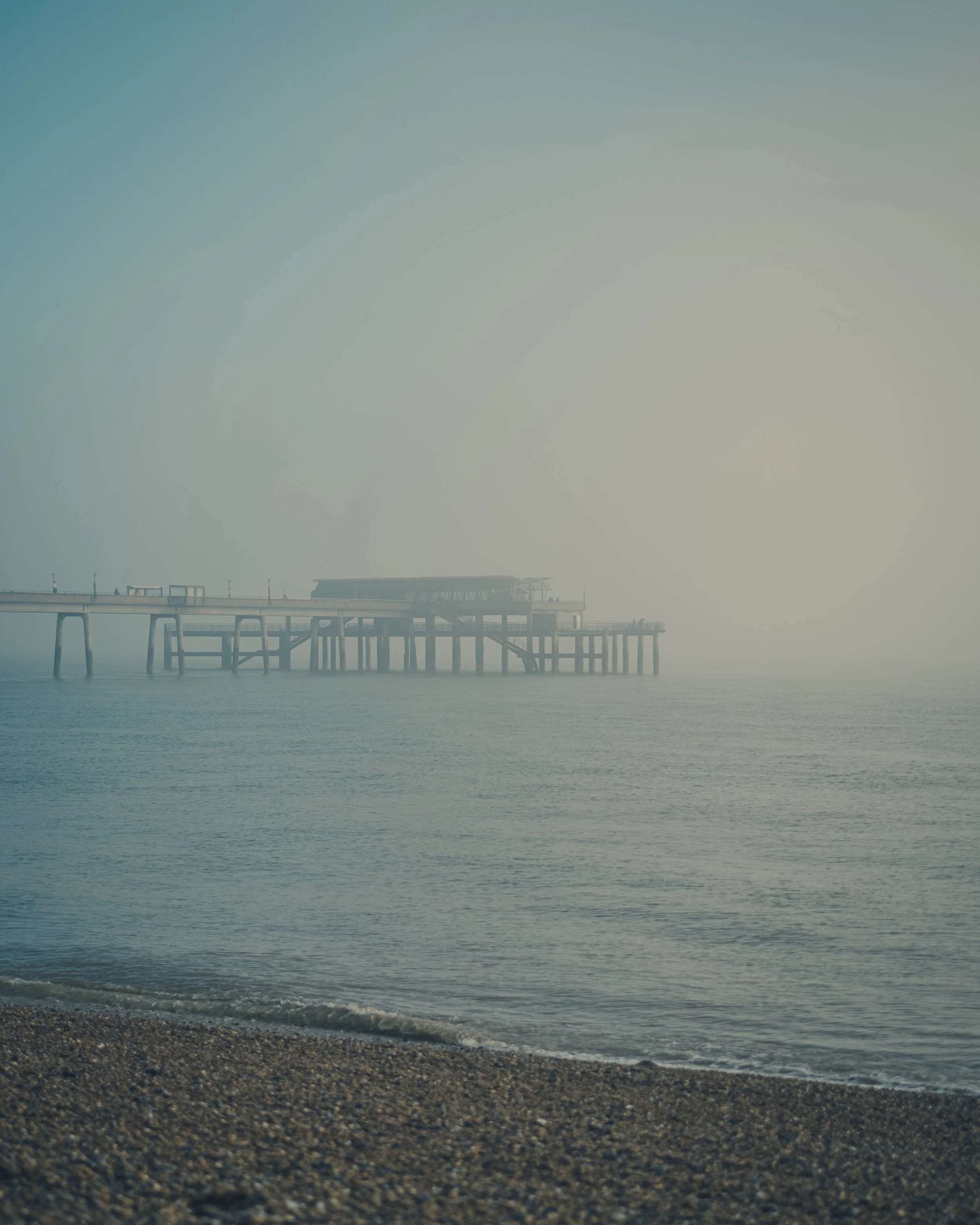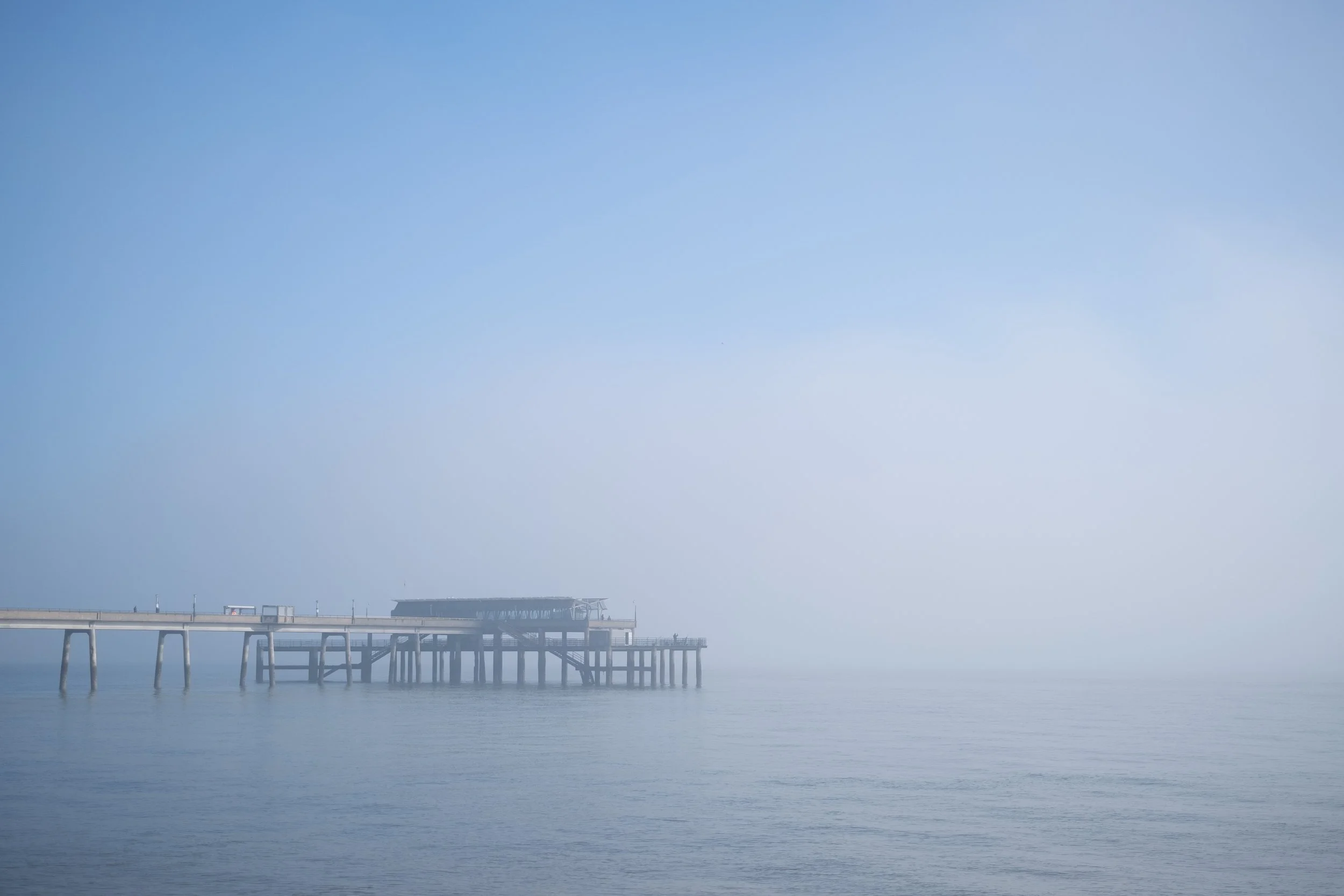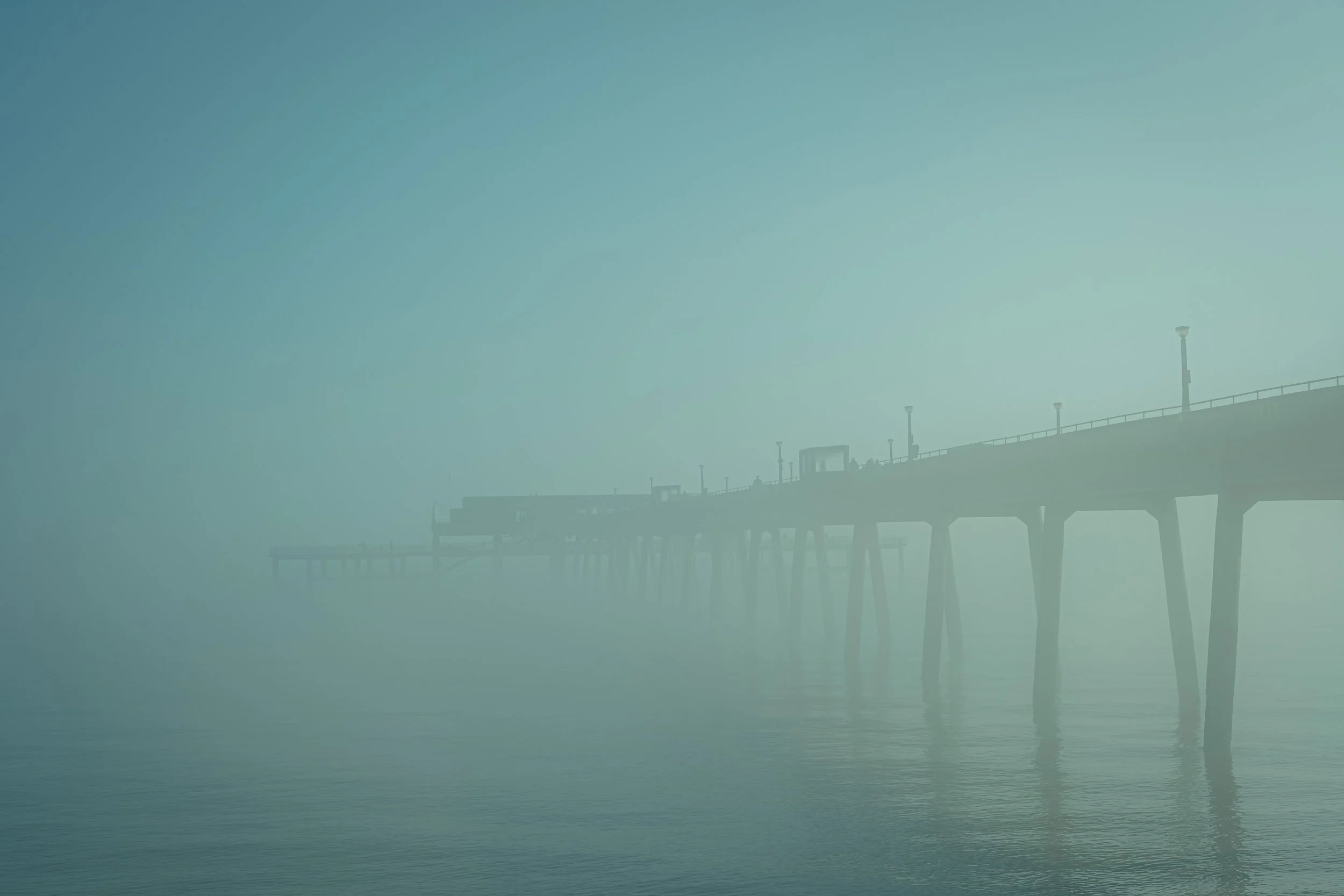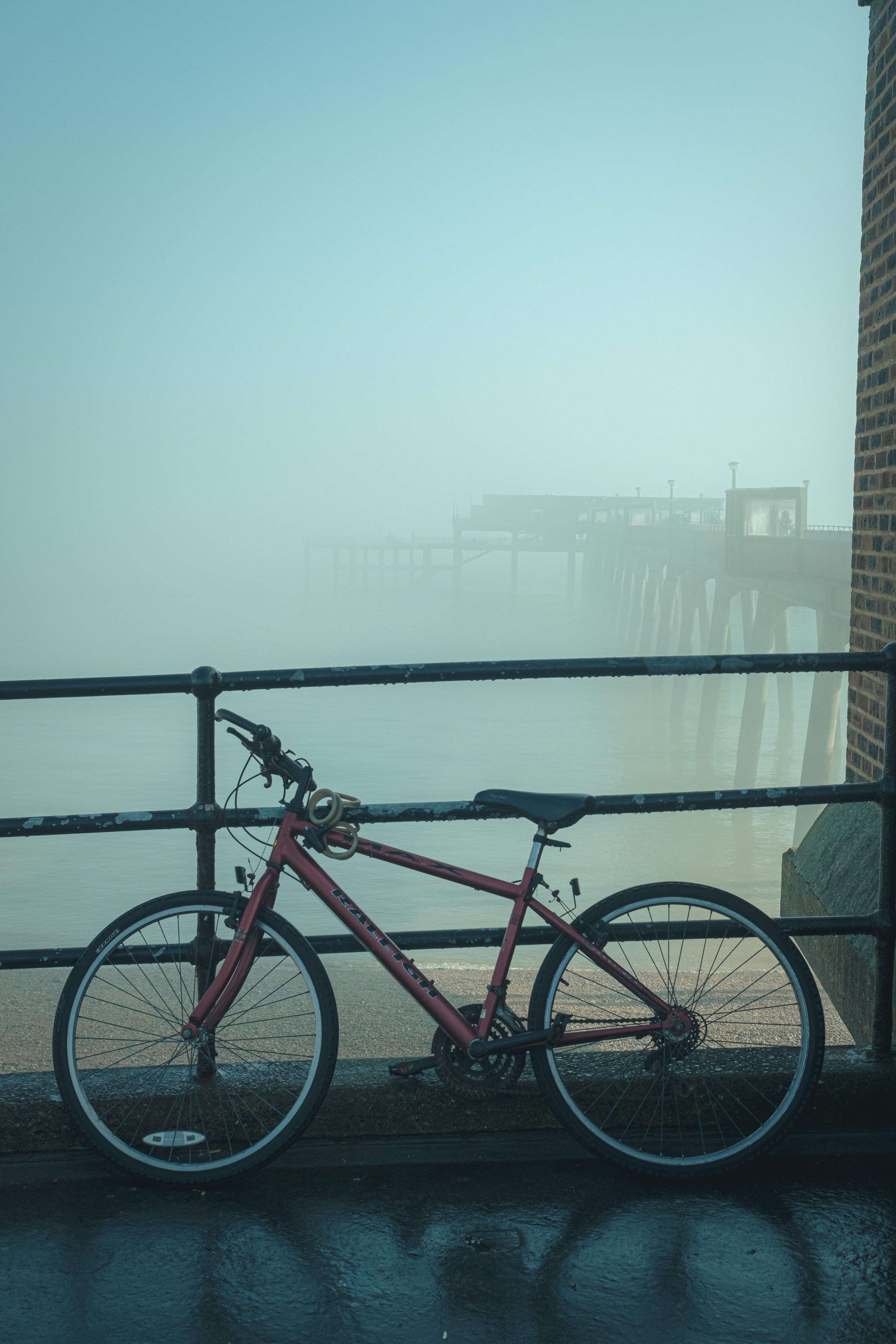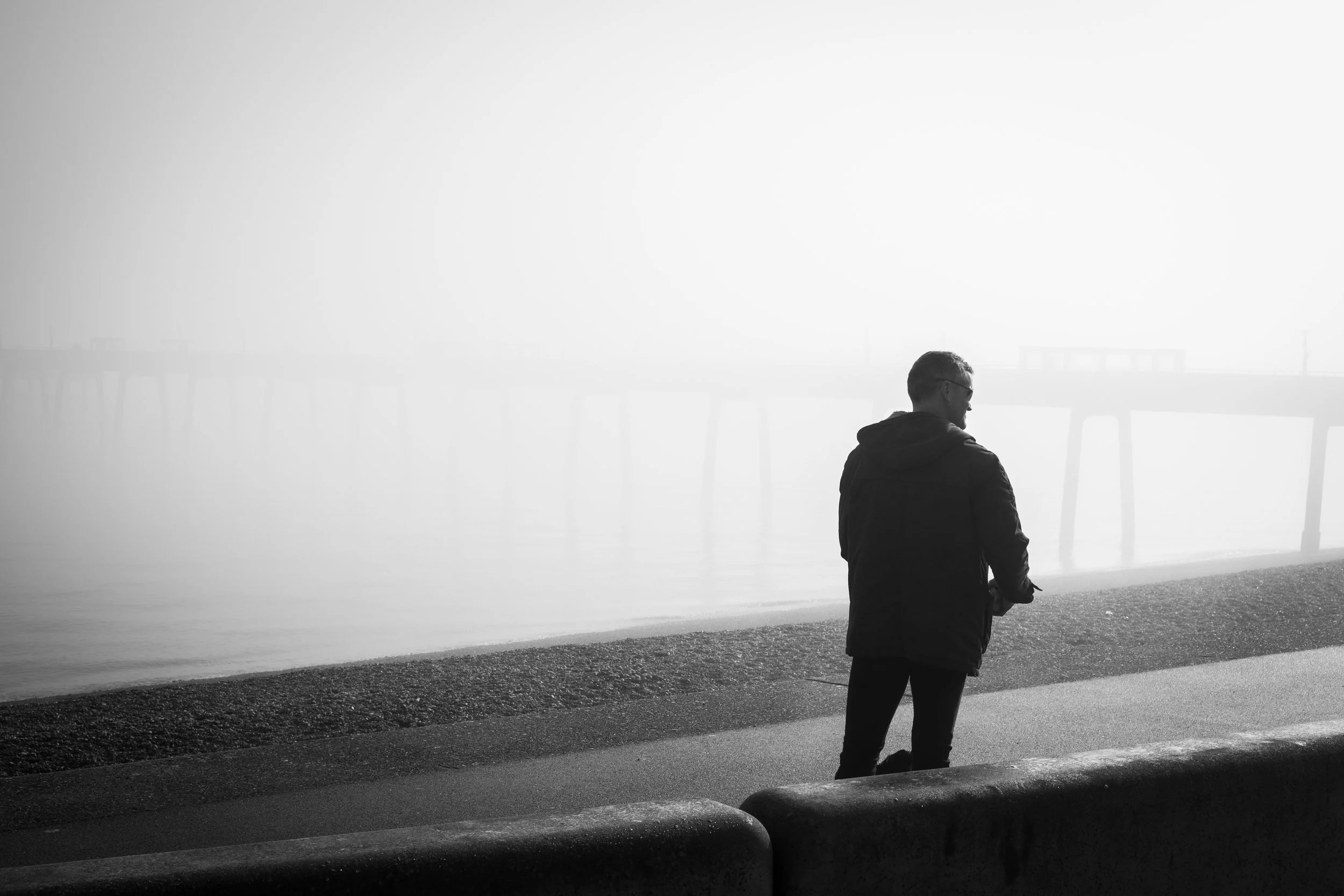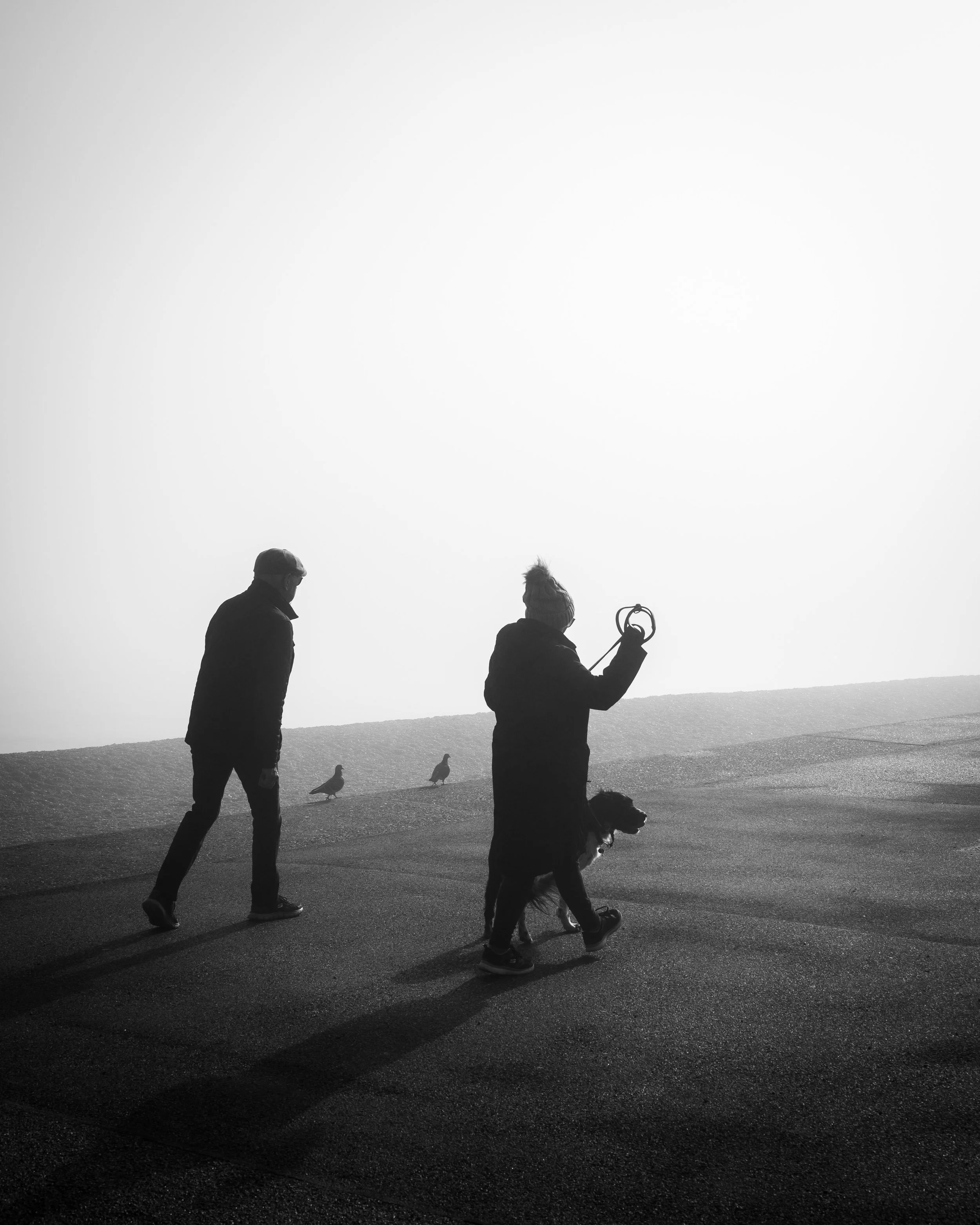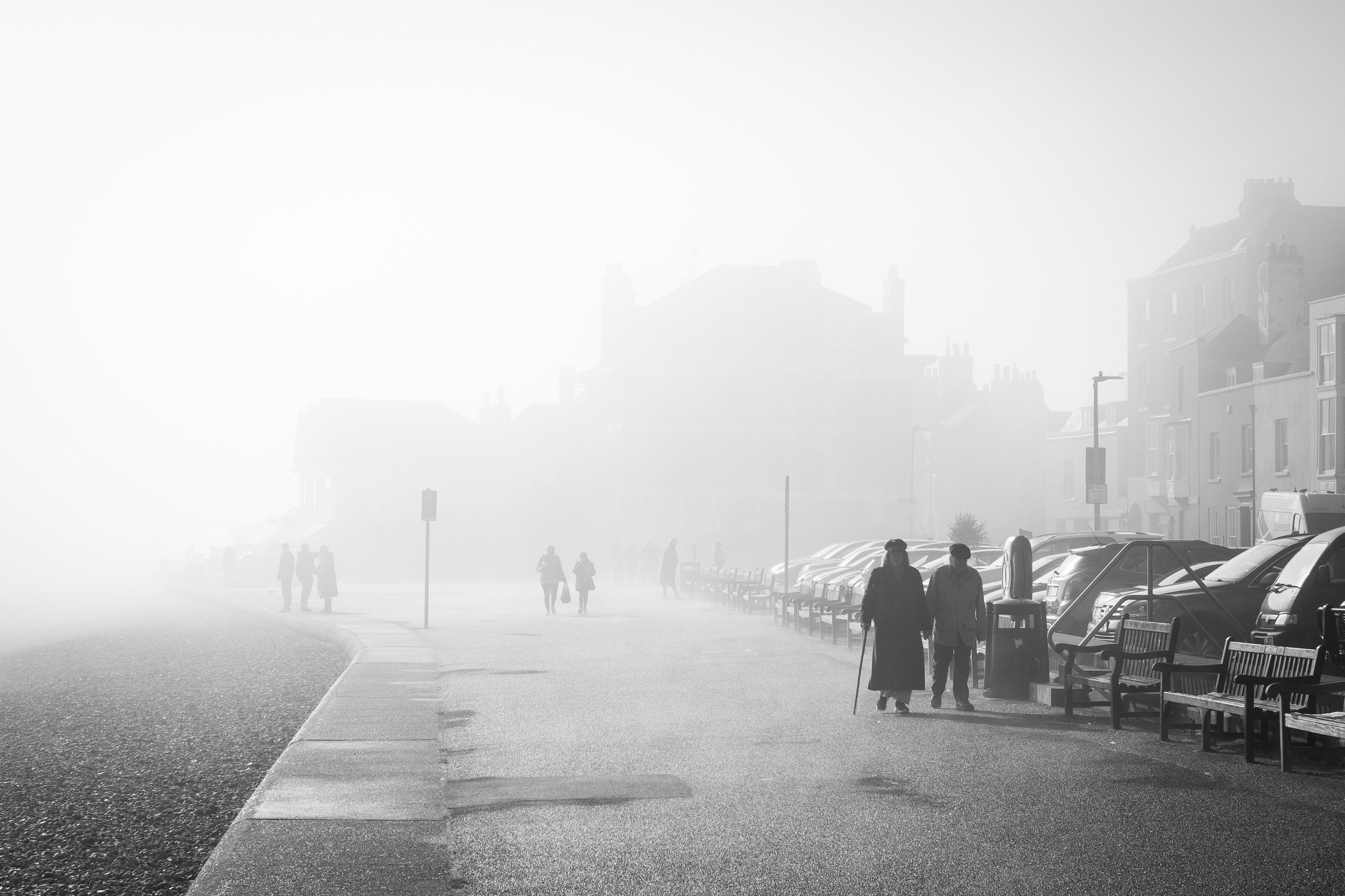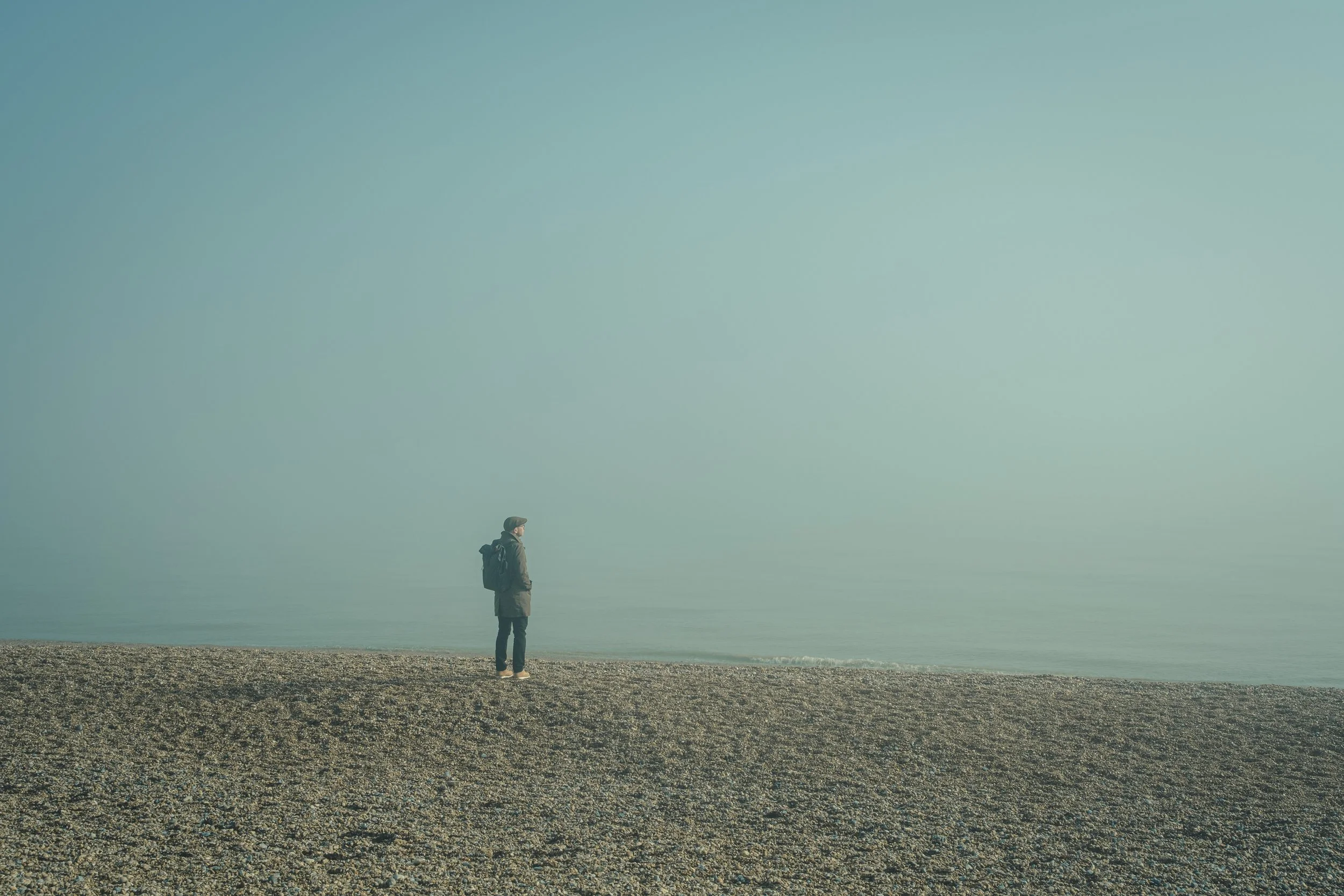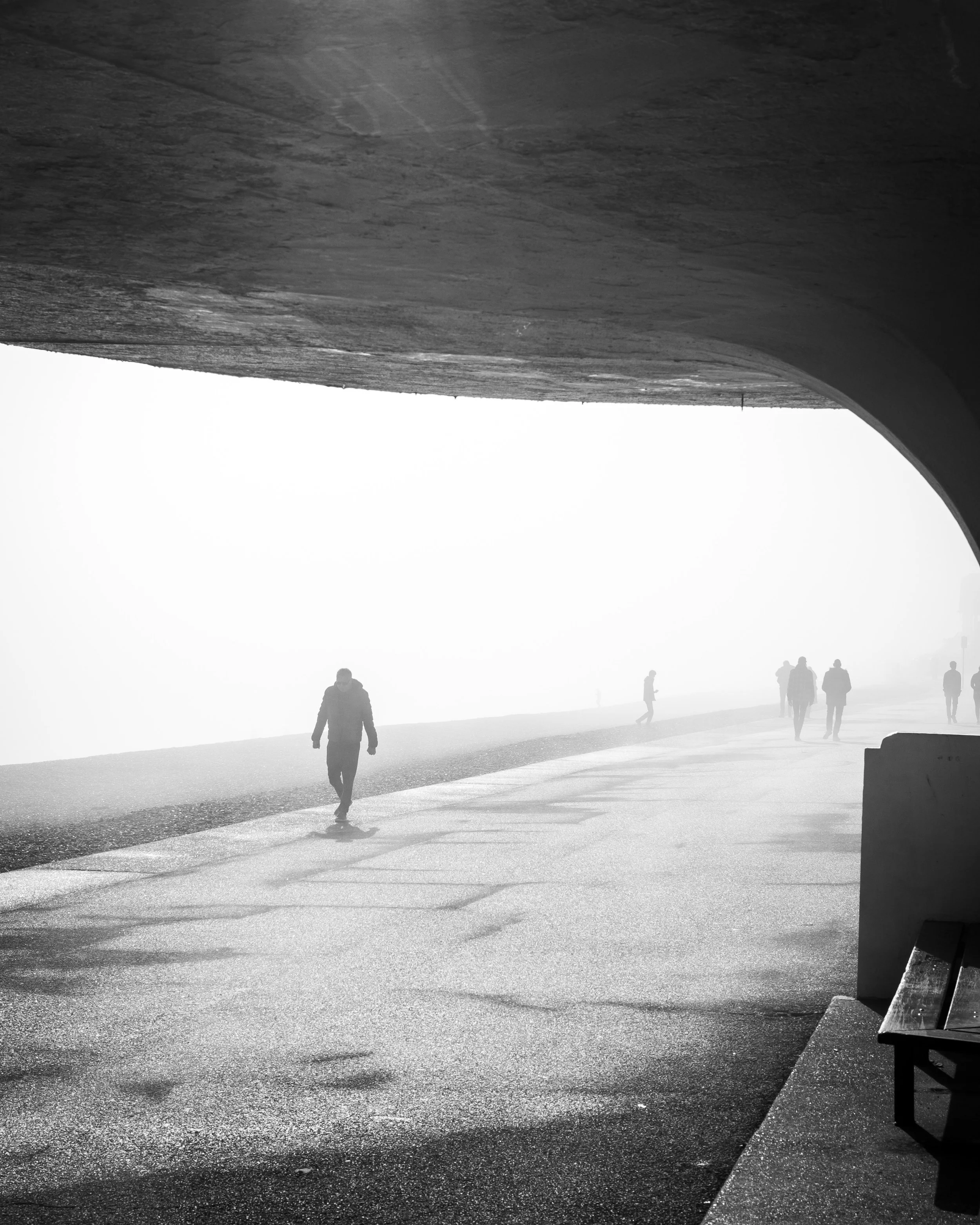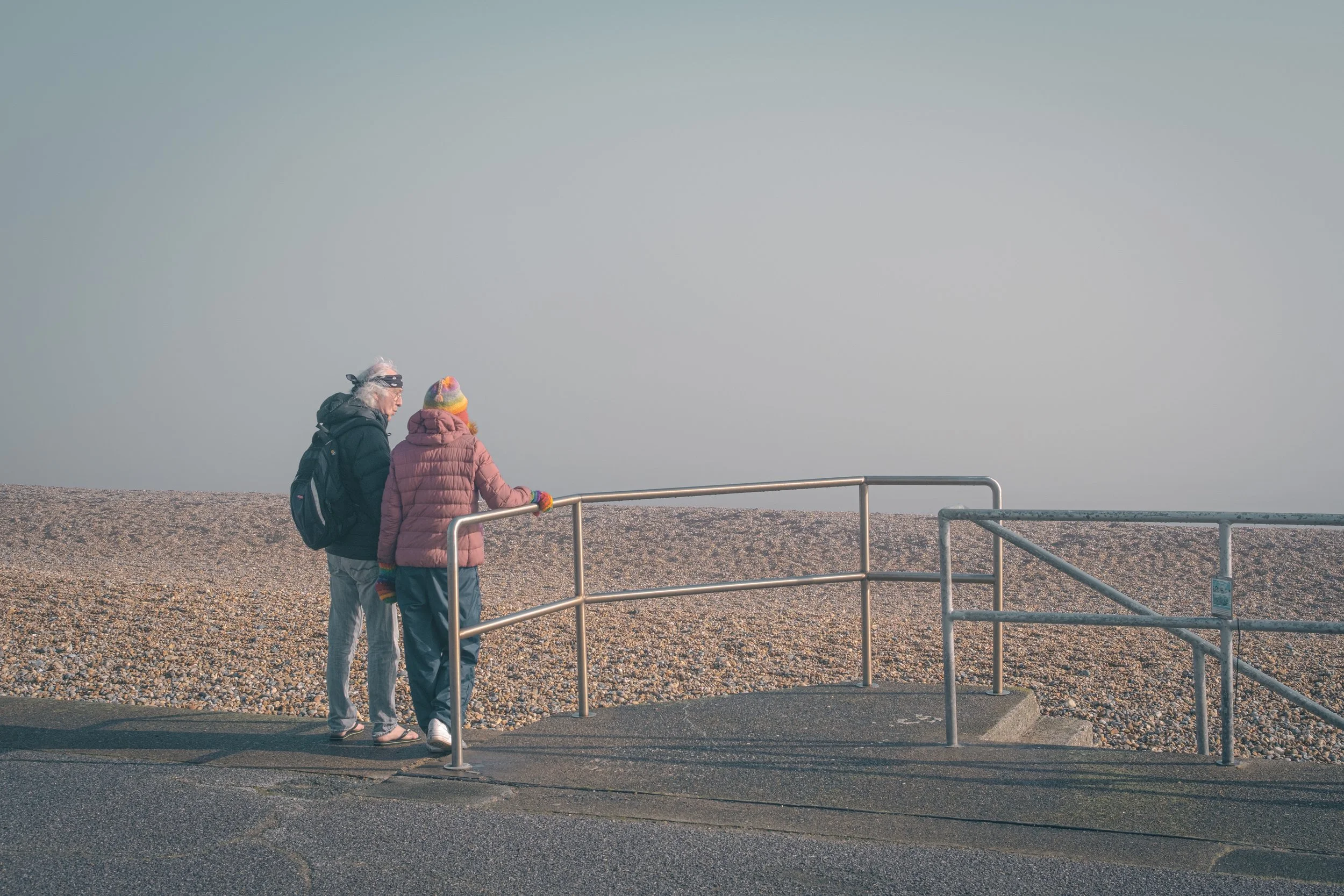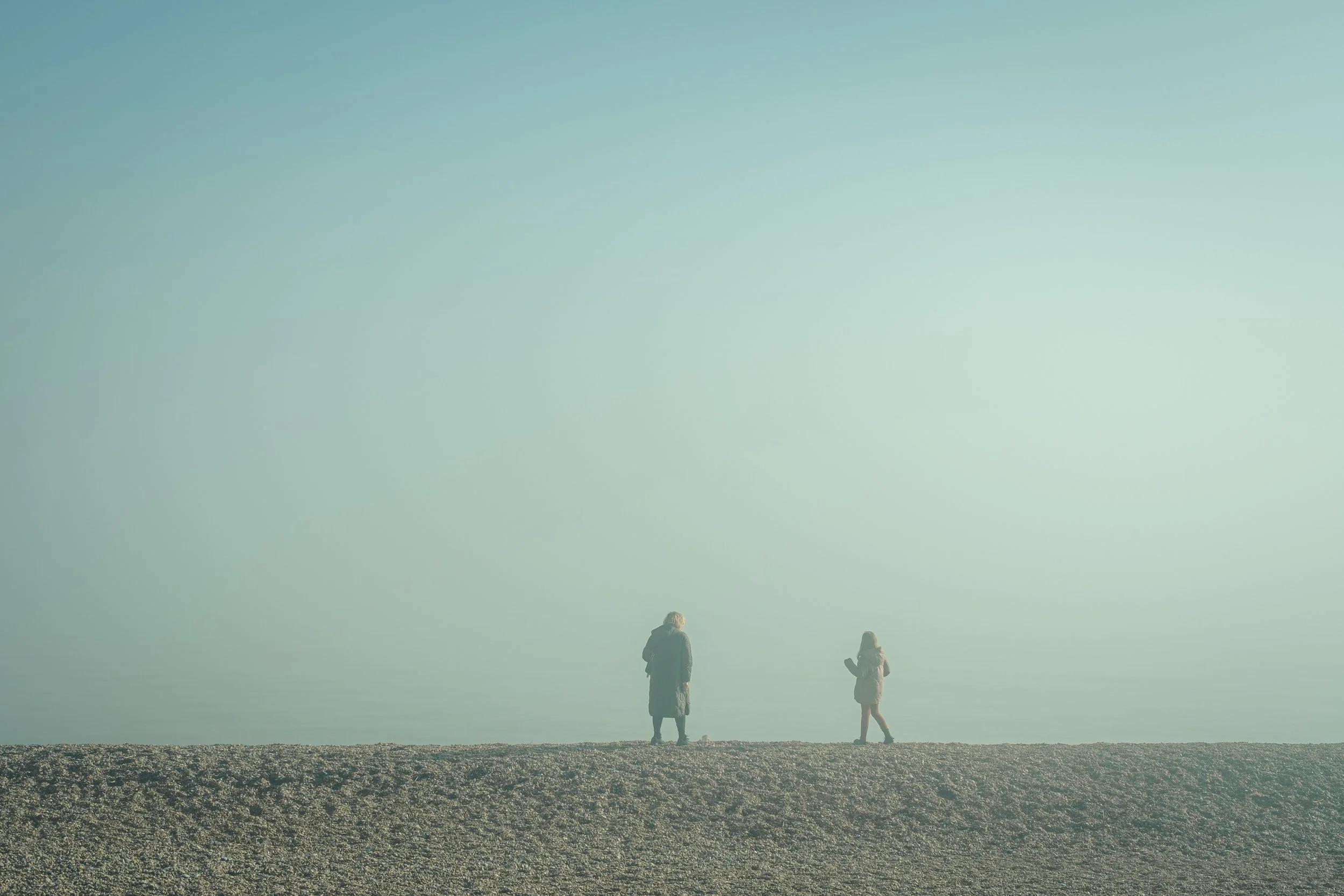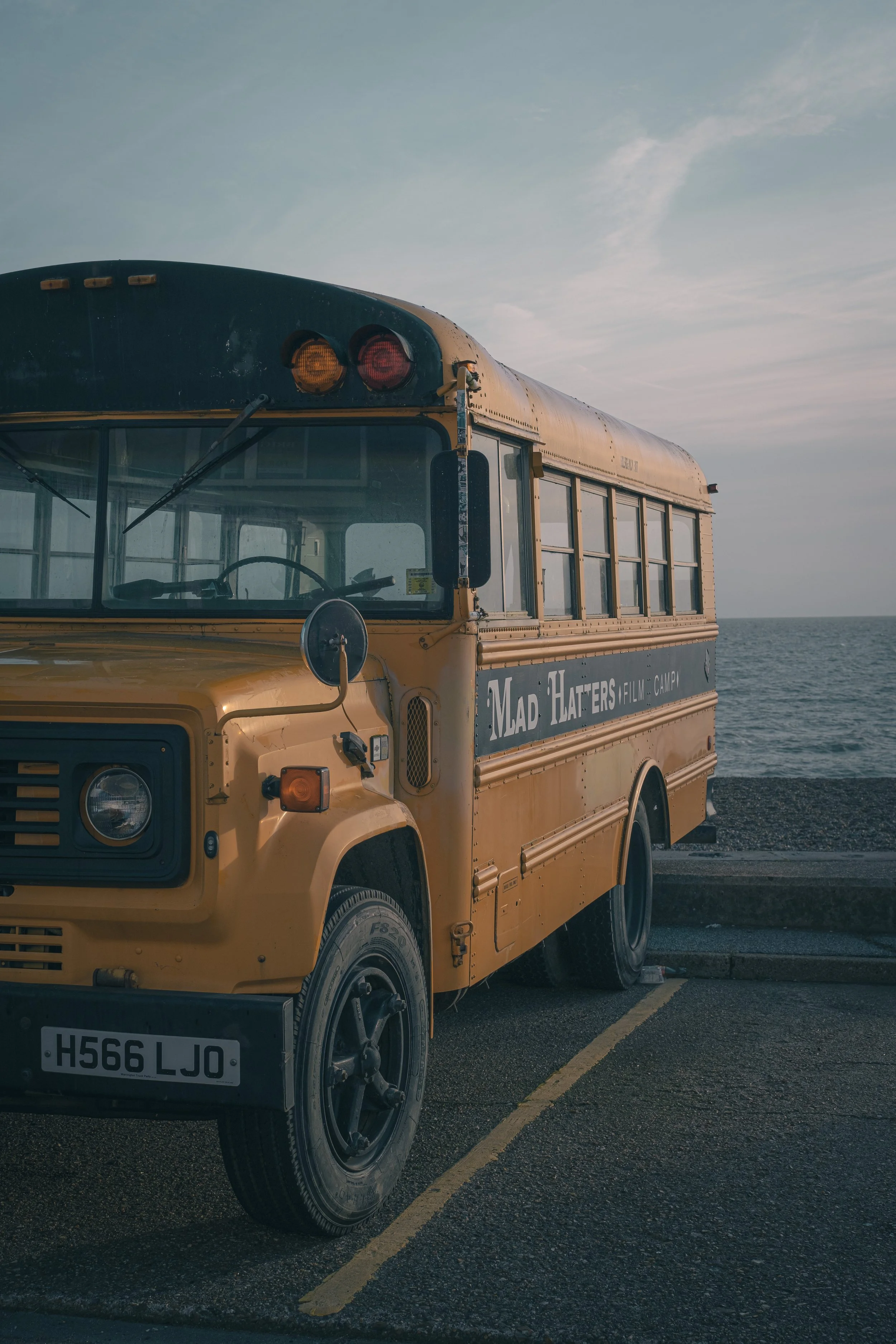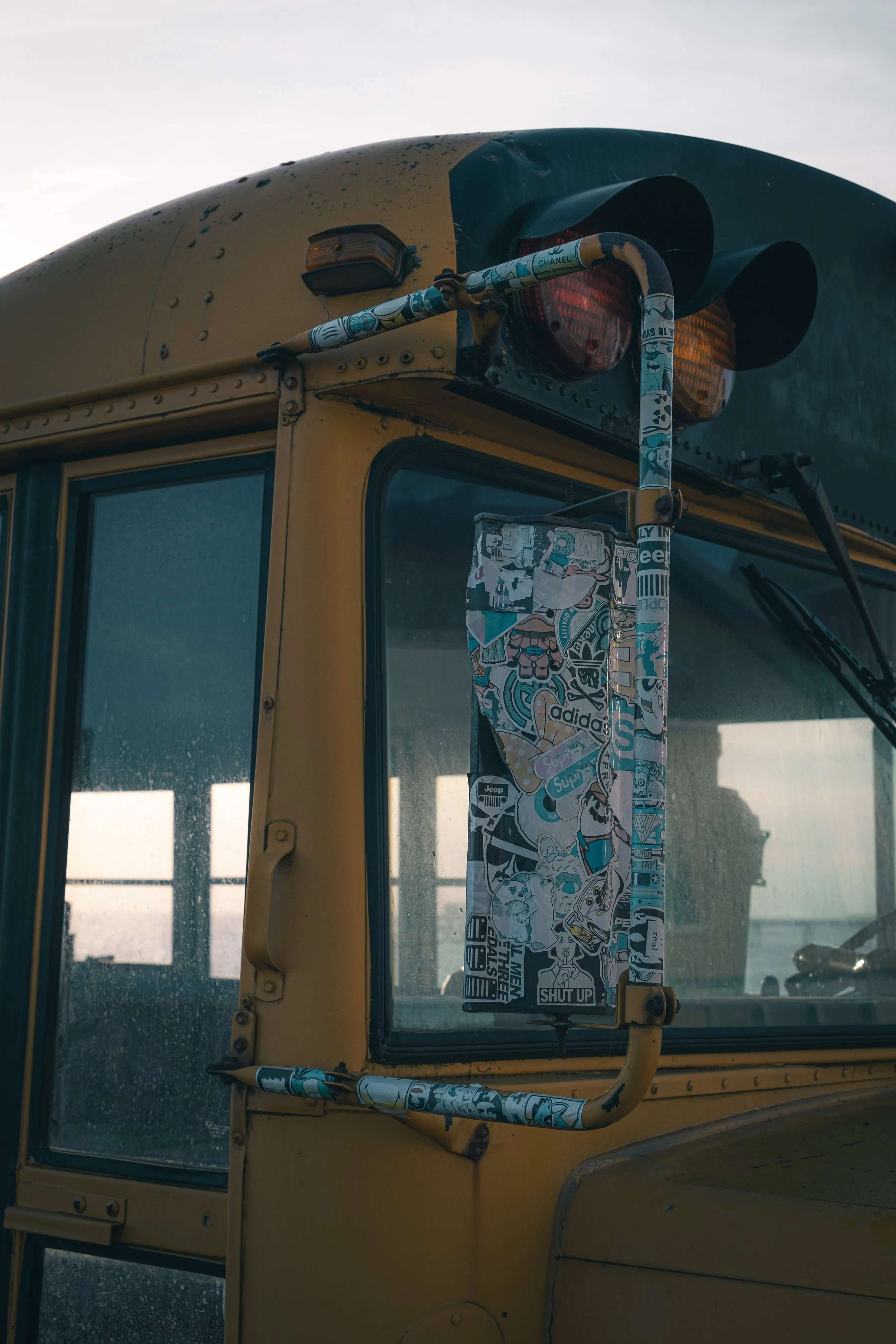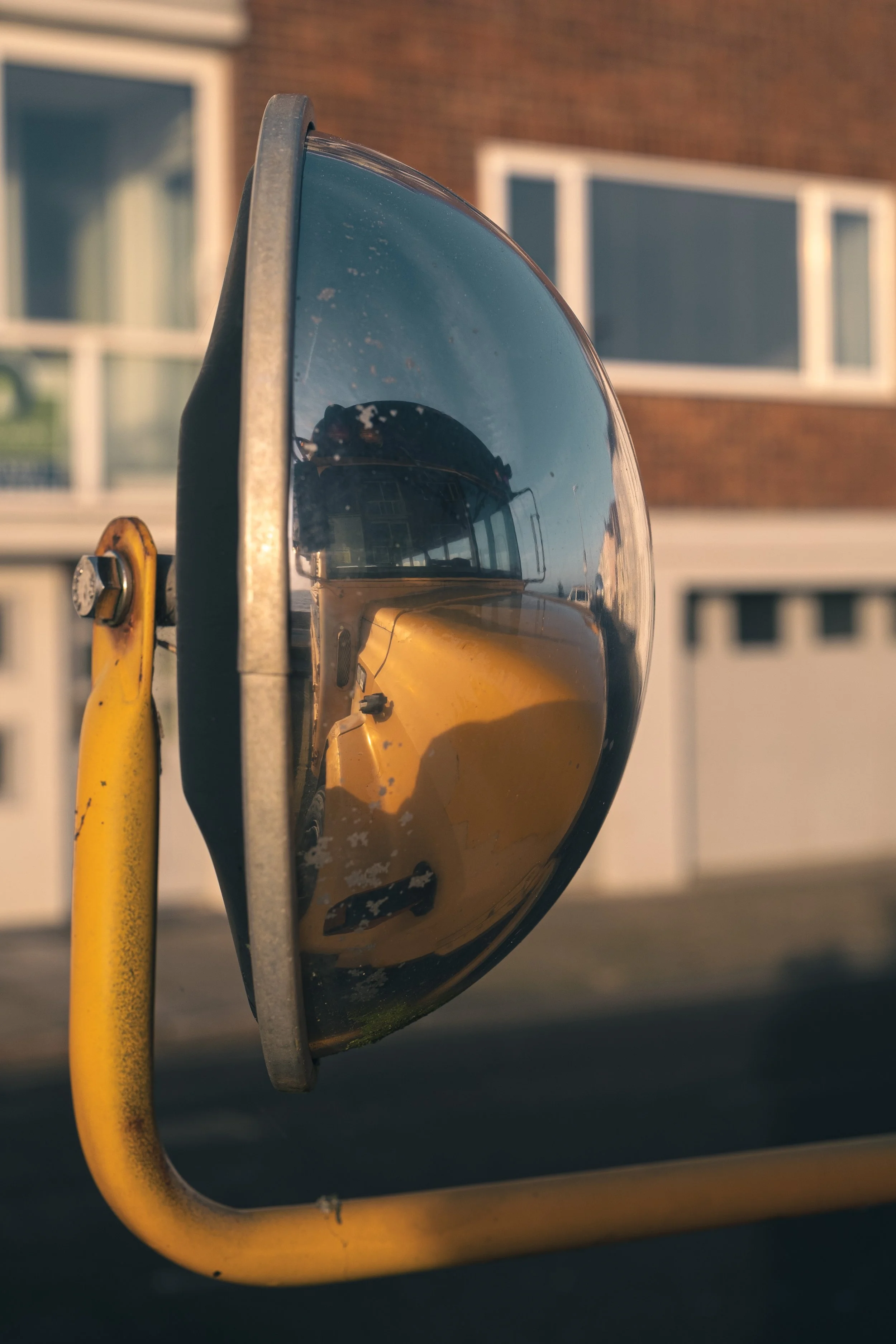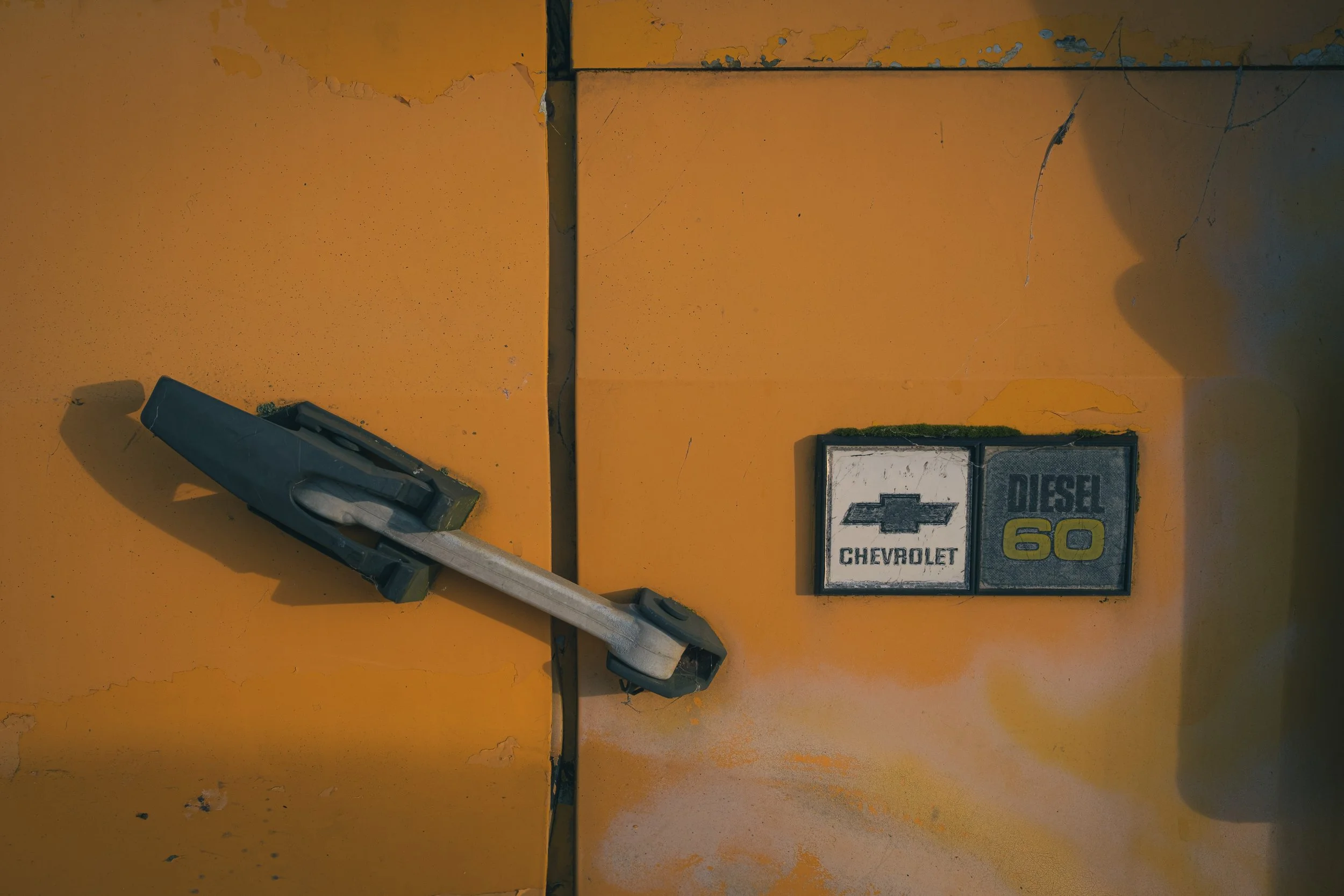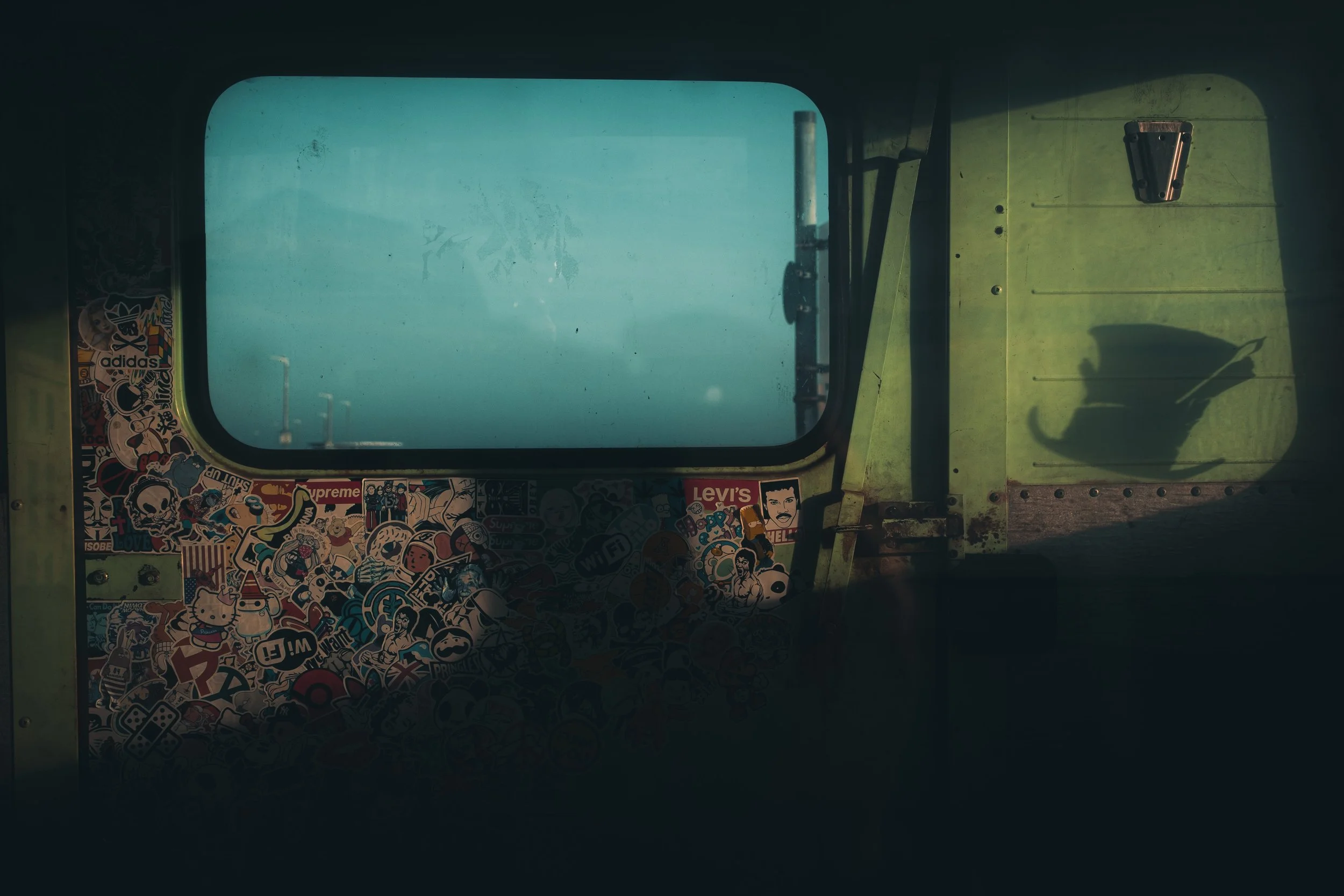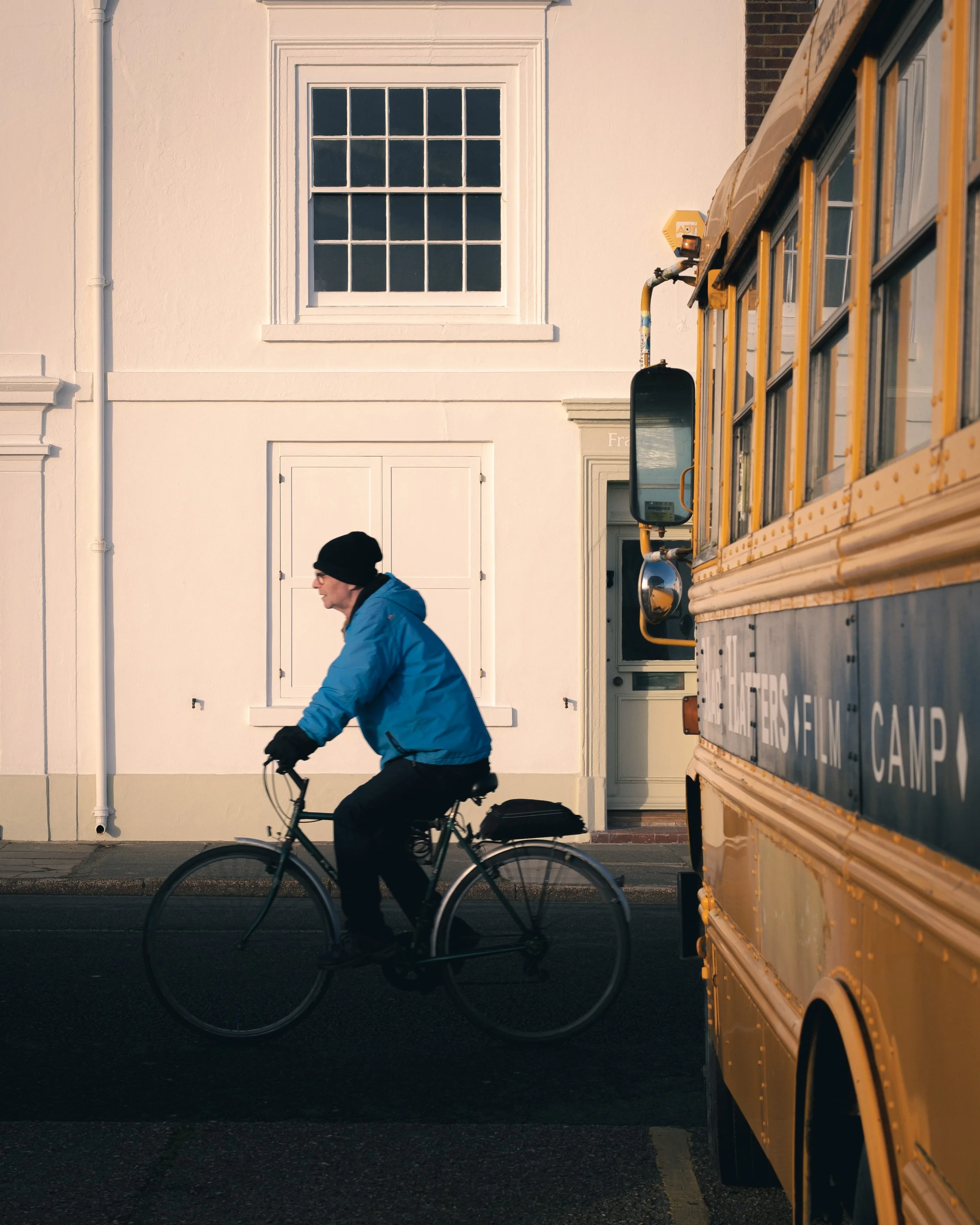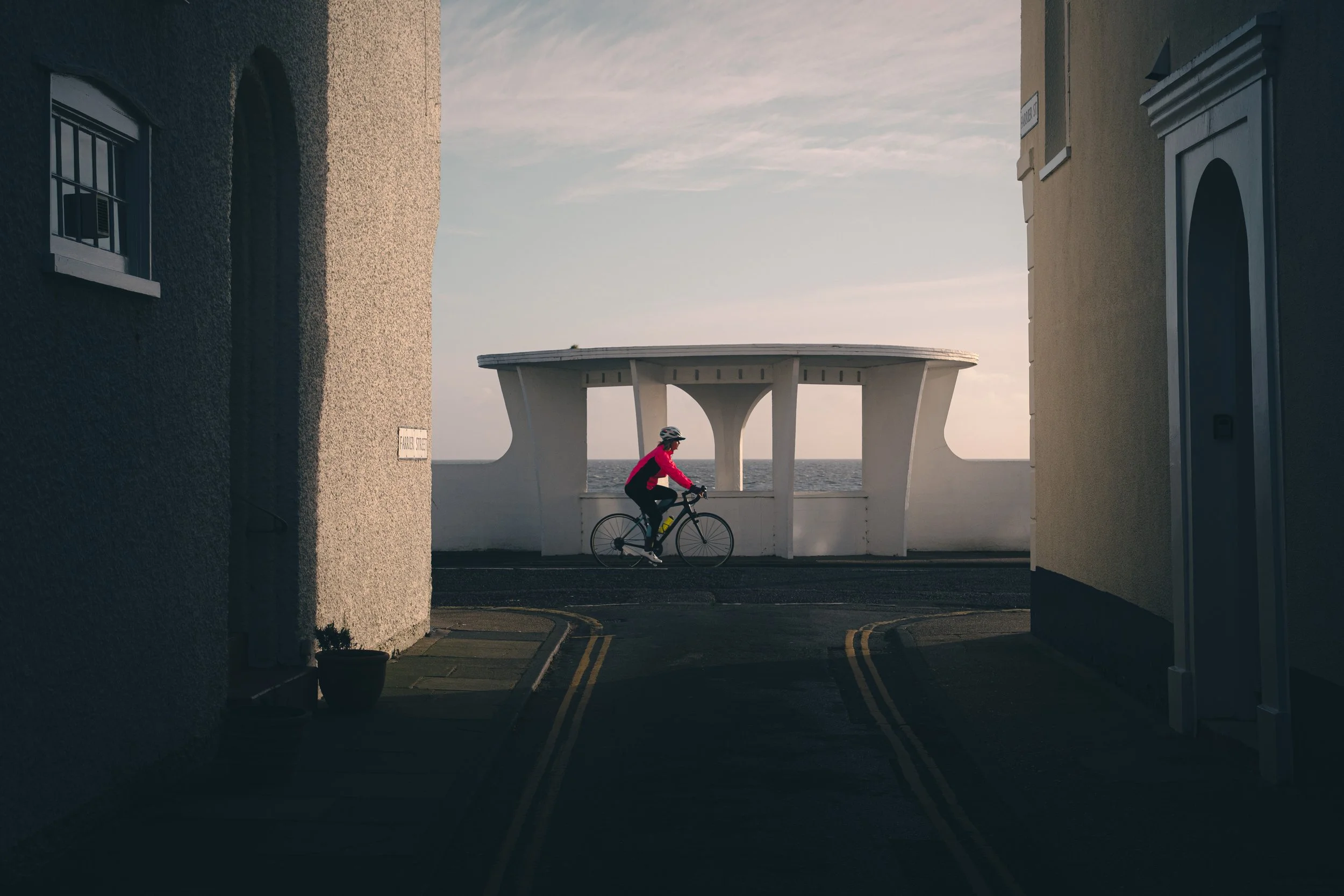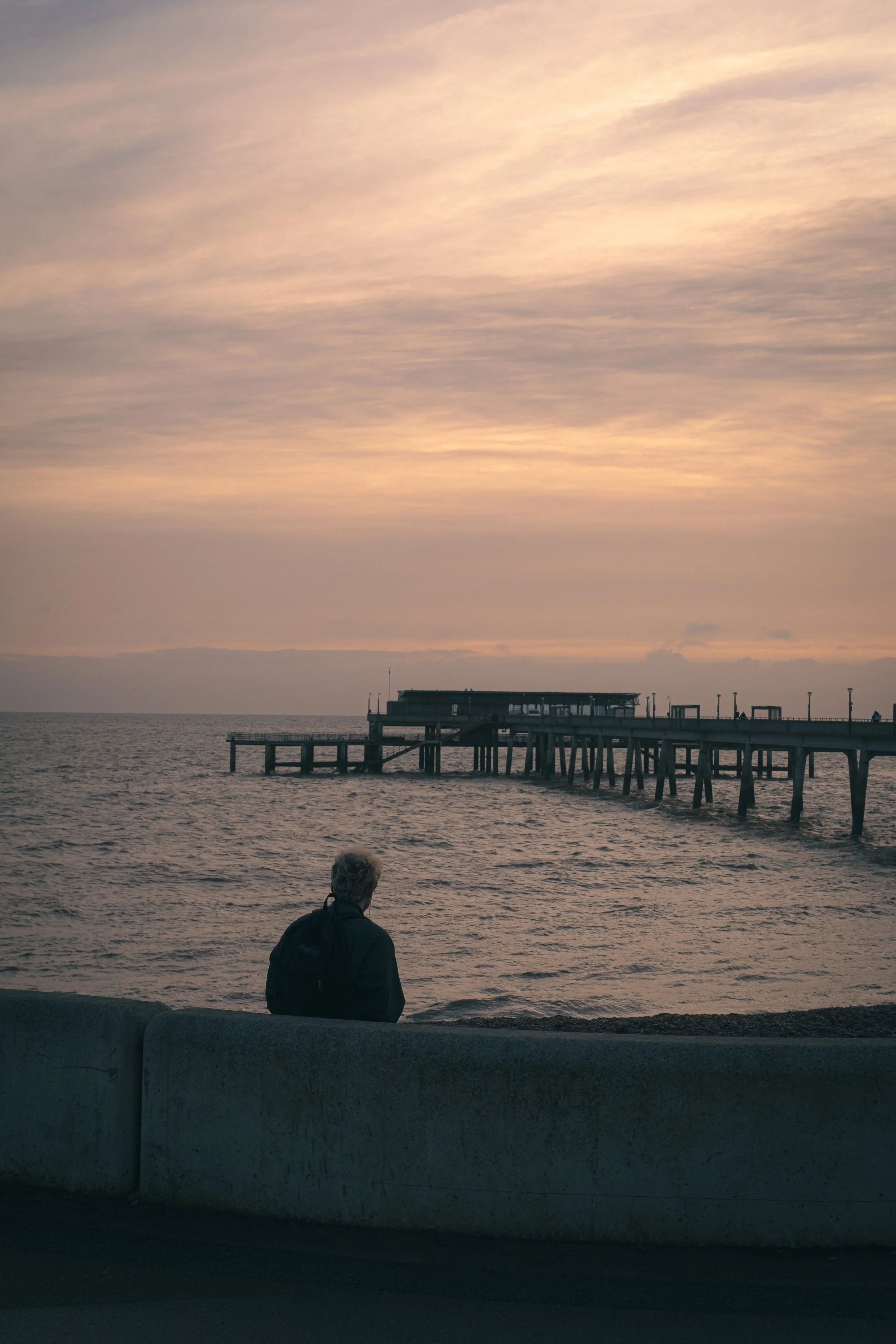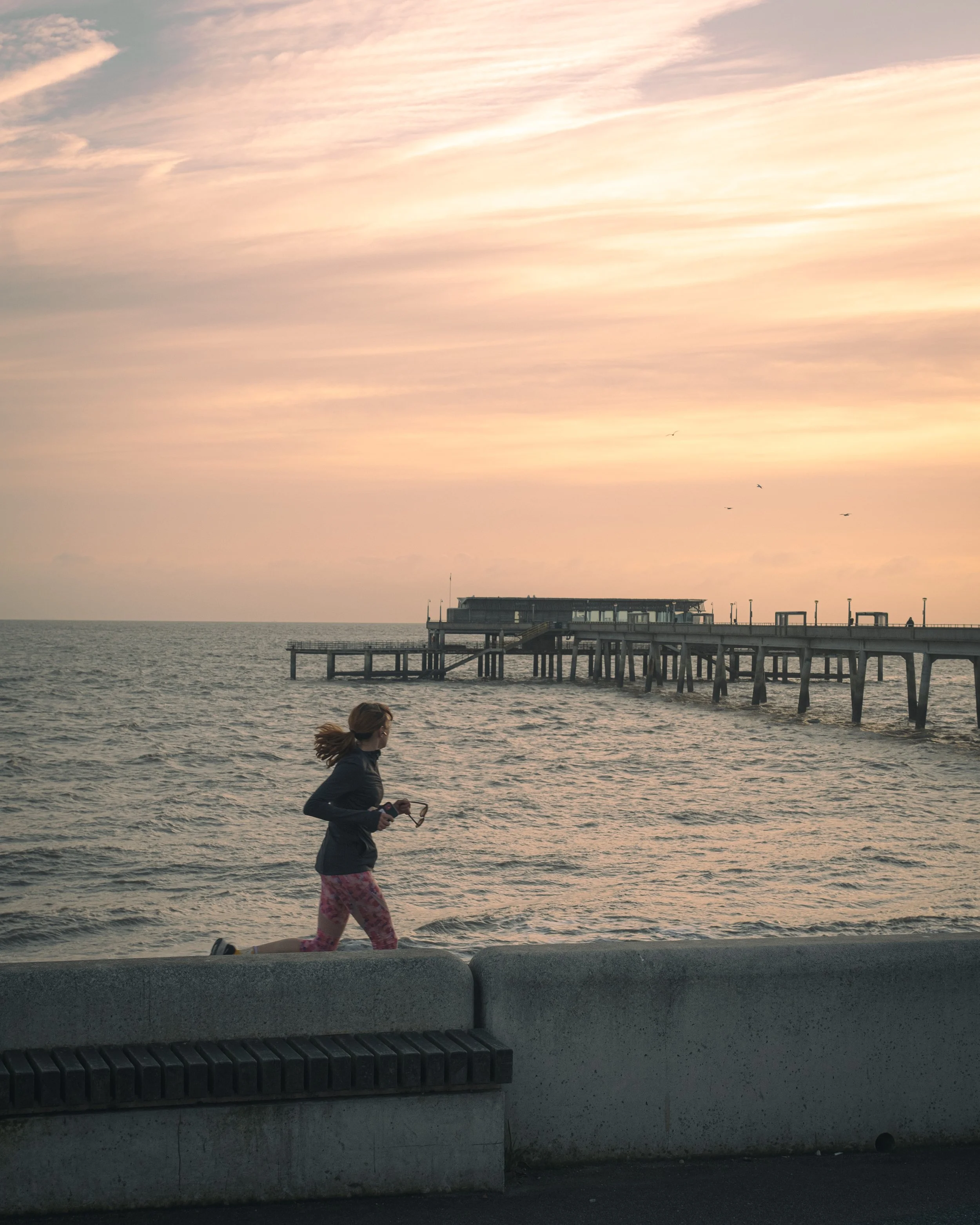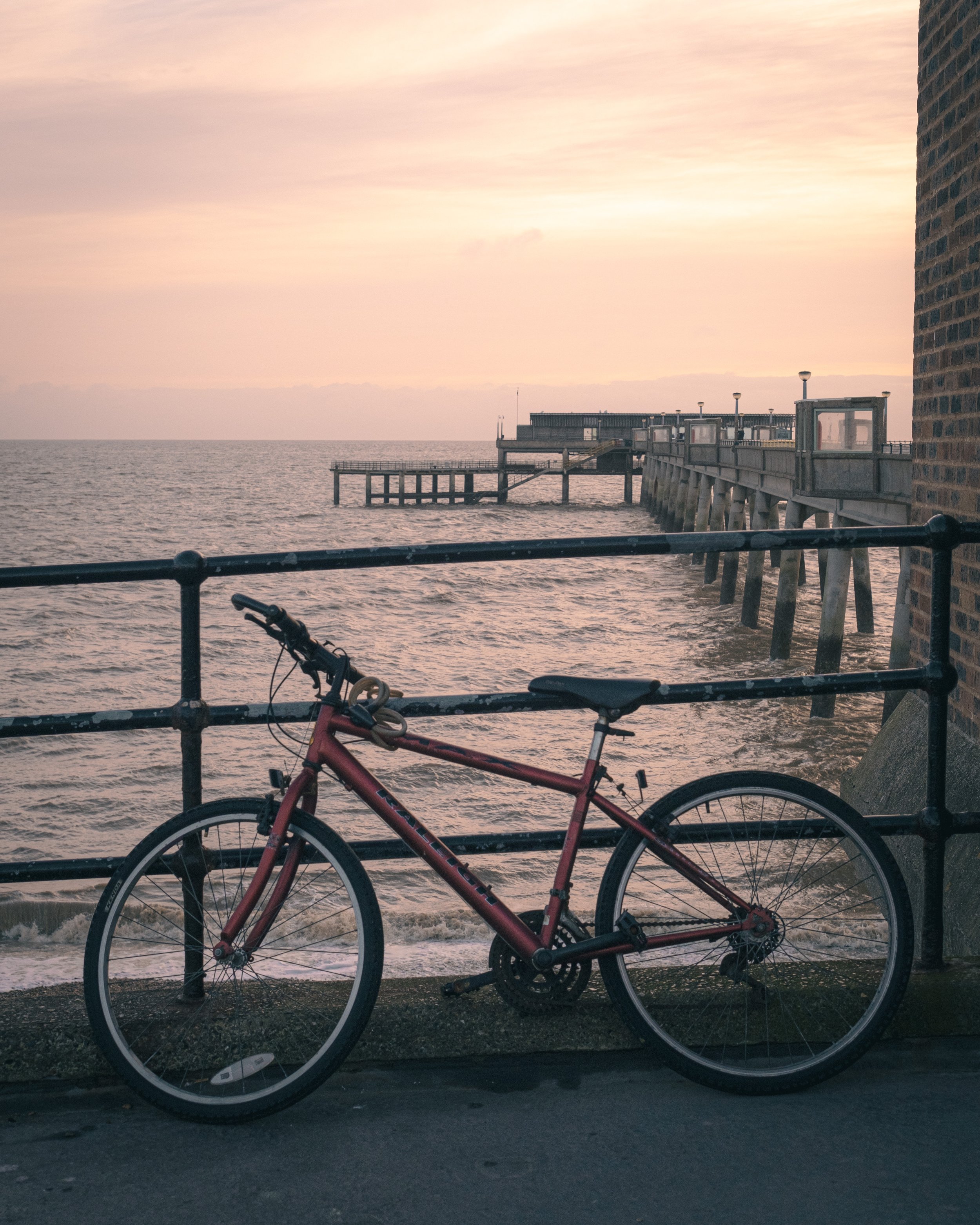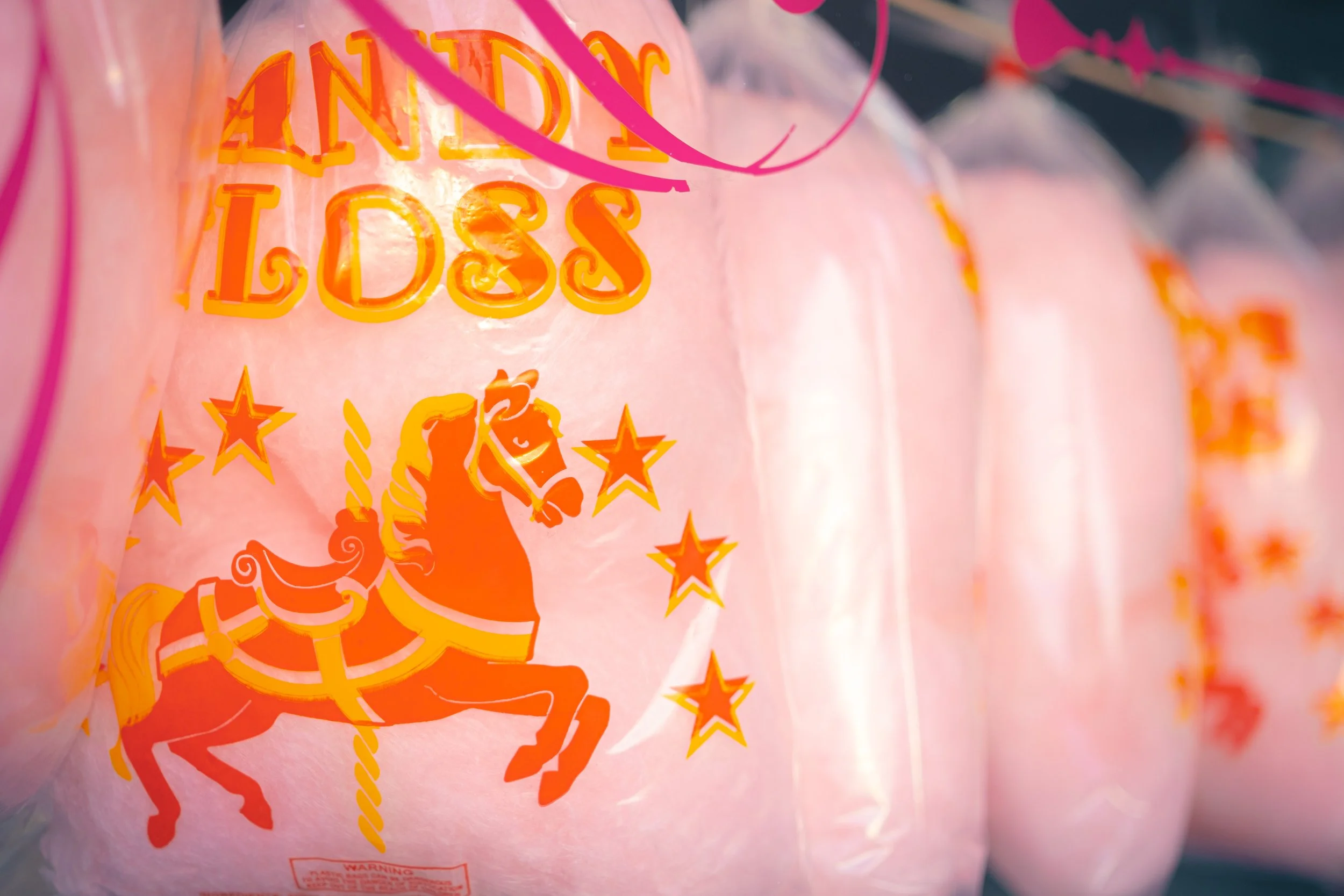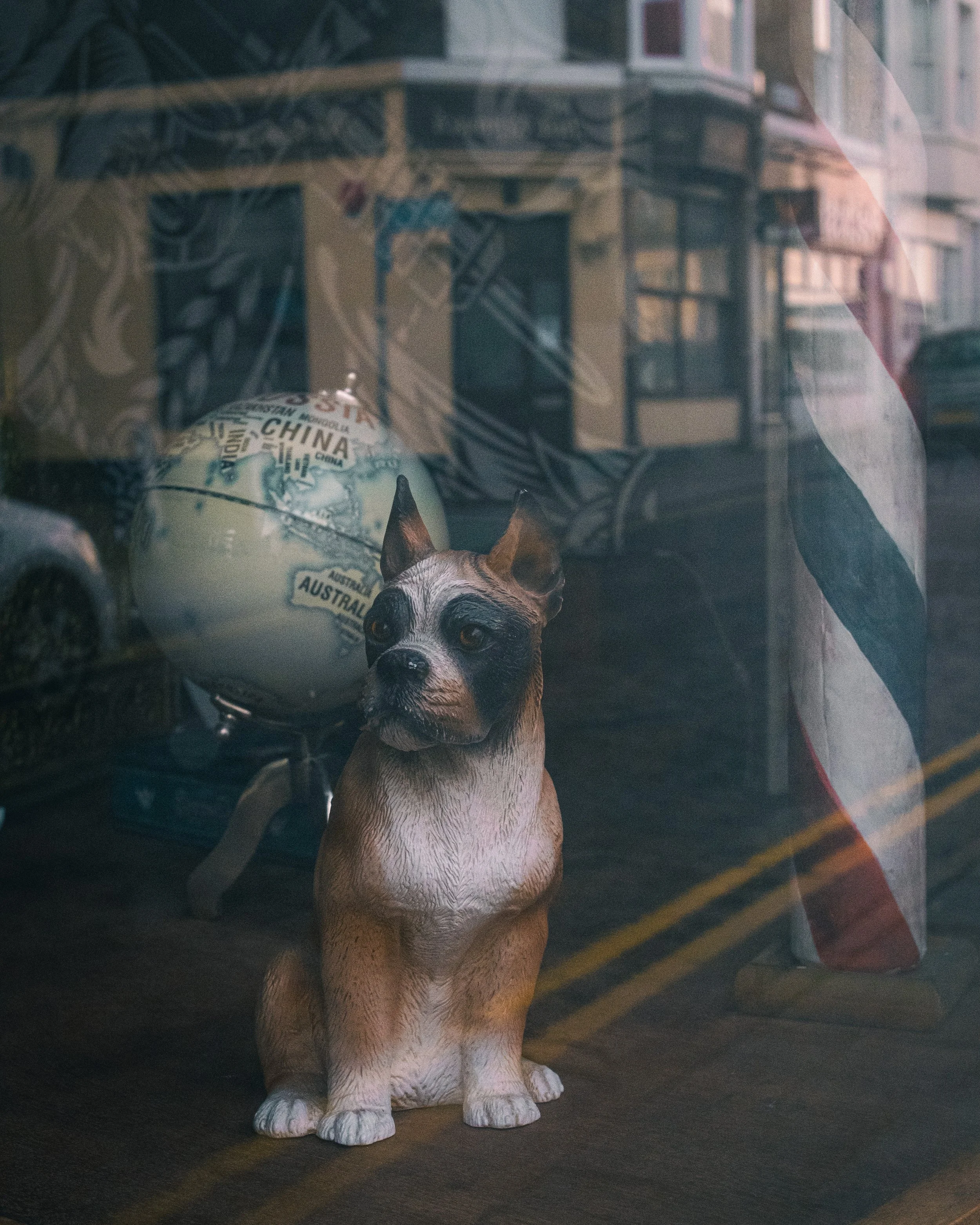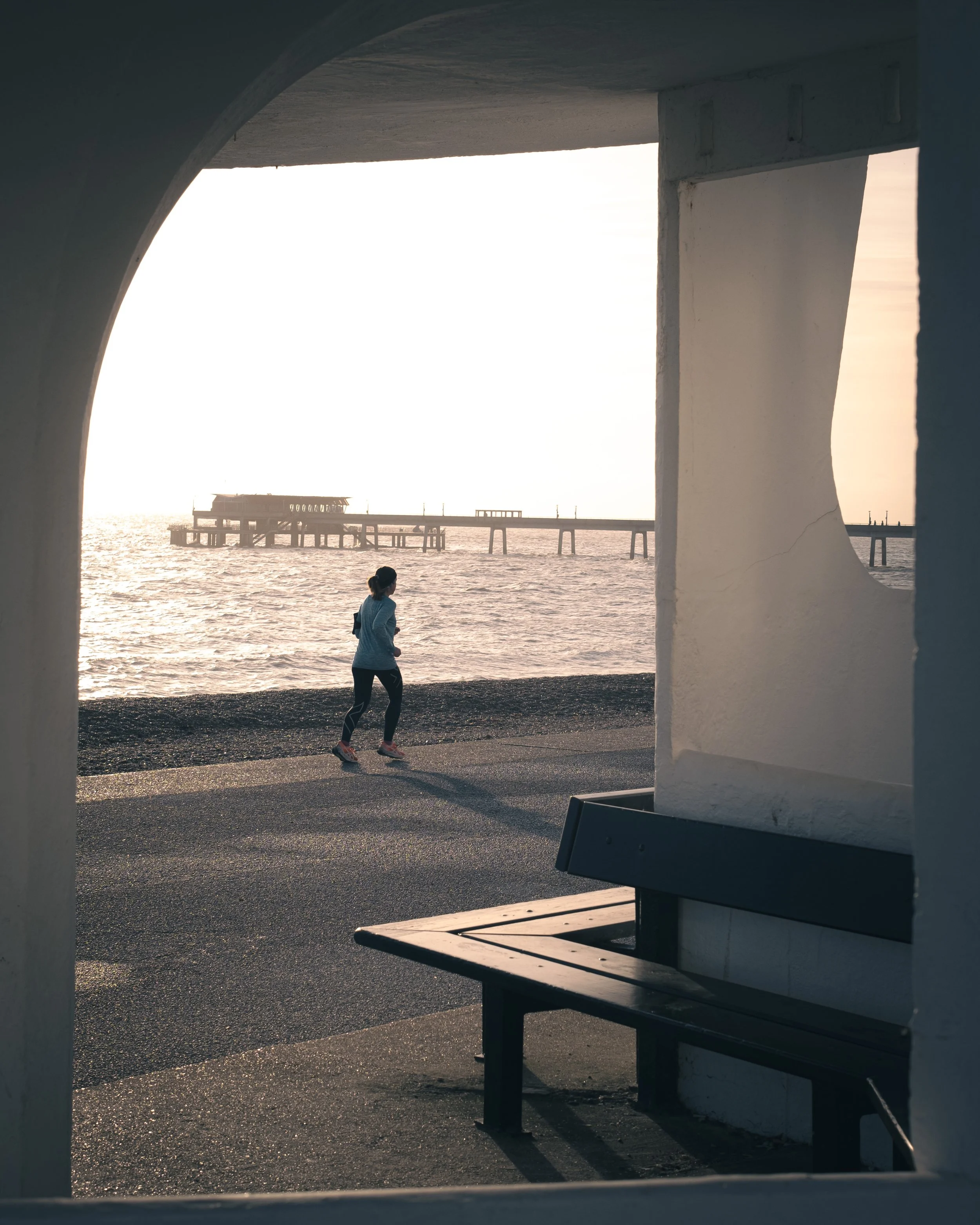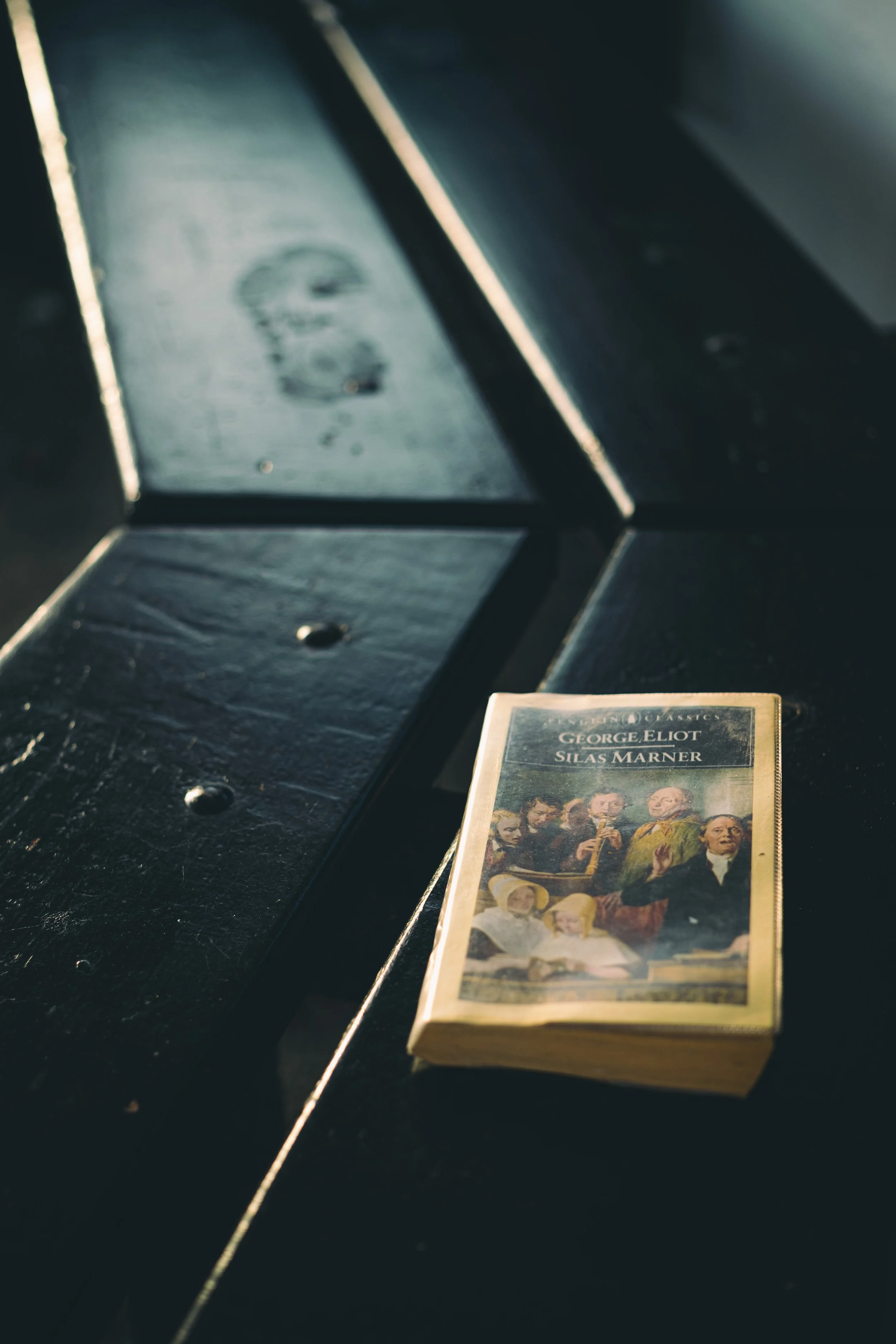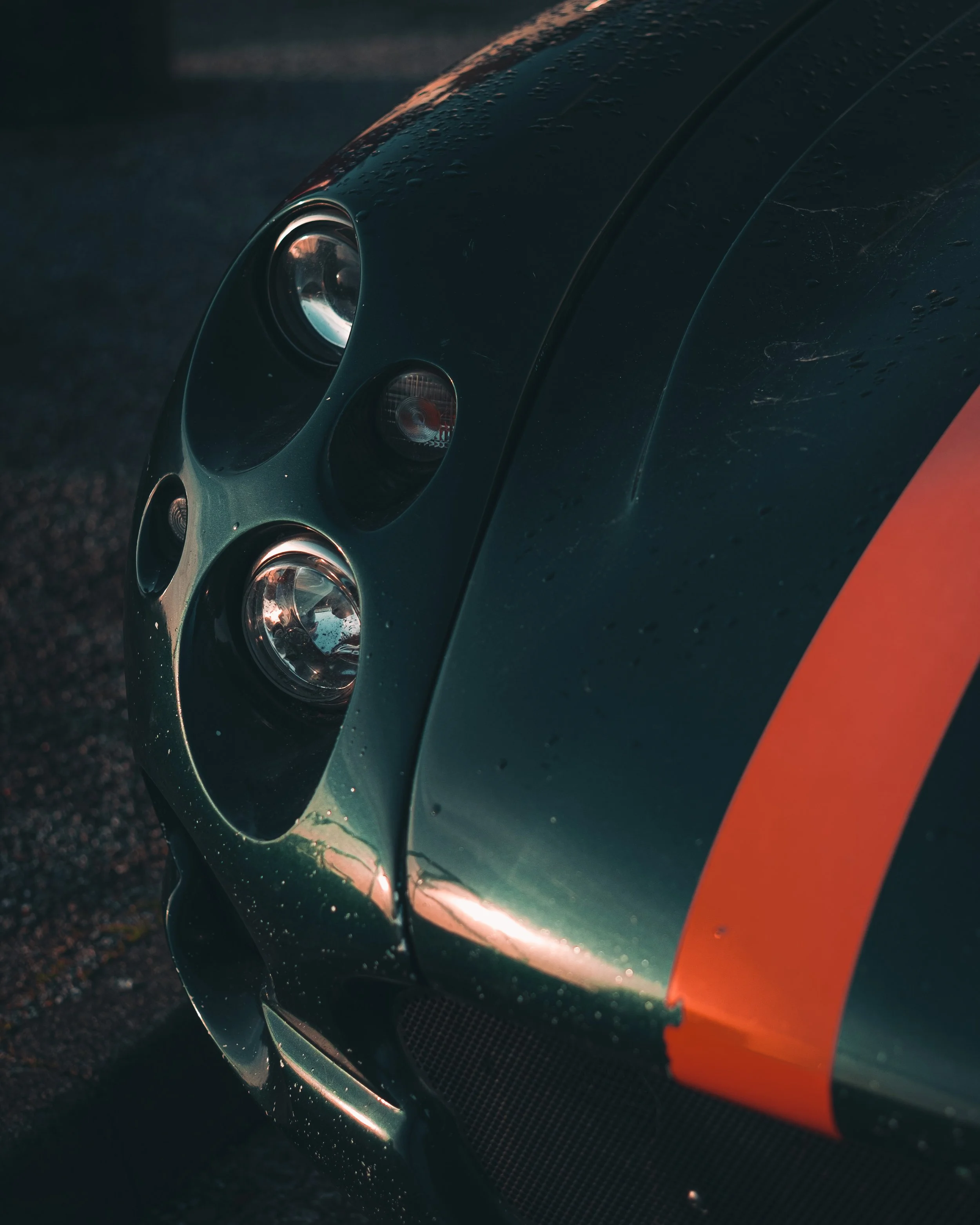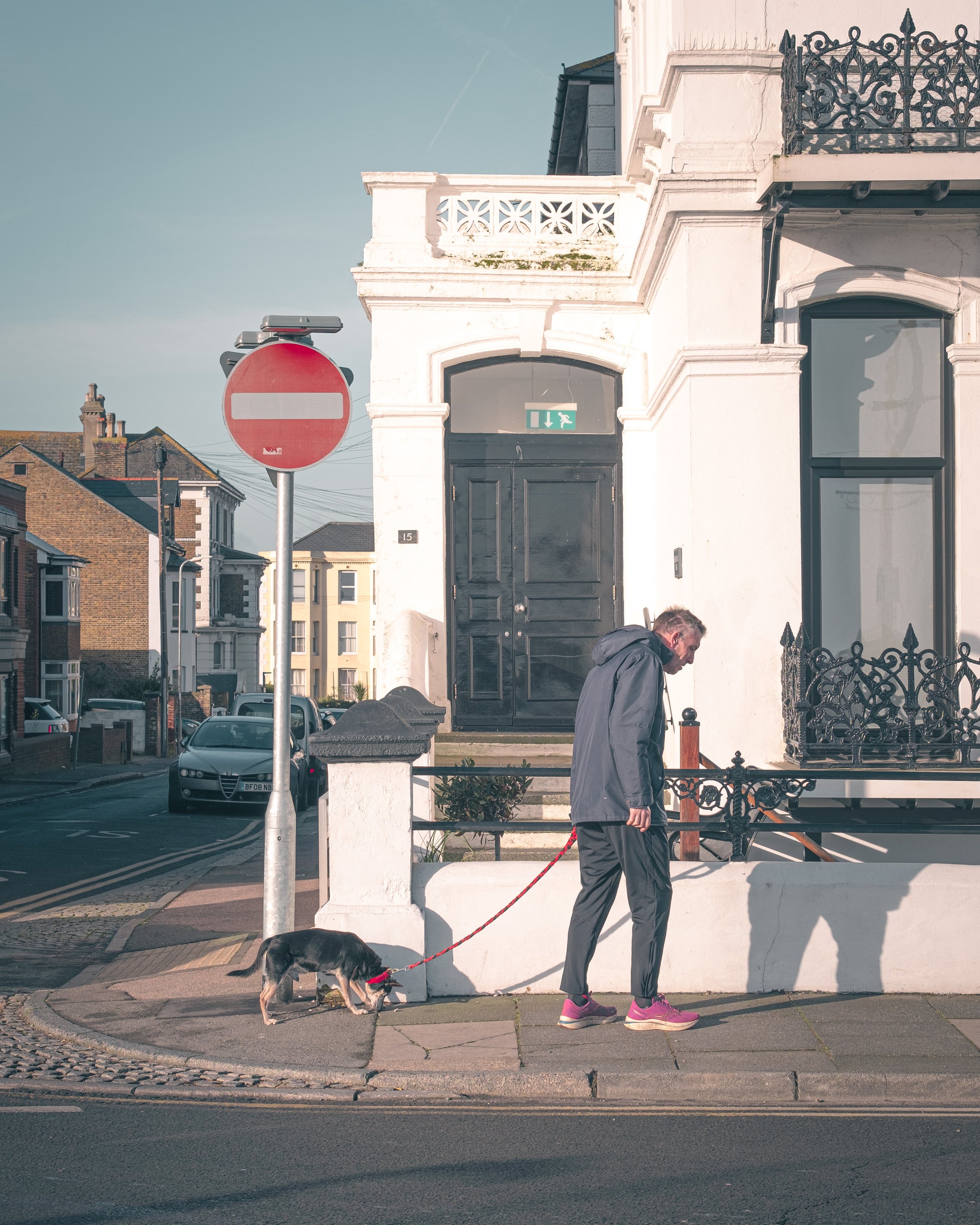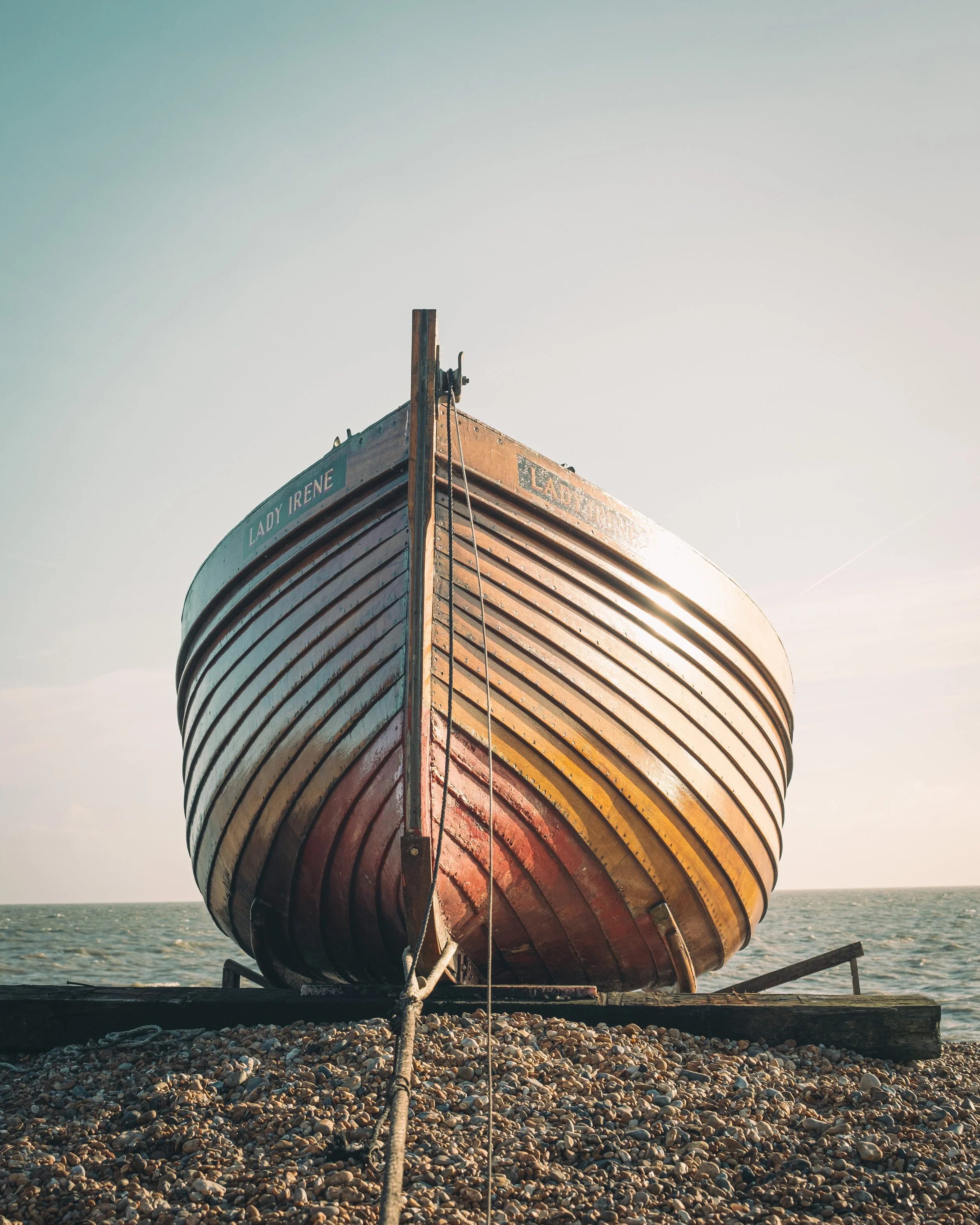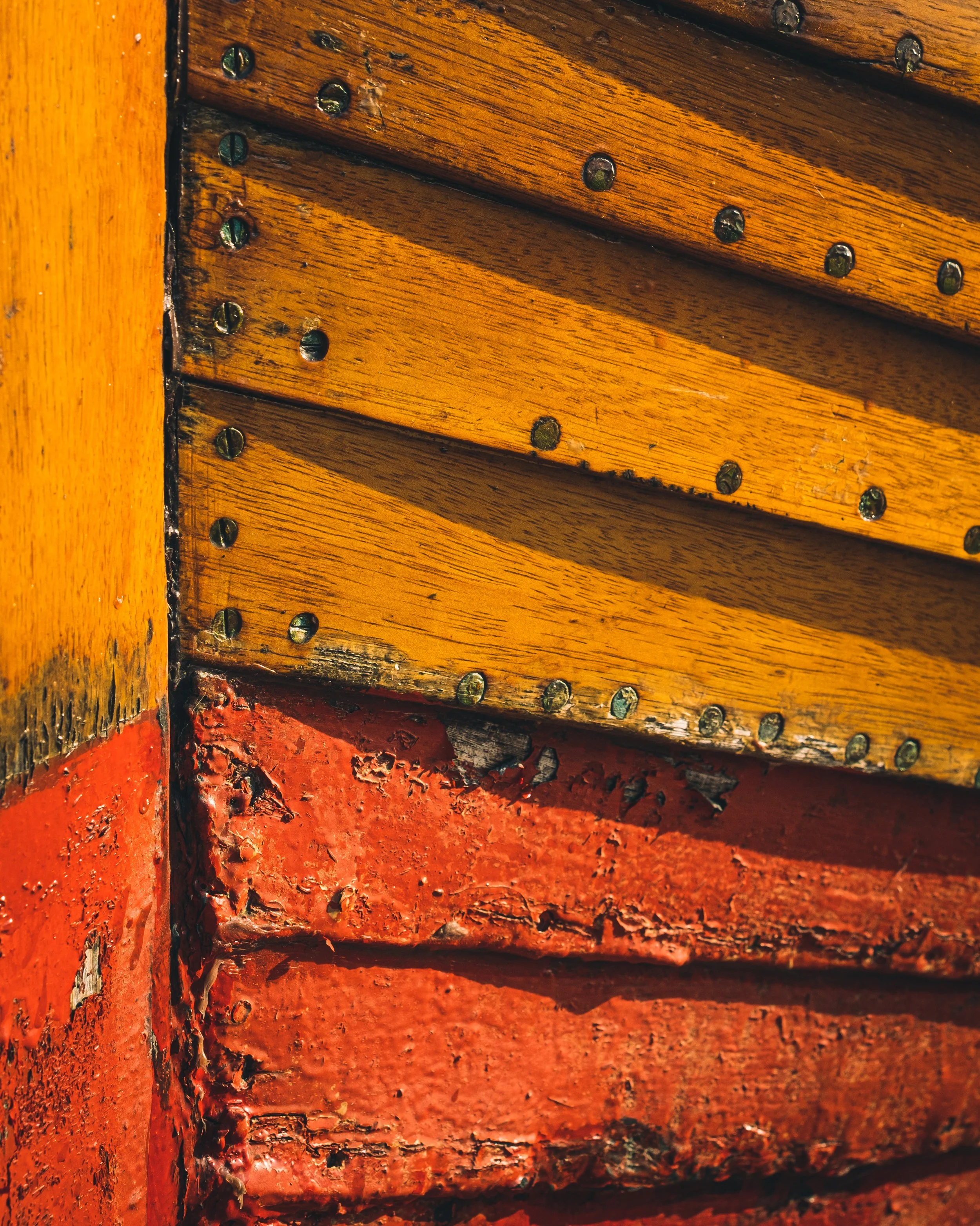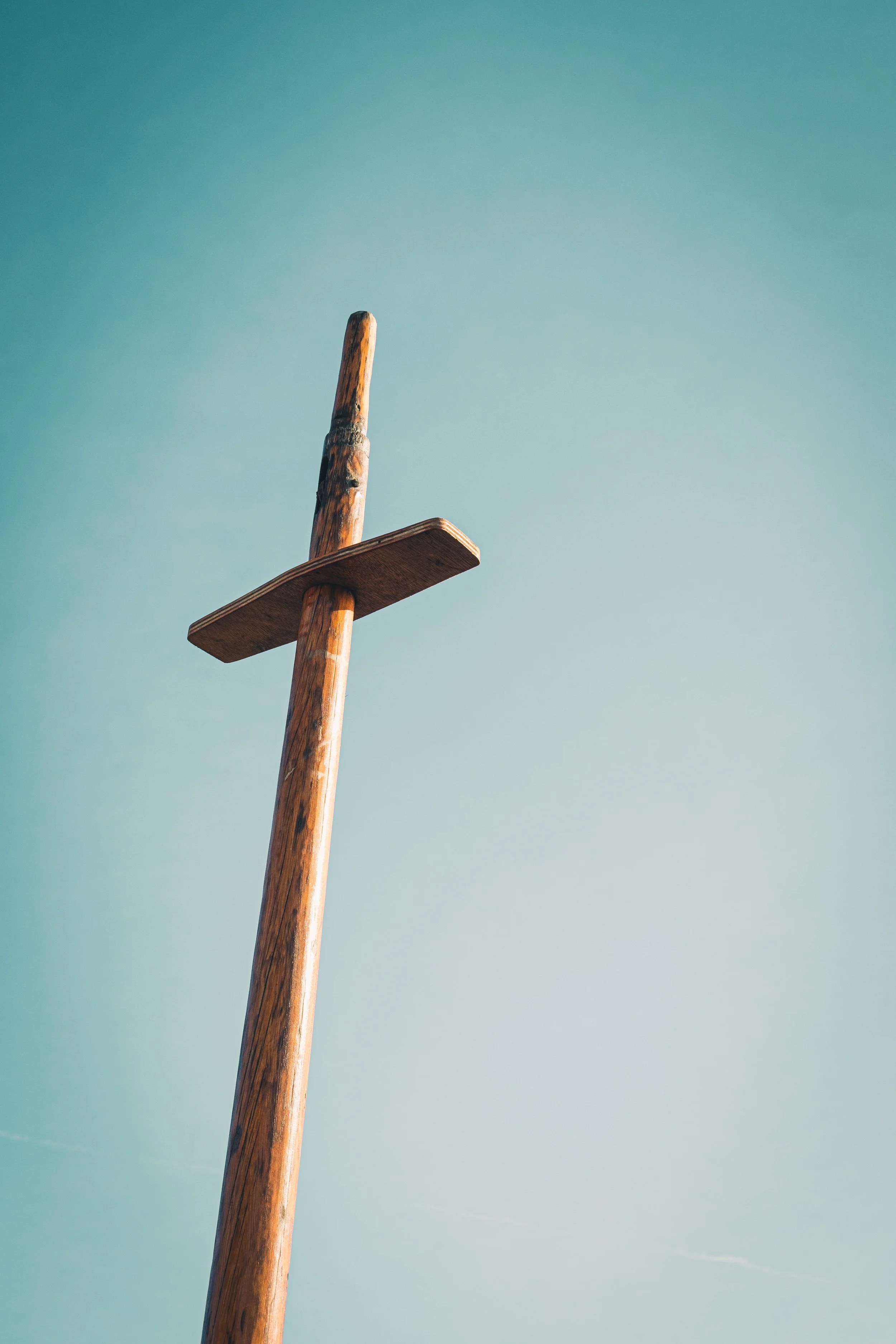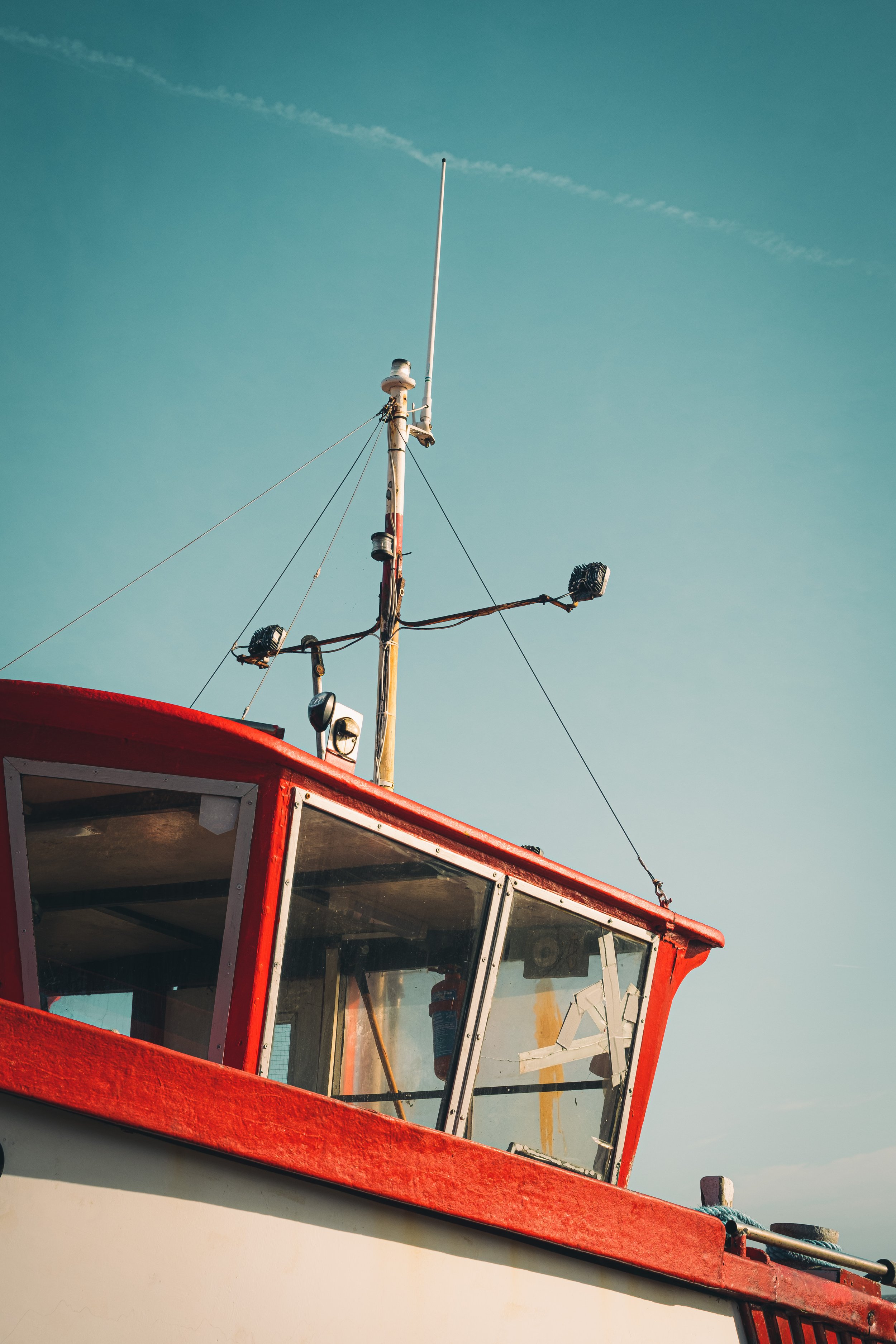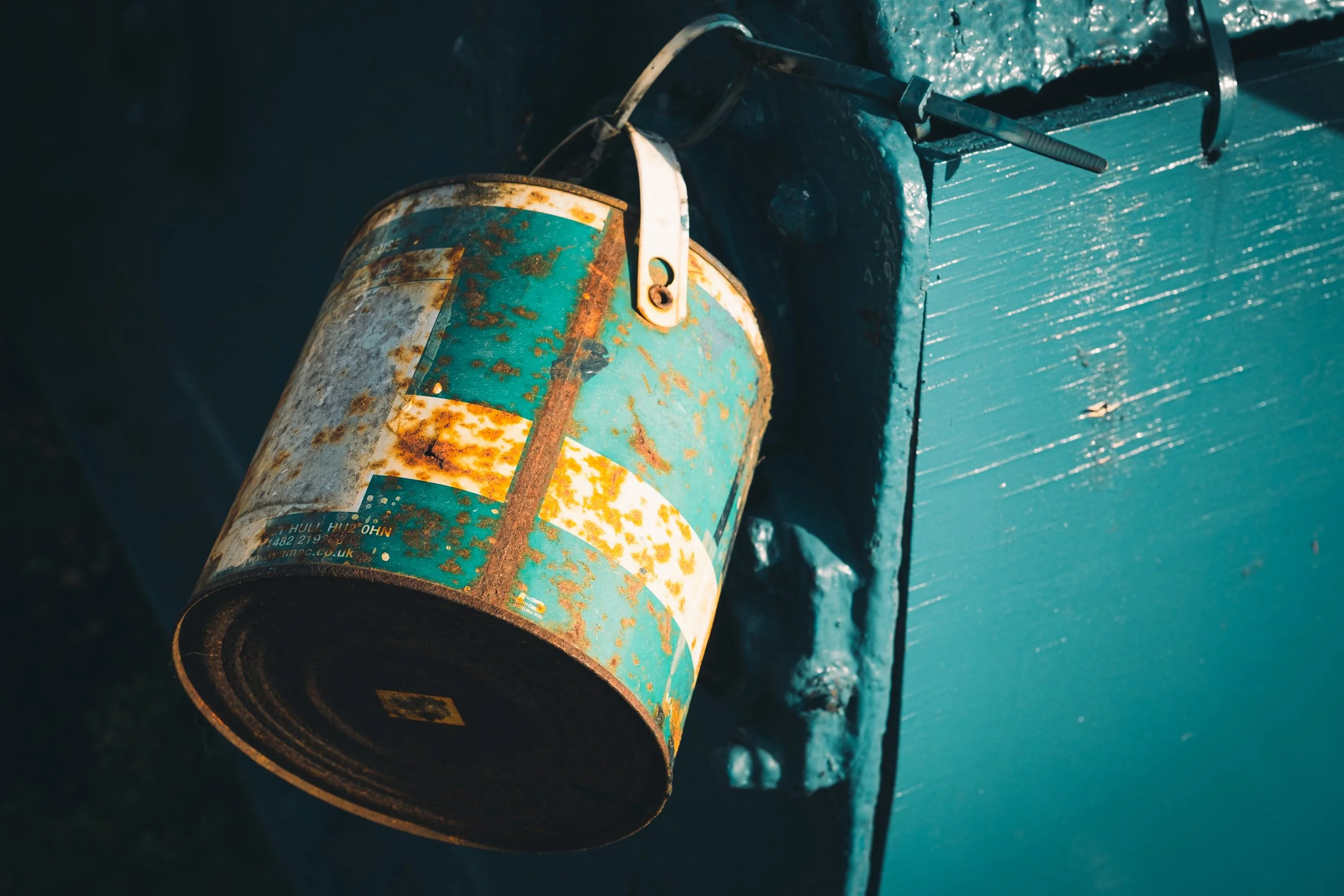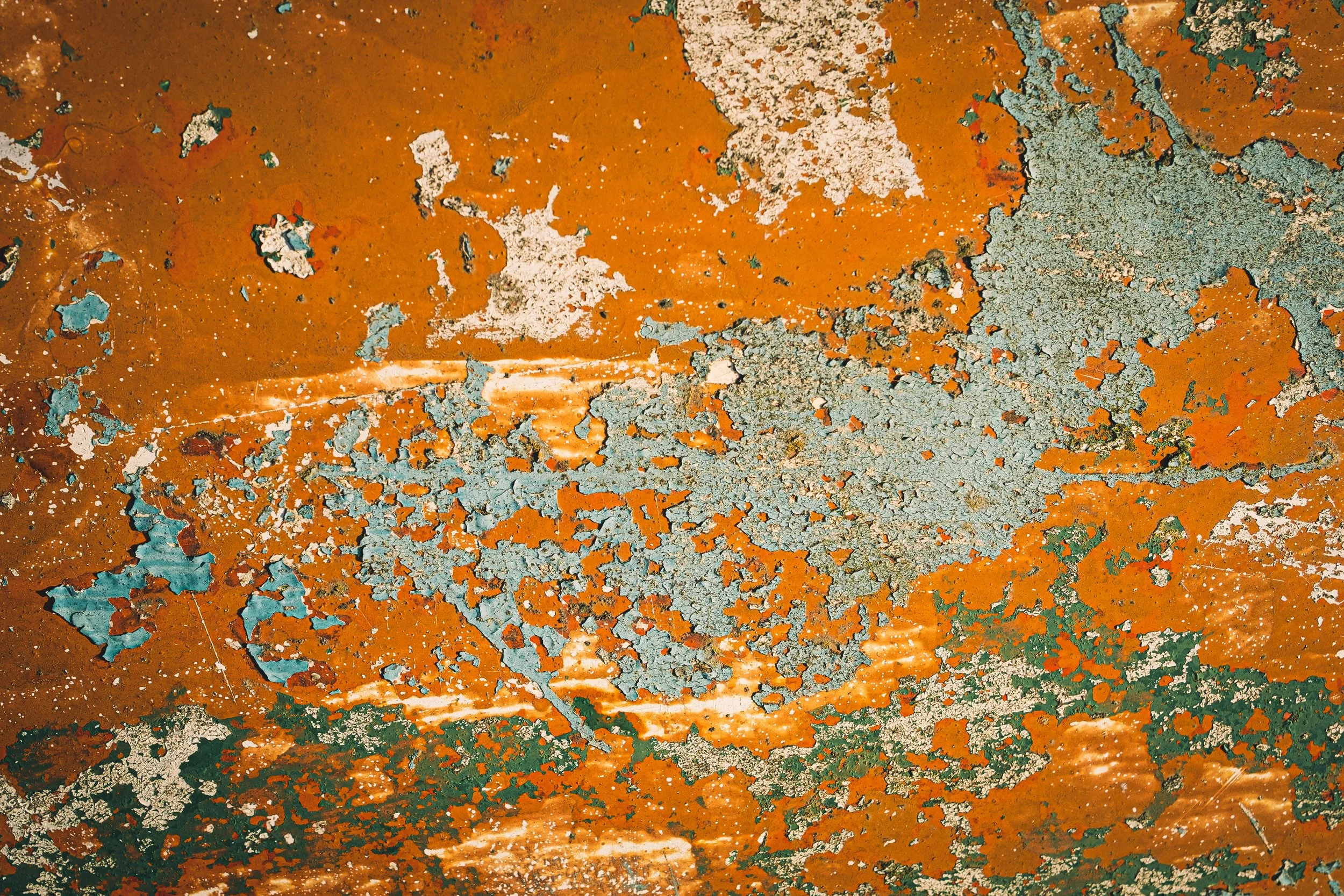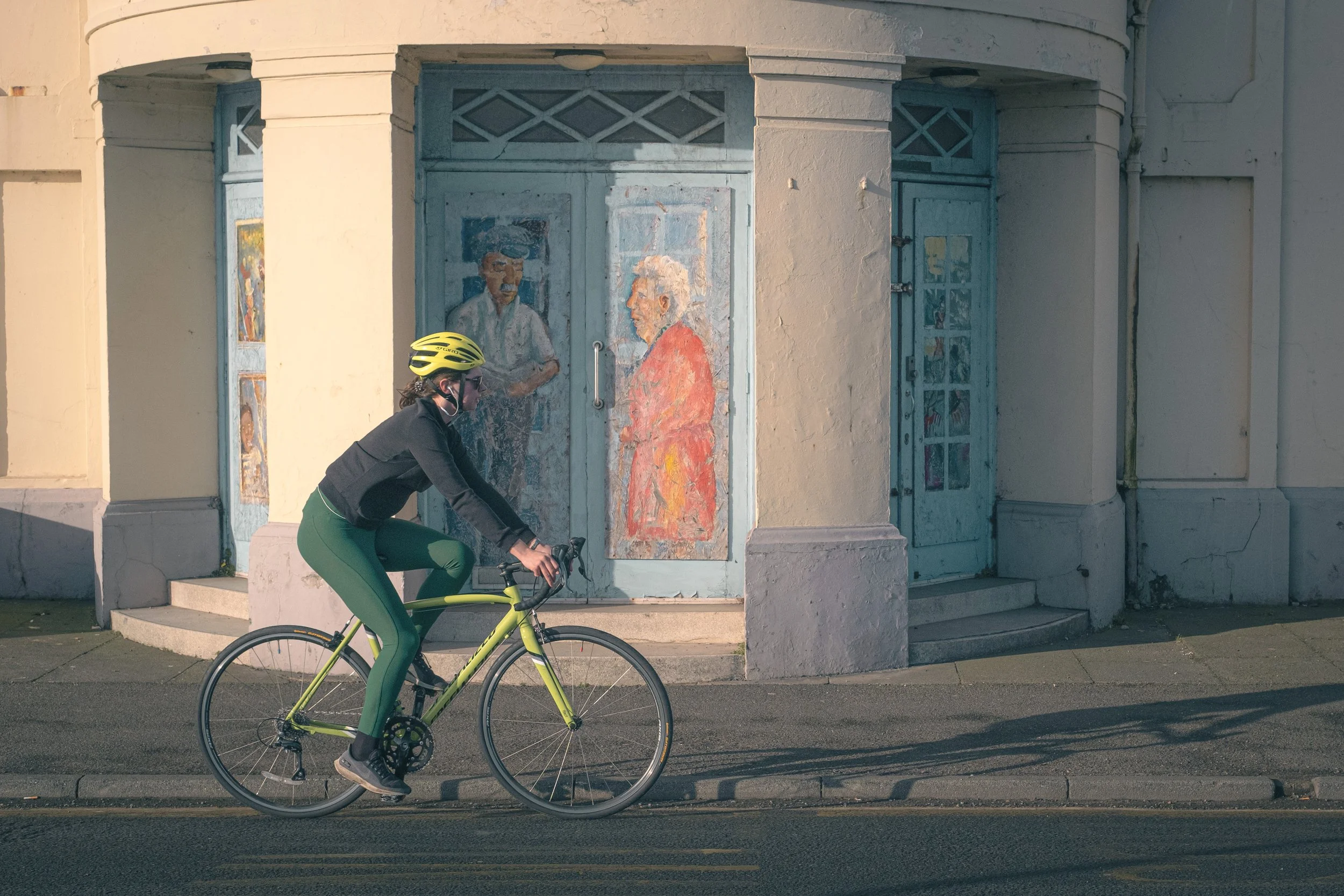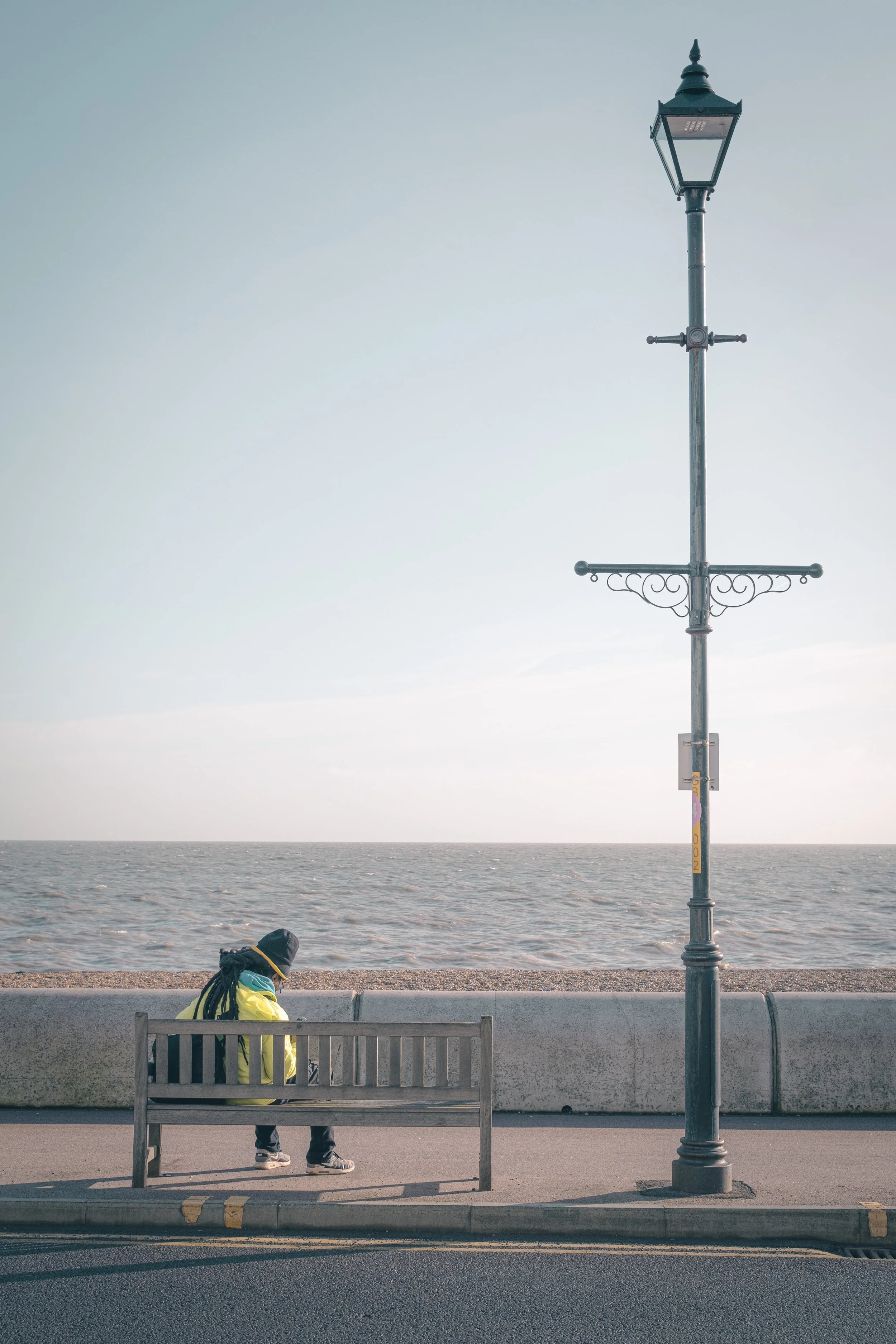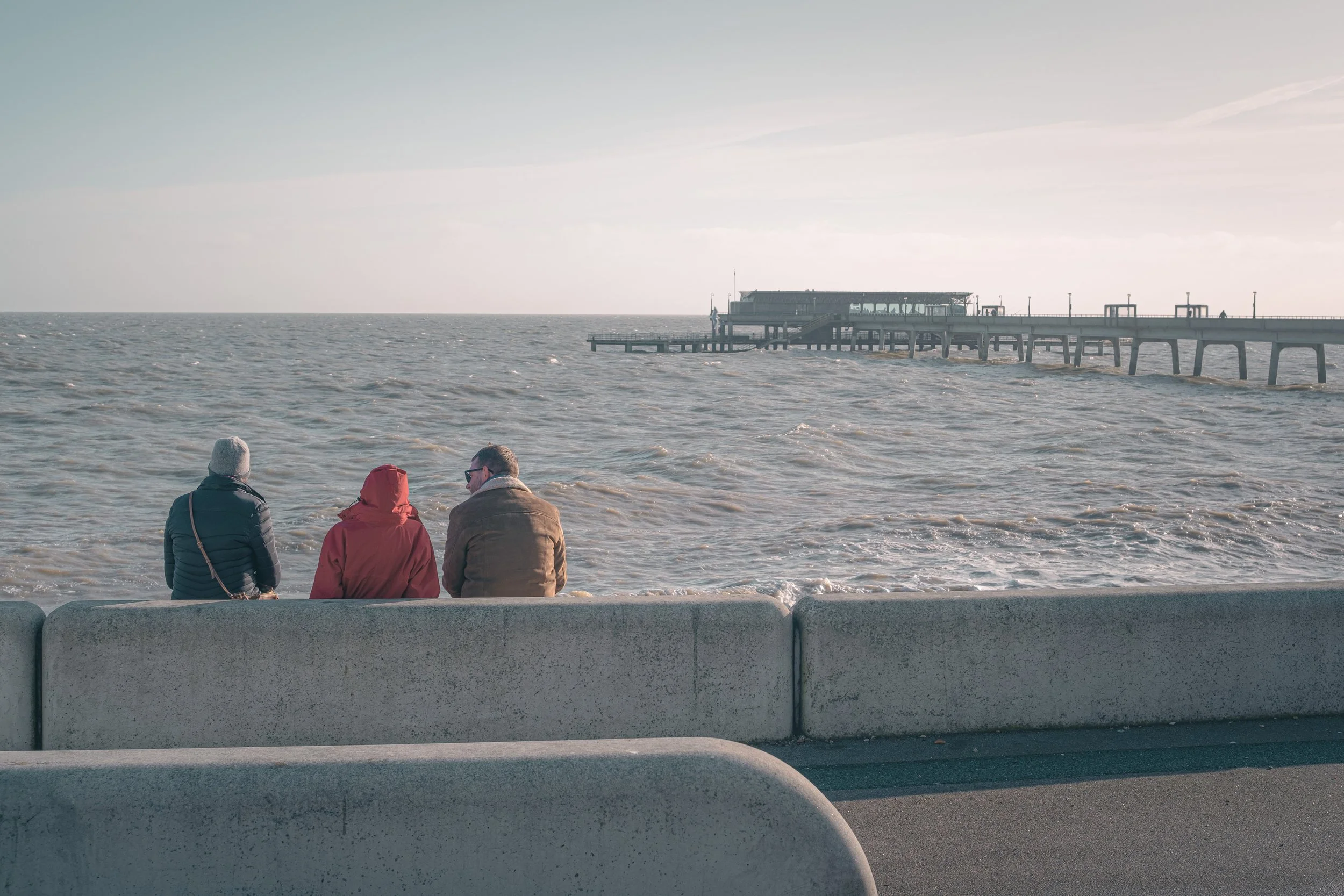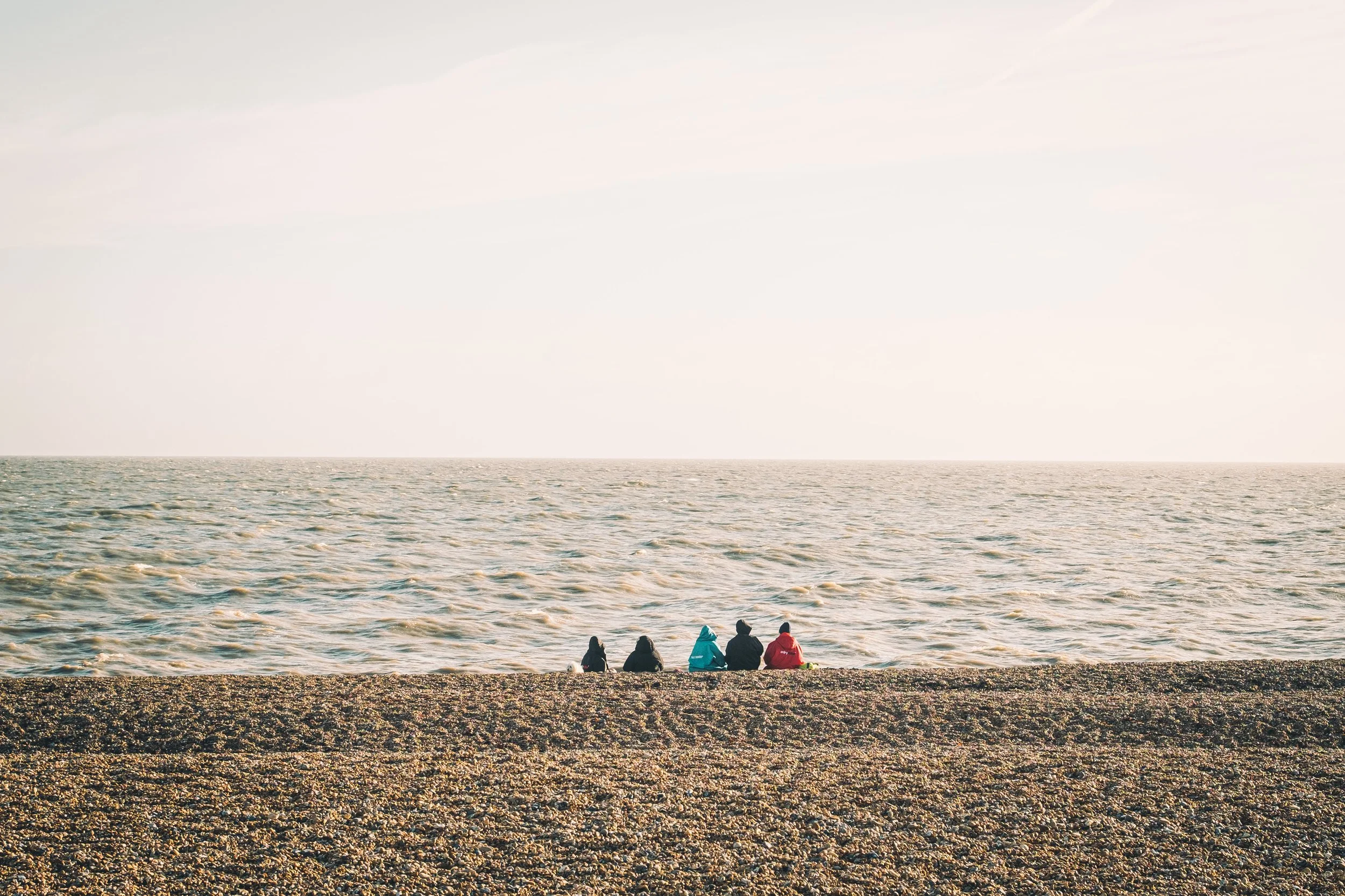Note: I was supposed to publish this a month ago…better late than never!
Well, it’s been nearly four months now since I last wrote a blog post on here, so I’ve not been doing great at keeping things up-to-date. Best laid plans and all of that…so let’s put this right and put together at least one blog post for summer 2023.
I’ve not long been back from our annual two week holiday in Seville, and aside from the usual complaint that the holiday just wasn’t long enough, we had a great couple of weeks and I managed to get out to do a lot of photography. Better still, I got to do a lot of photography and didn’t once get shouted at for doing so. Long-term followers/readers will know this is an unusual experience for me when I go to Spain.
Unusually for me, I went out and did a lot of solo trips into the city centre. Both during the mornings and in the evenings for some evening golden hour/sunset shots. I’ve always been a bit hesitant about doing this, partly because of carrying expensive camera equipment around in the city centre, but also because, well, we are supposed to be on holiday as a family, so…
For whatever reasons this time it worked out that I had more time to go out and shoot and so I took the opportunity every chance I could. Before we went I bought a couple of additional 64gb SD cards and I obviously had to fill them to capacity before we returned. And so I did. Which on the flip side meant a lot of photos to edit but it’s better that than having nothing to work with.
Prior to this trip I had also invested in an iPad Pro M2. I’d been mulling this over for a while, because I really wanted more storage and more processing power. Not just for editing photos but for other tasks too (editing video for example). For the past few years I’d been using a 2019 iPad Air, which I’d been really pleased with, but the small storage space and some other limitations (not compatible with the new pencil for example) finally got me to the point where I felt an upgrade was in order. With my recent promotion at work too, I felt I could justify the outlay as it would benefit me at work as well as at home. So far I’ve been really pleased with the investment and it’s been a dream to edit on. So that’s been great.
Photography-wise, I got some nice shots whilst I was away. Probably not much in the way of absolute bangers, but some shots I was at least happy with. Of course the light was great (if you want strong shadows obviously) whilst we were there…because it was just blue skies and sunny every single day. However, it wasn’t without its challenges. Once it got to late morning, the heat became unbearable. Whereas in the UK I’d be happy to stand at a composition and do a bit of “fishing”, in Seville I tend to find standing around for more than five minutes in the sun very uncomfortable, particularly if you need to stand in the sun to make the most of the composition. I also struggled with golden hour street photography as I very quickly realised you have time for probably one or two compositions and that’s your lot. You don’t have time to wonder around and find something. You either decide on a composition and stick with it, or inevitable end up getting nothing at all. On more than one occassion I got nothing at all.
Anyway, I’ll post some shots below in a gallery…
Now for the “pleasant surprise”…
Before I went away I took my shop offline. I wasn’t going to be in a position to process orders and figured rather than have delays for people, I’d just take it down altogether. Seemed a sensible move…at least until I frantically tried to put it back online using just my phone and a data connection…
Some time before we went, I decided to send a copy of my zine to Ted Forbes of The Art of Photography. I’ve followed Ted for sometime and he’s been quite an inspiration as I’ve got to figure my way around photography. Whether it be technical tips, theoretical discussions or sharing the work of others, there’s been much that I’ve gained from his channel.
Anyway, Ted regularly does a round-up of some of the books and zines he’s been sent in by viewers, which I find to be valuable in terms of seeing the work of others and also in providing some additional motivation to get those photos off the computer and into something much more tangible, something that feels more…real. So I decided to send mine in and…well…he picked it out for showcasing and critiquing on his channel which absolutely blew me away. I mean, of course I sent it in hoping for such an outcome, but I never imagined it actually would get on the channel.
As for Ted’s thoughts on the zine itself, I was pretty chuffed with his take, and it’s certainly not dissuaded me from honing what I learnt from the first zine and putting together a second. I particularly liked his comments about the colour palette (I’ve developed a preset which I use across my night images). His criticisms were entirely fair (and something I had actually been thinking a lot since publishing the zine), and will certainly help me when I’m looking across my images and trying to pull something together. Anyway, you can view the full video here (my zine features from 11:04 onwards):
Thanks Ted, much appreciated!
And so…back to that gallery of Spanish photos I mentioned…although admittedly it’s going to make me wish I was back there, enjoying beer and tapas. Ah well…
